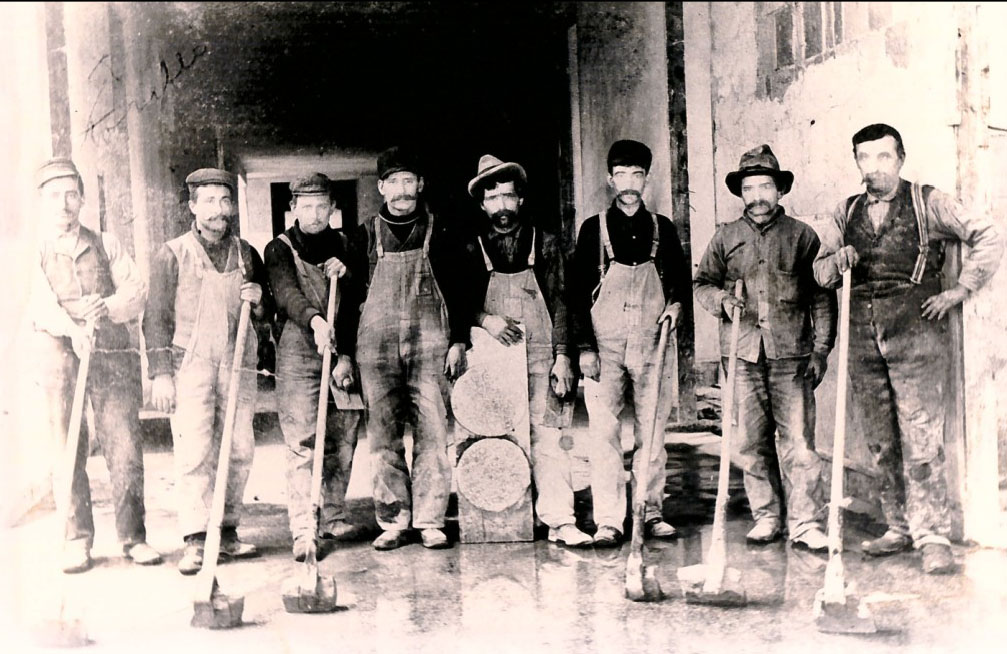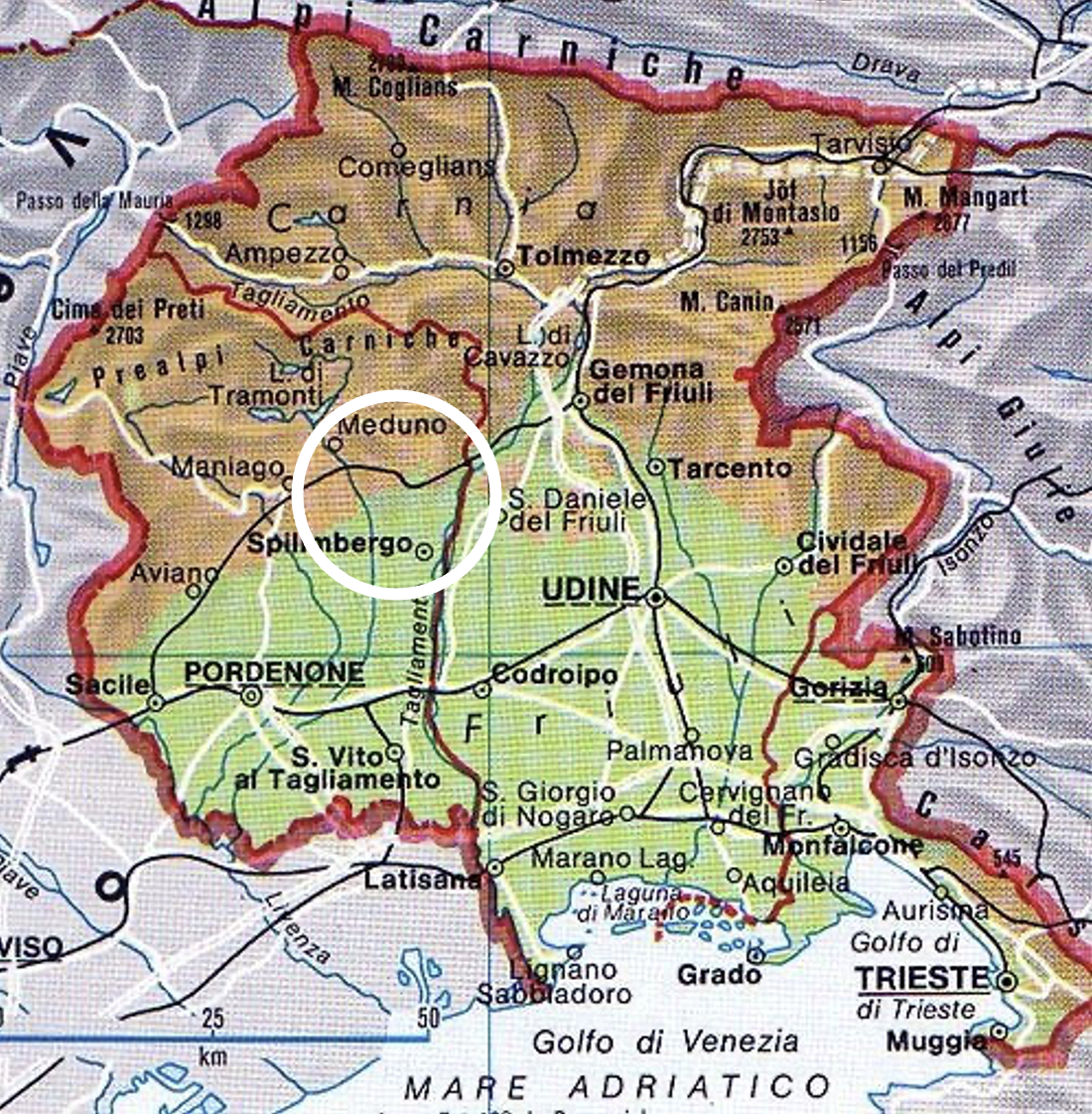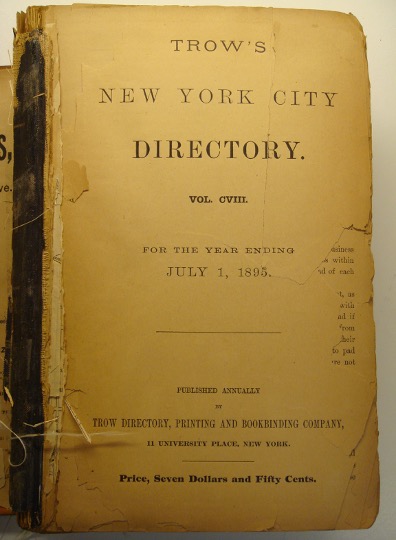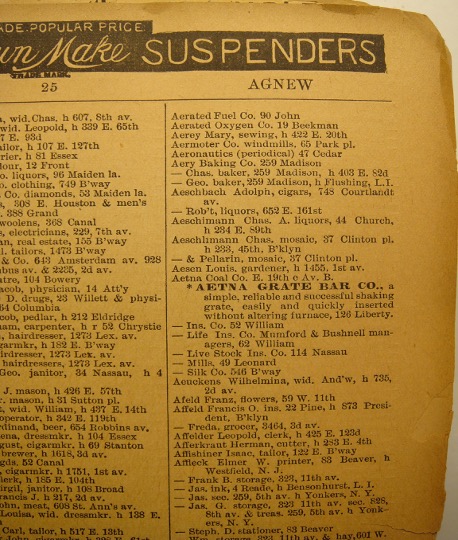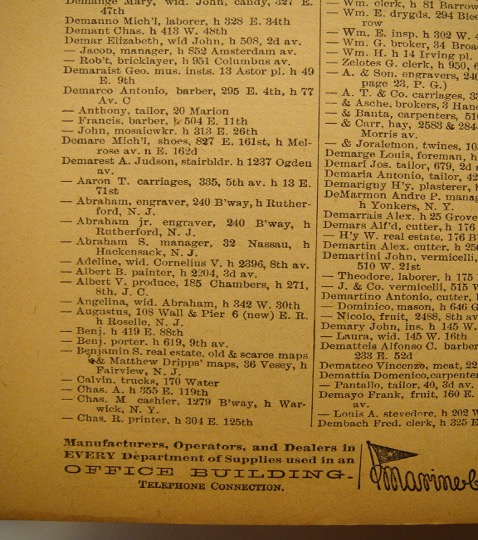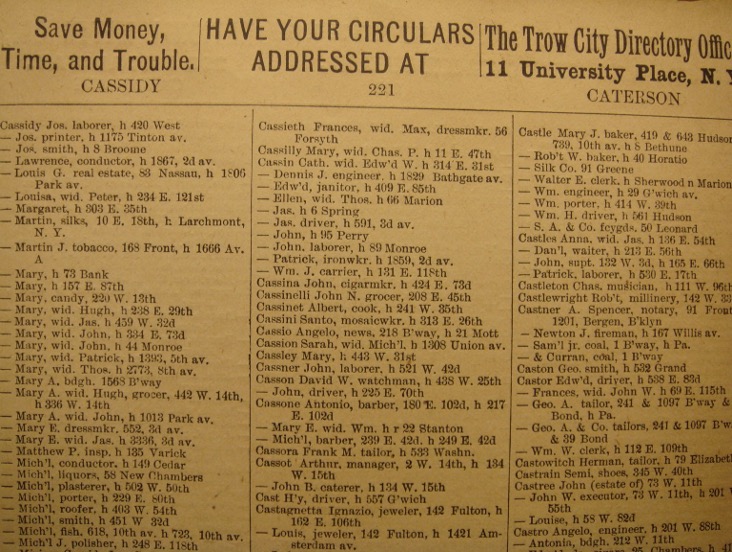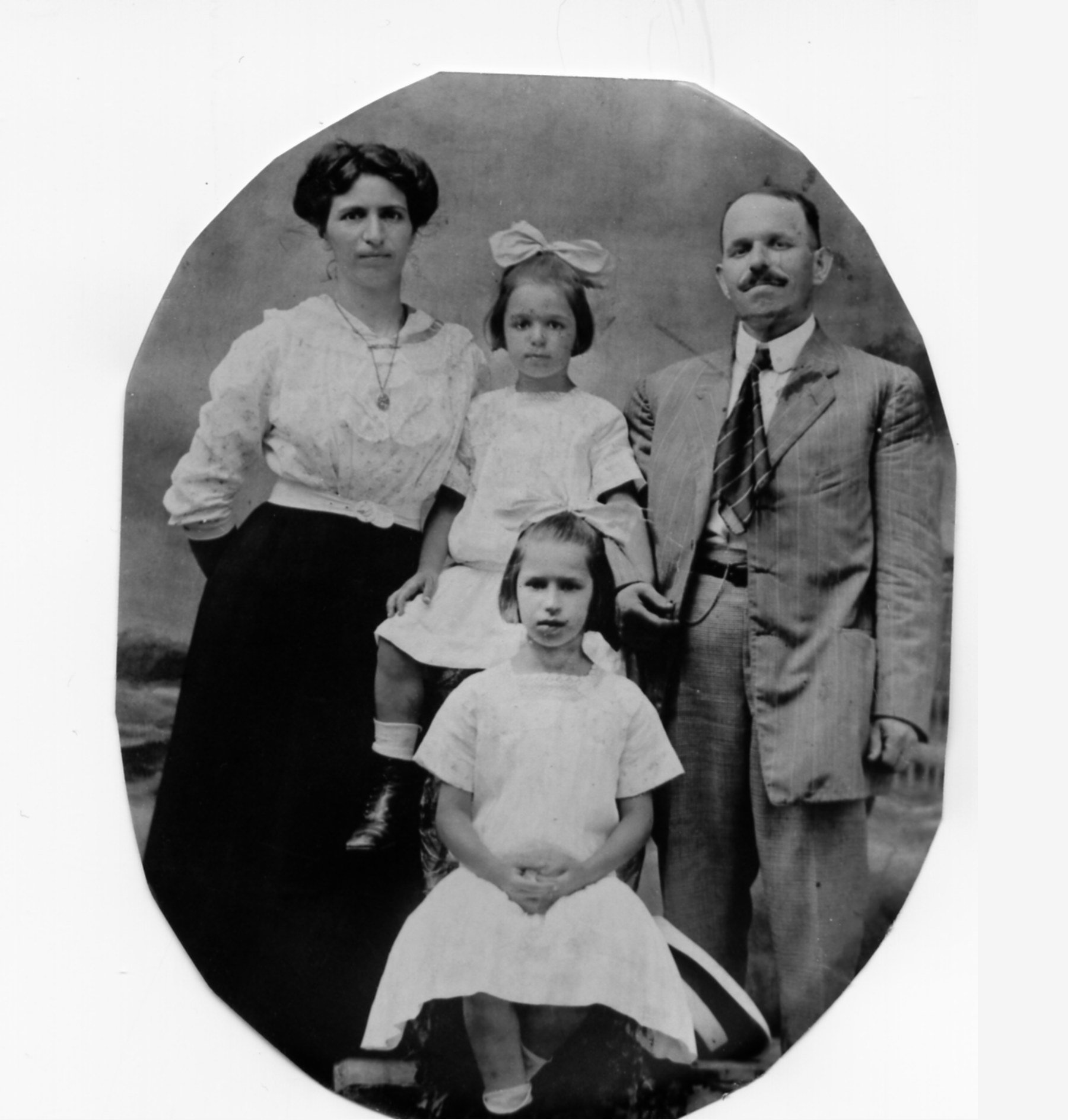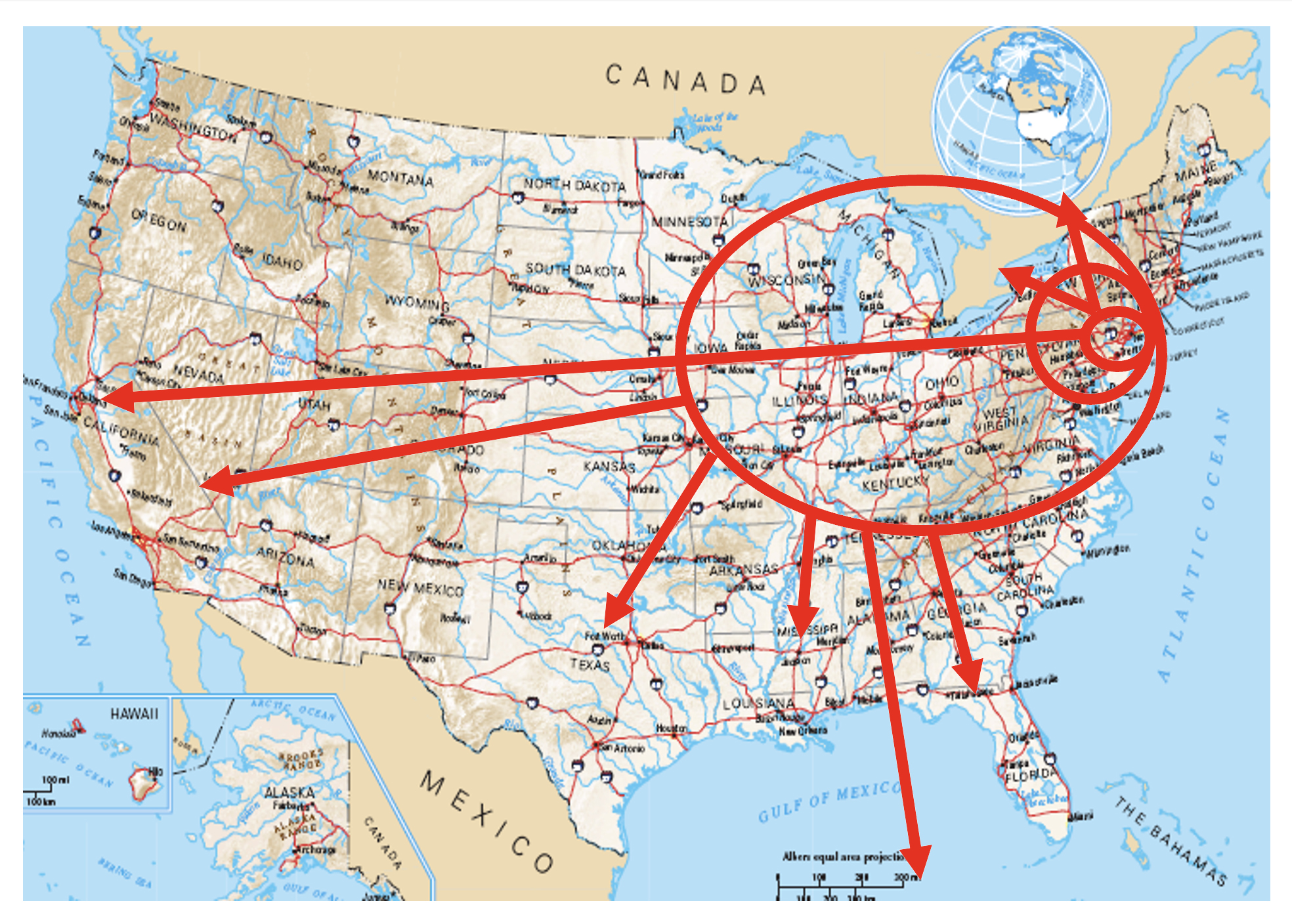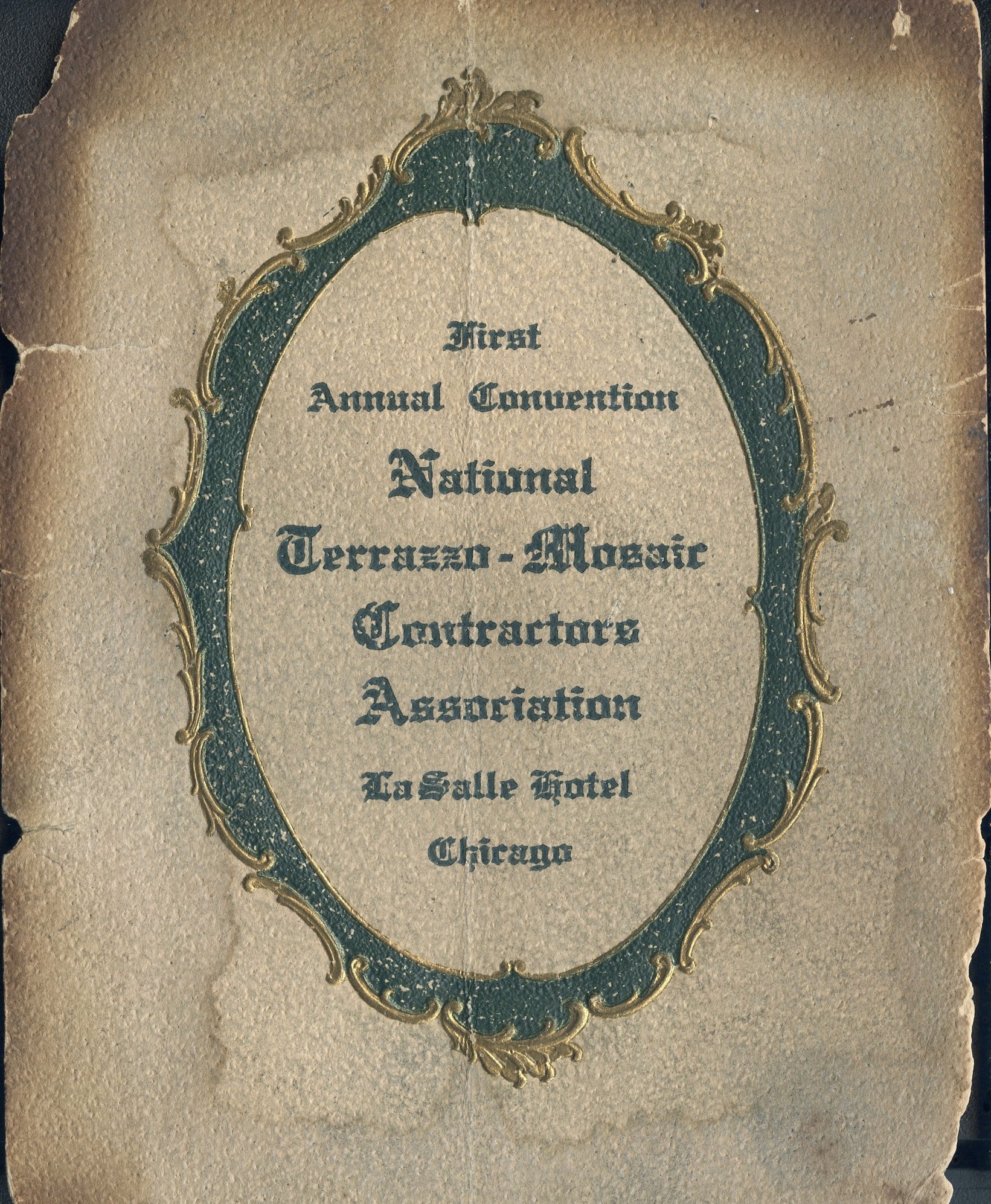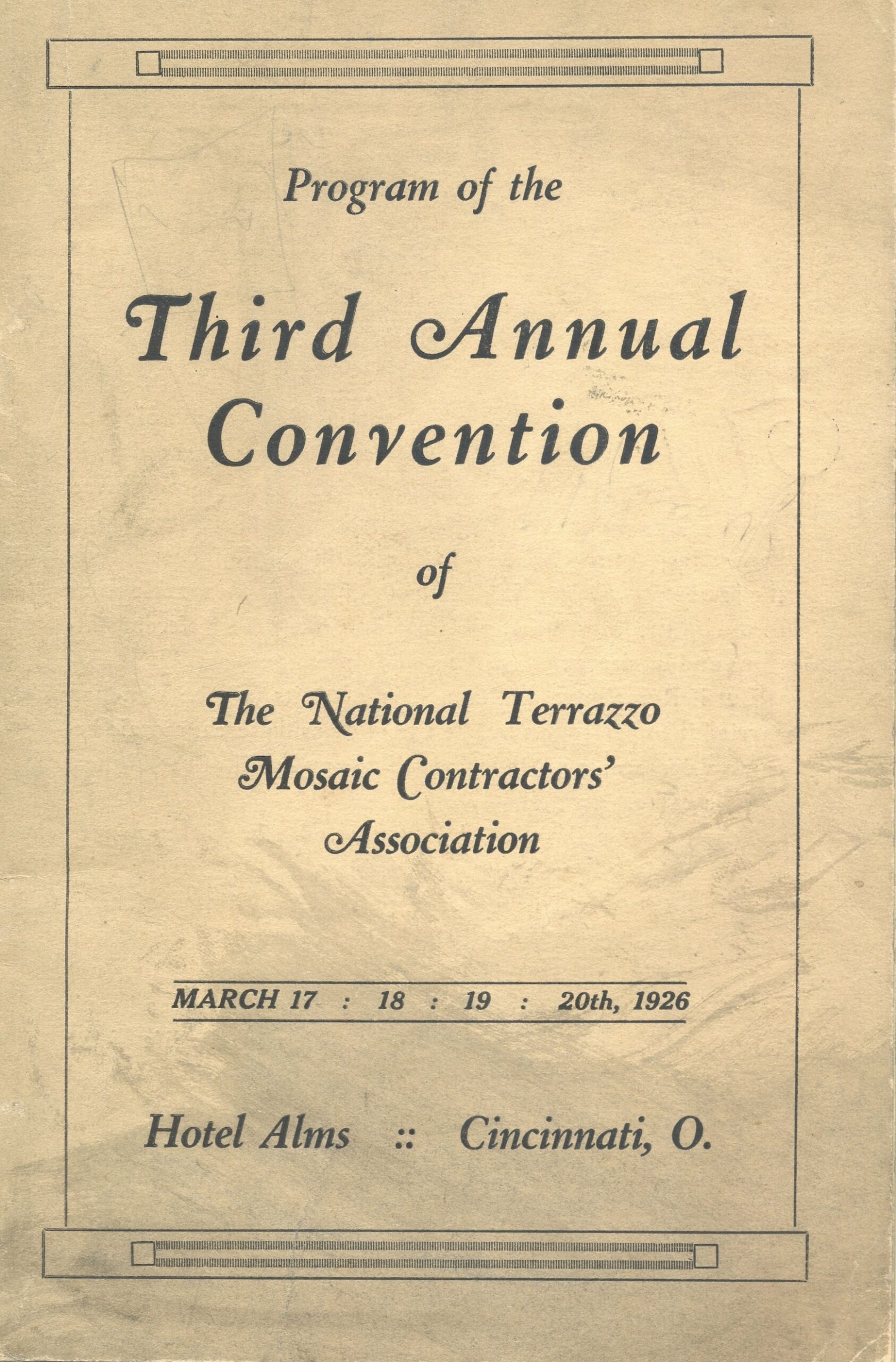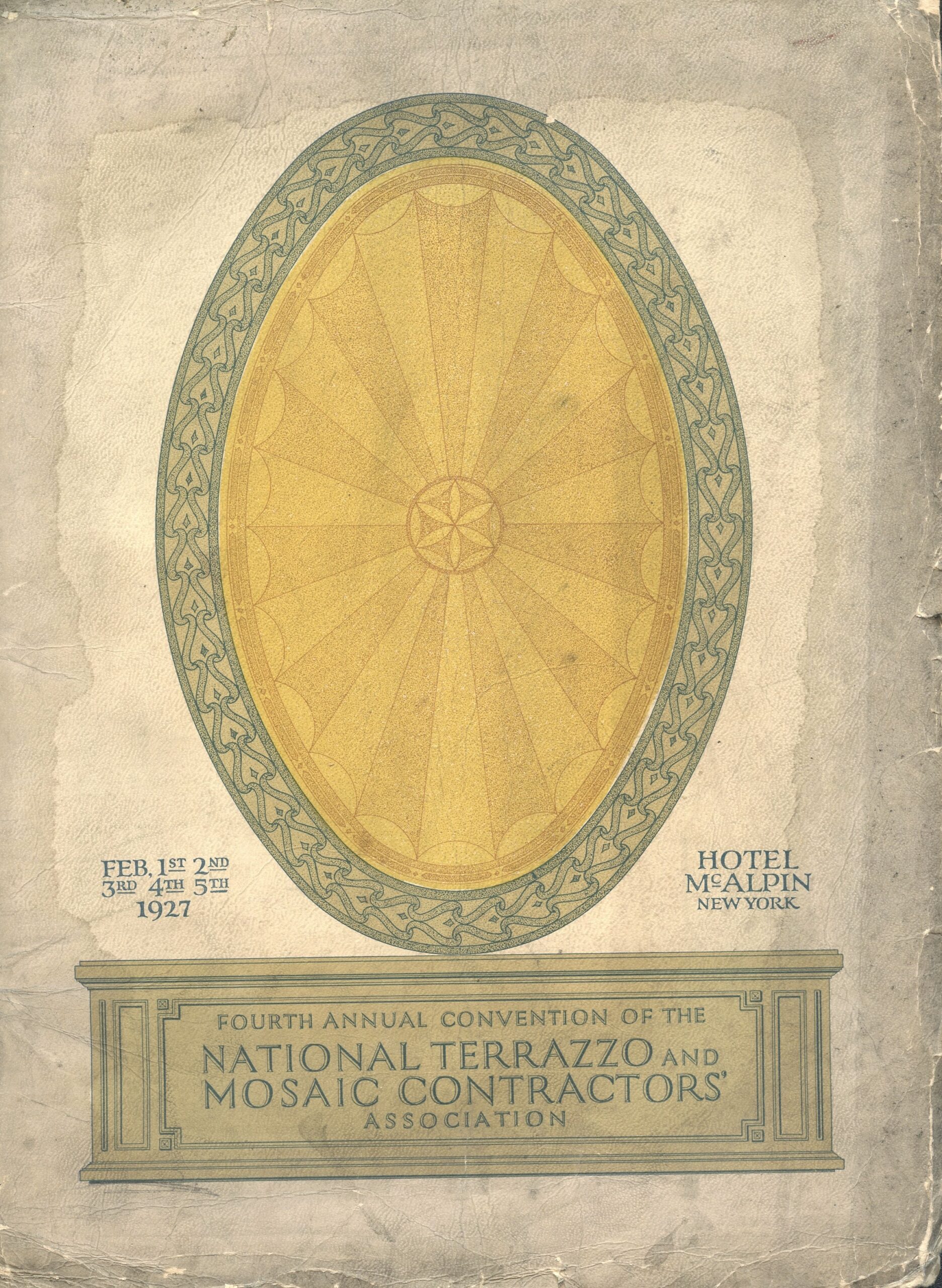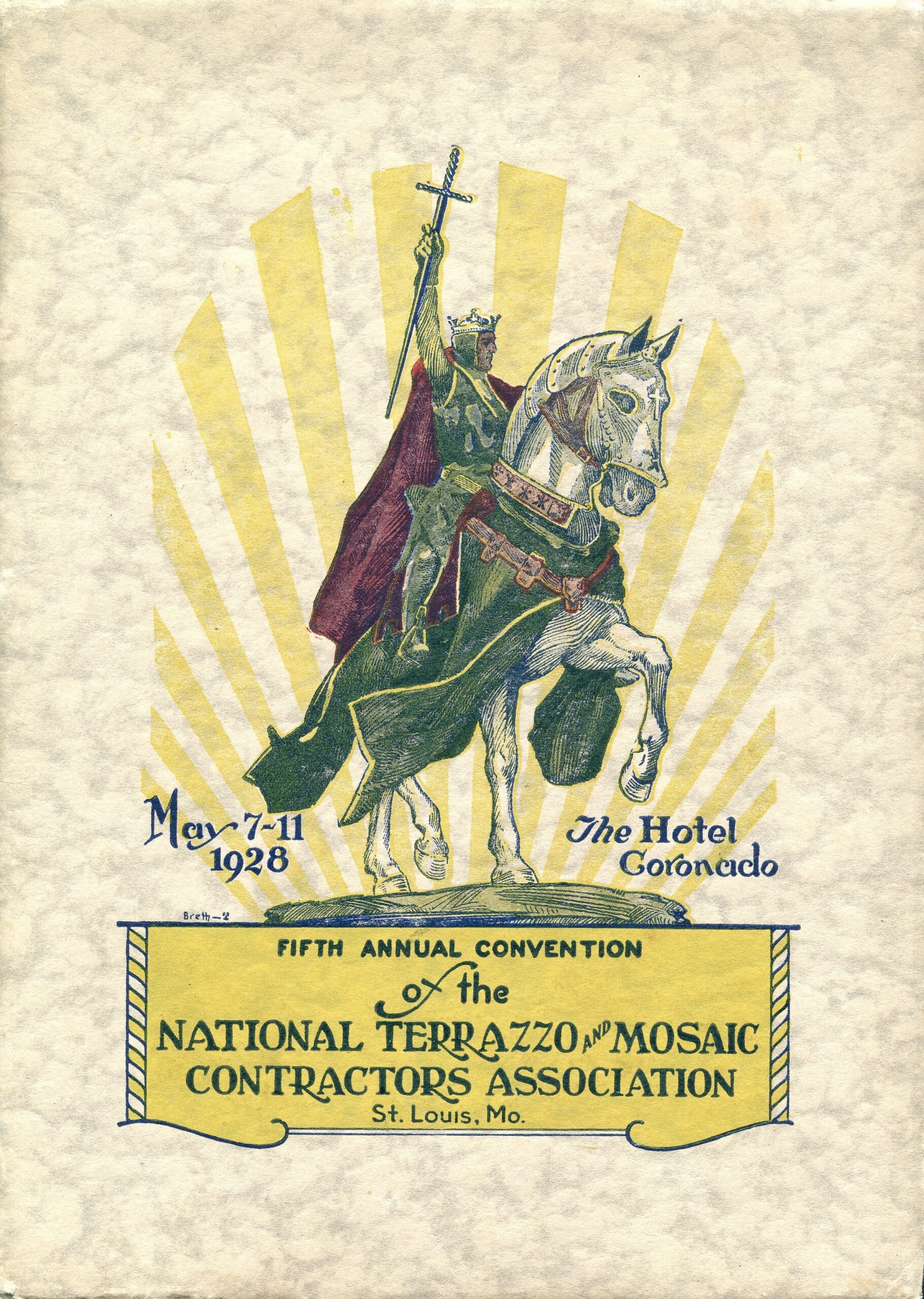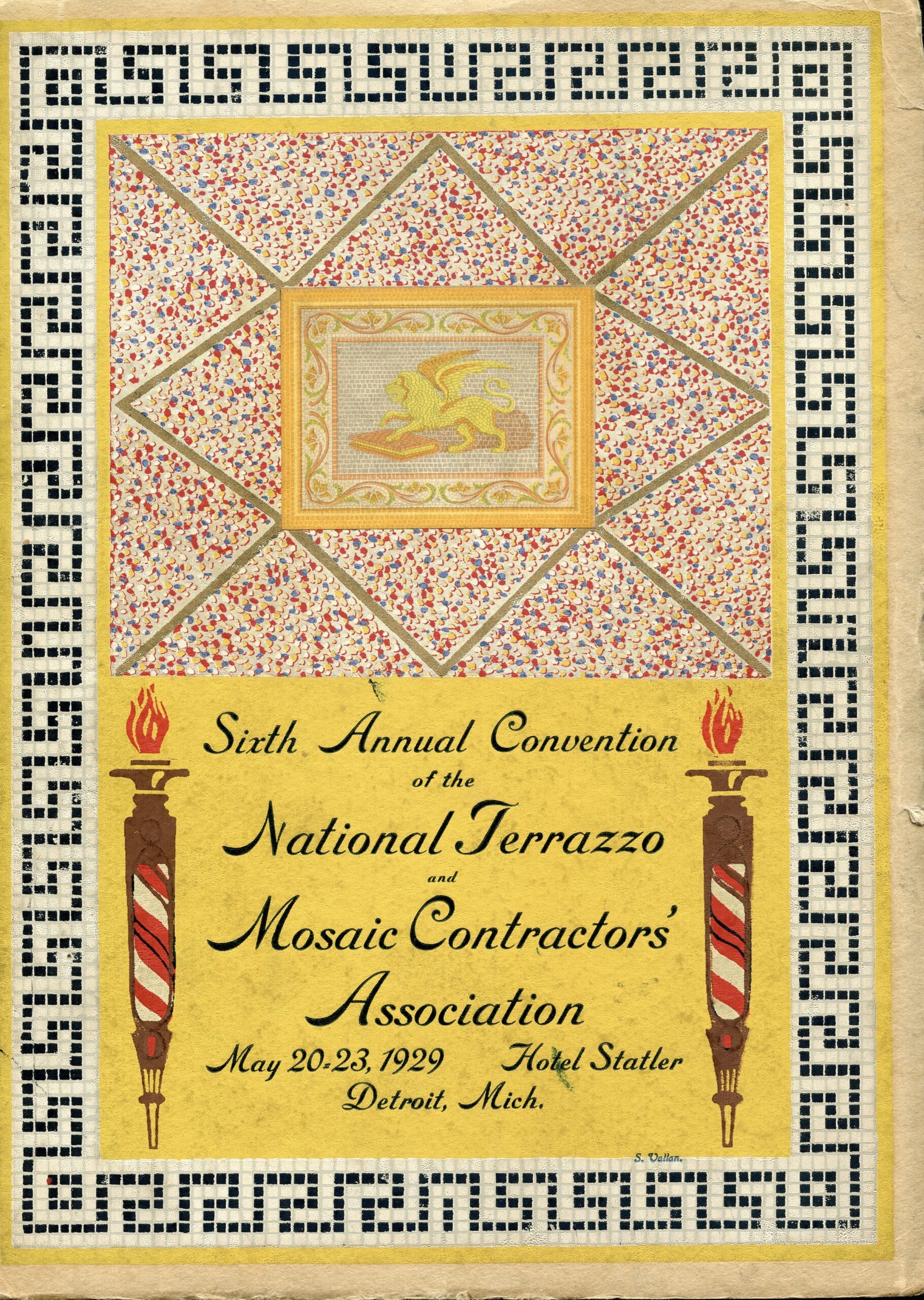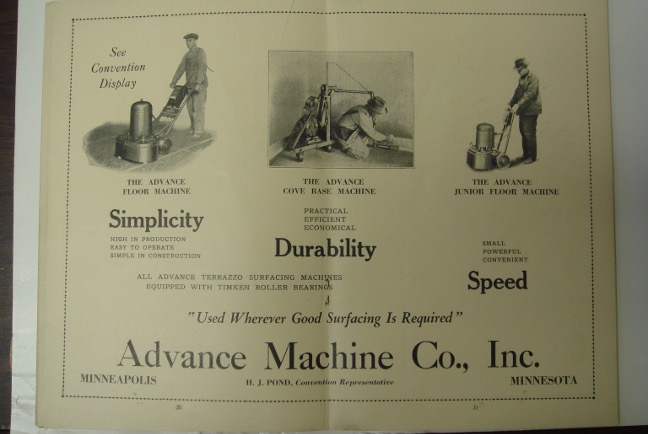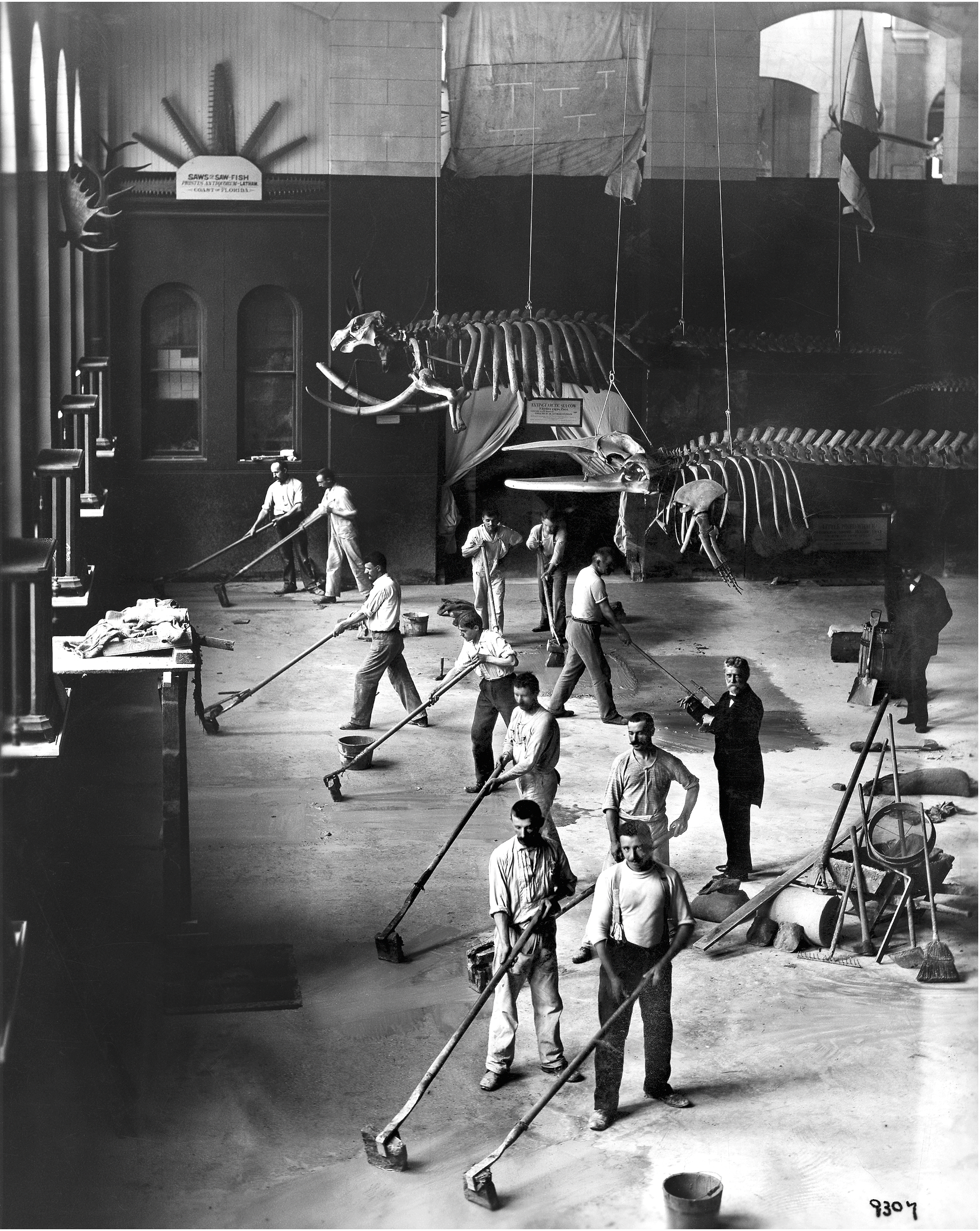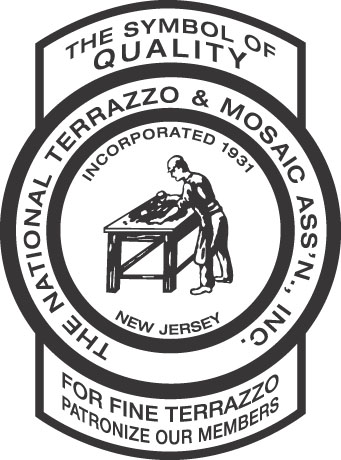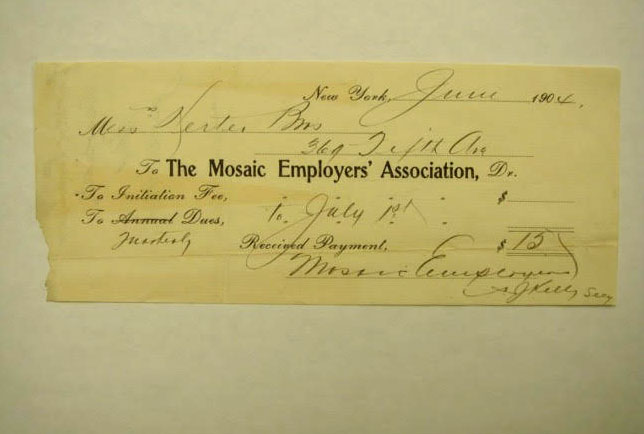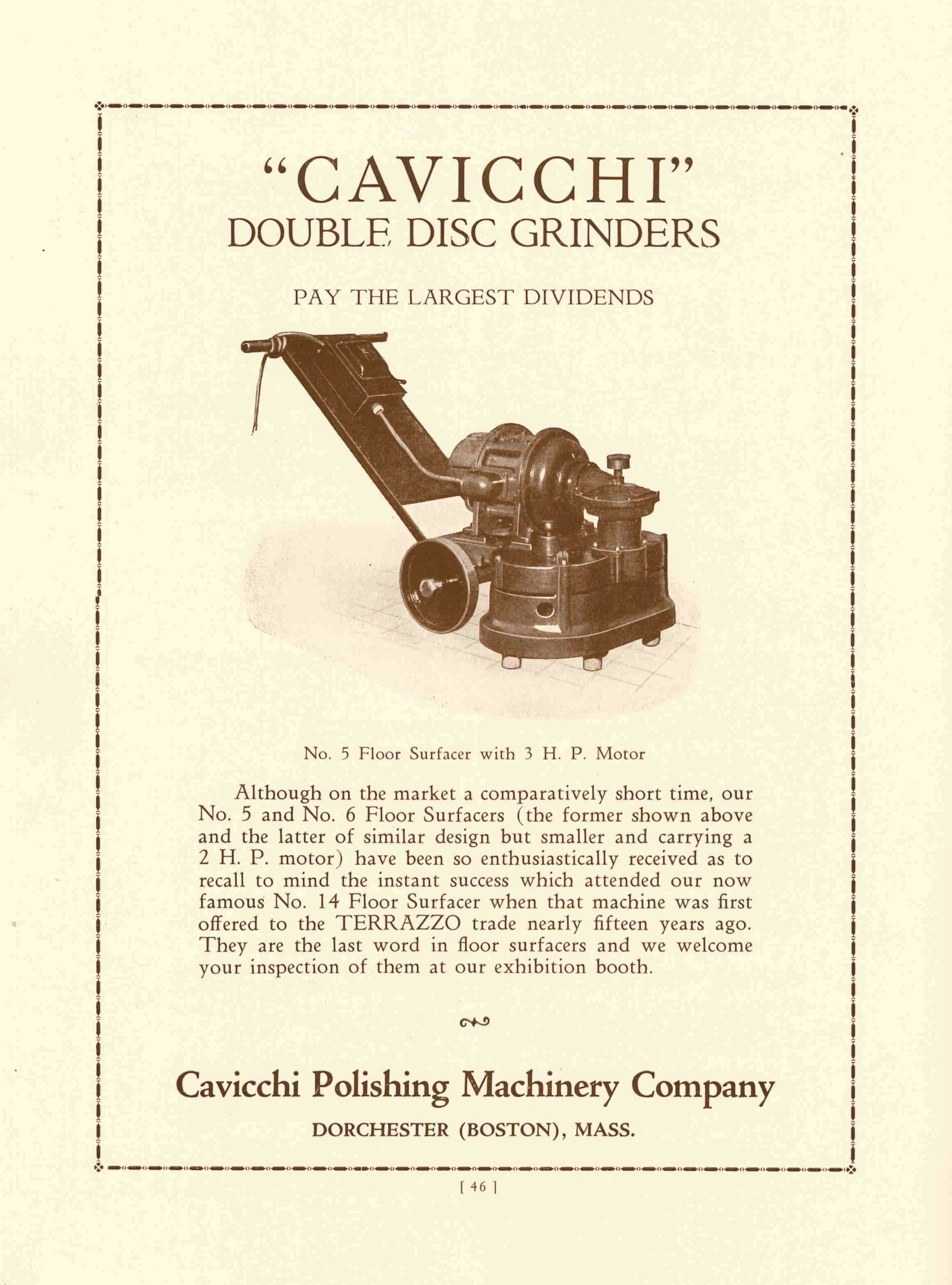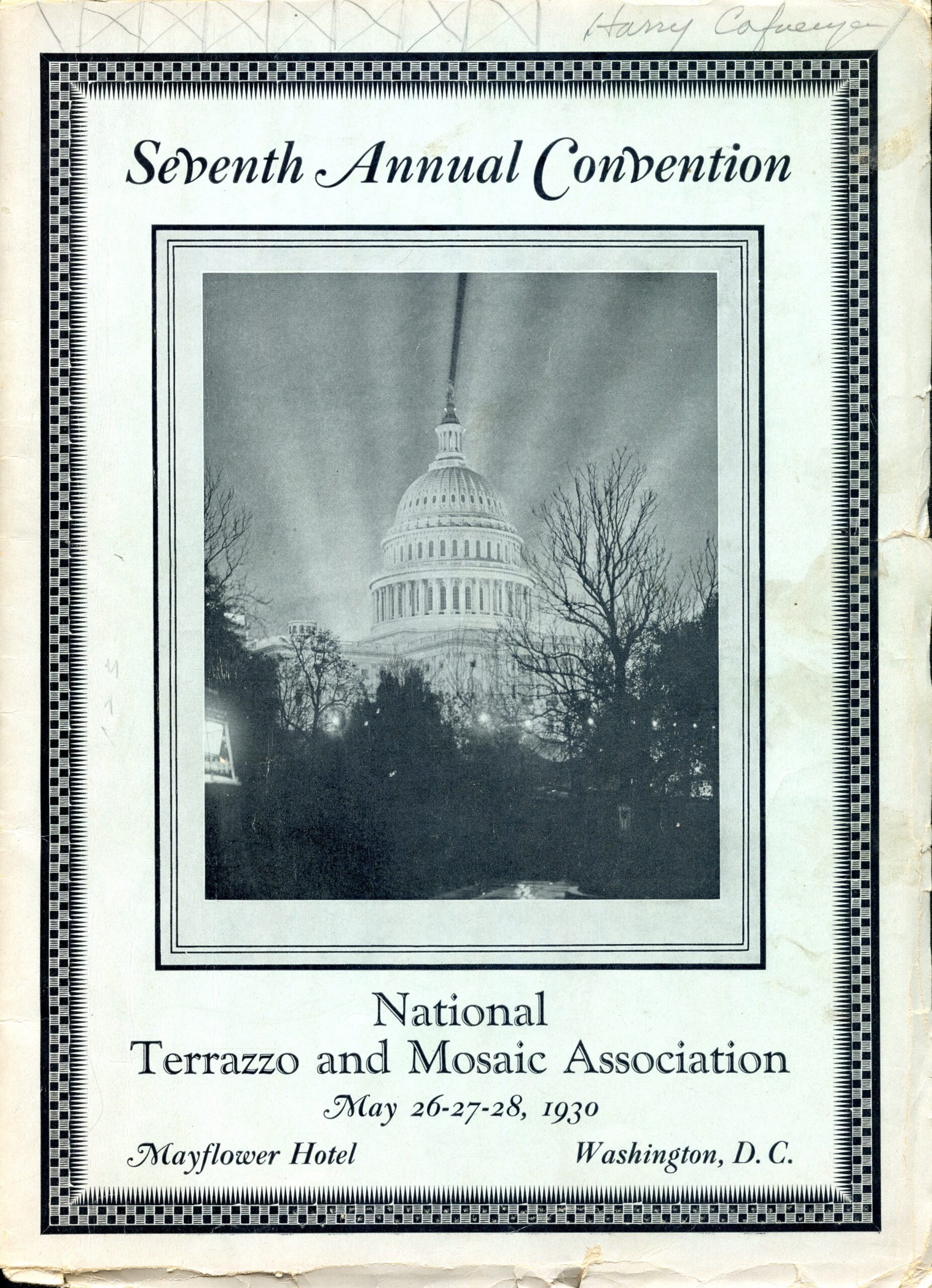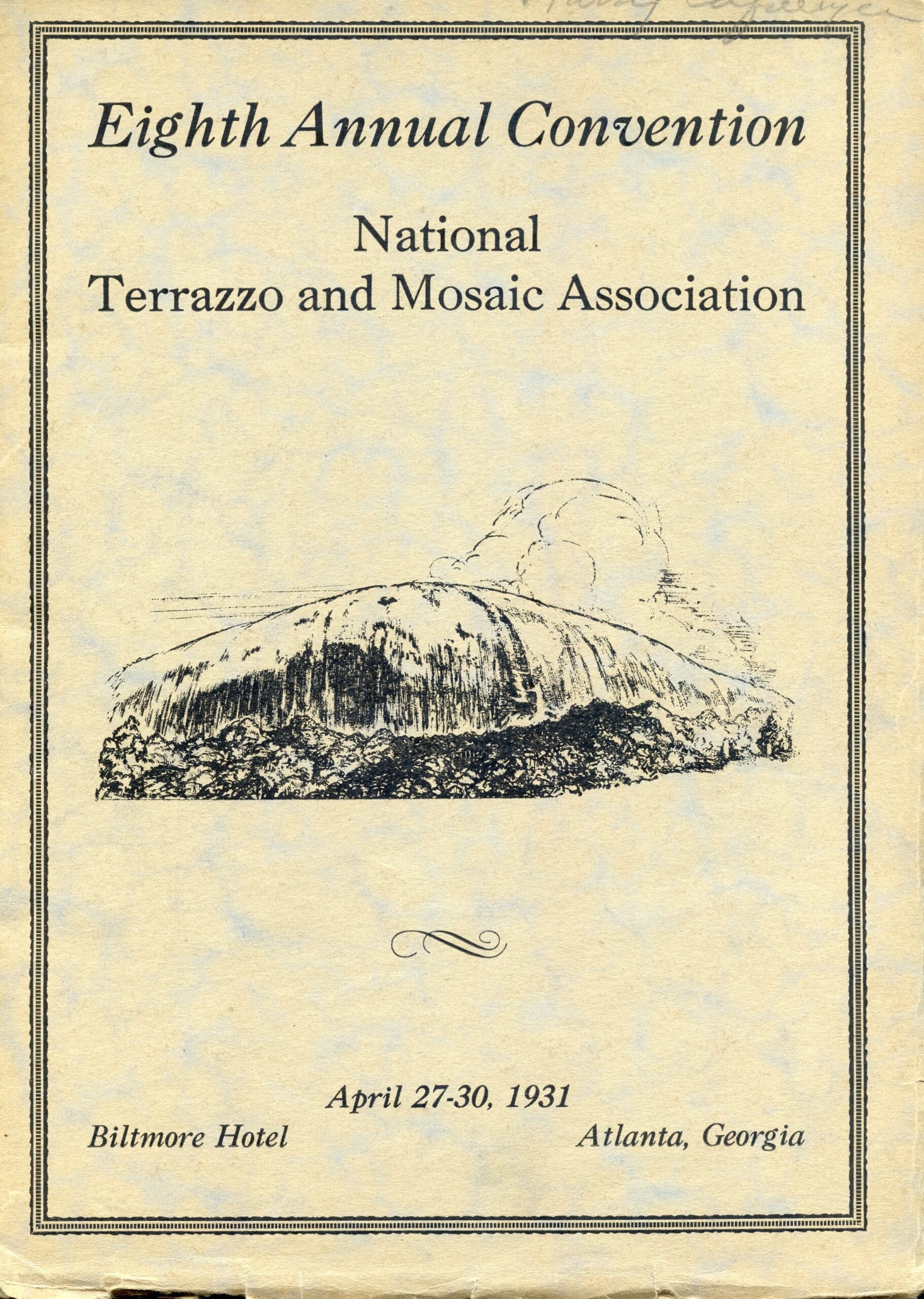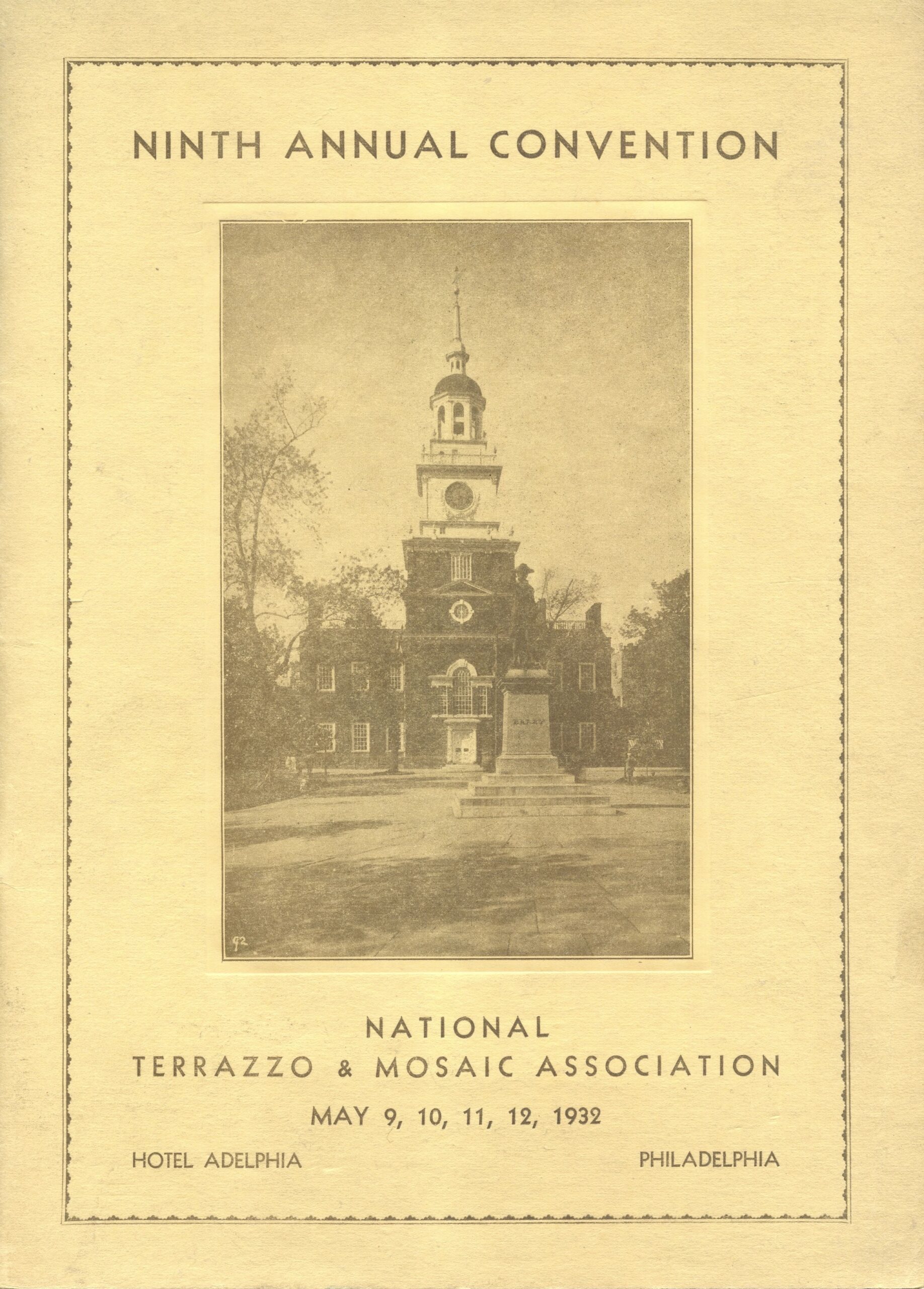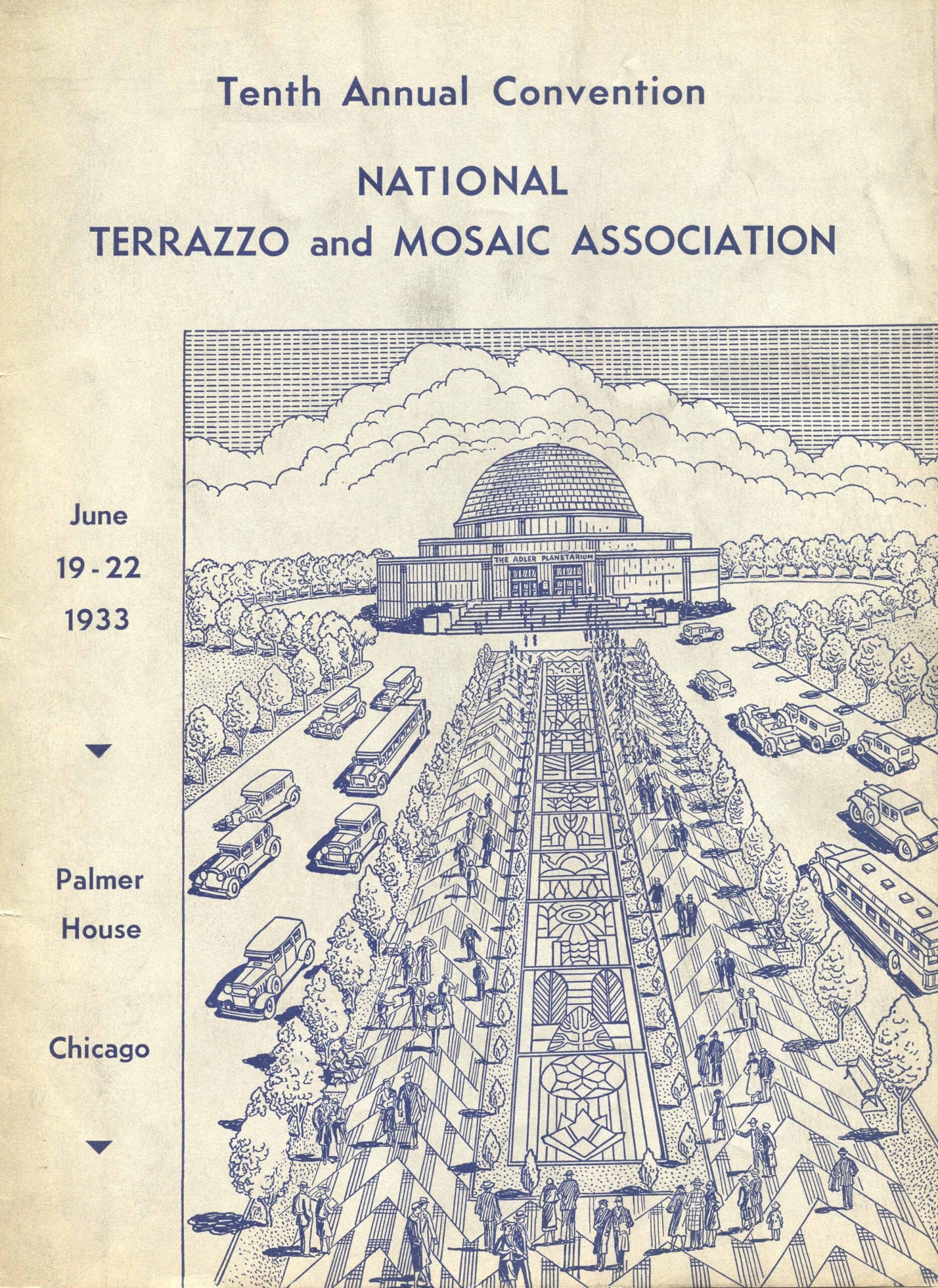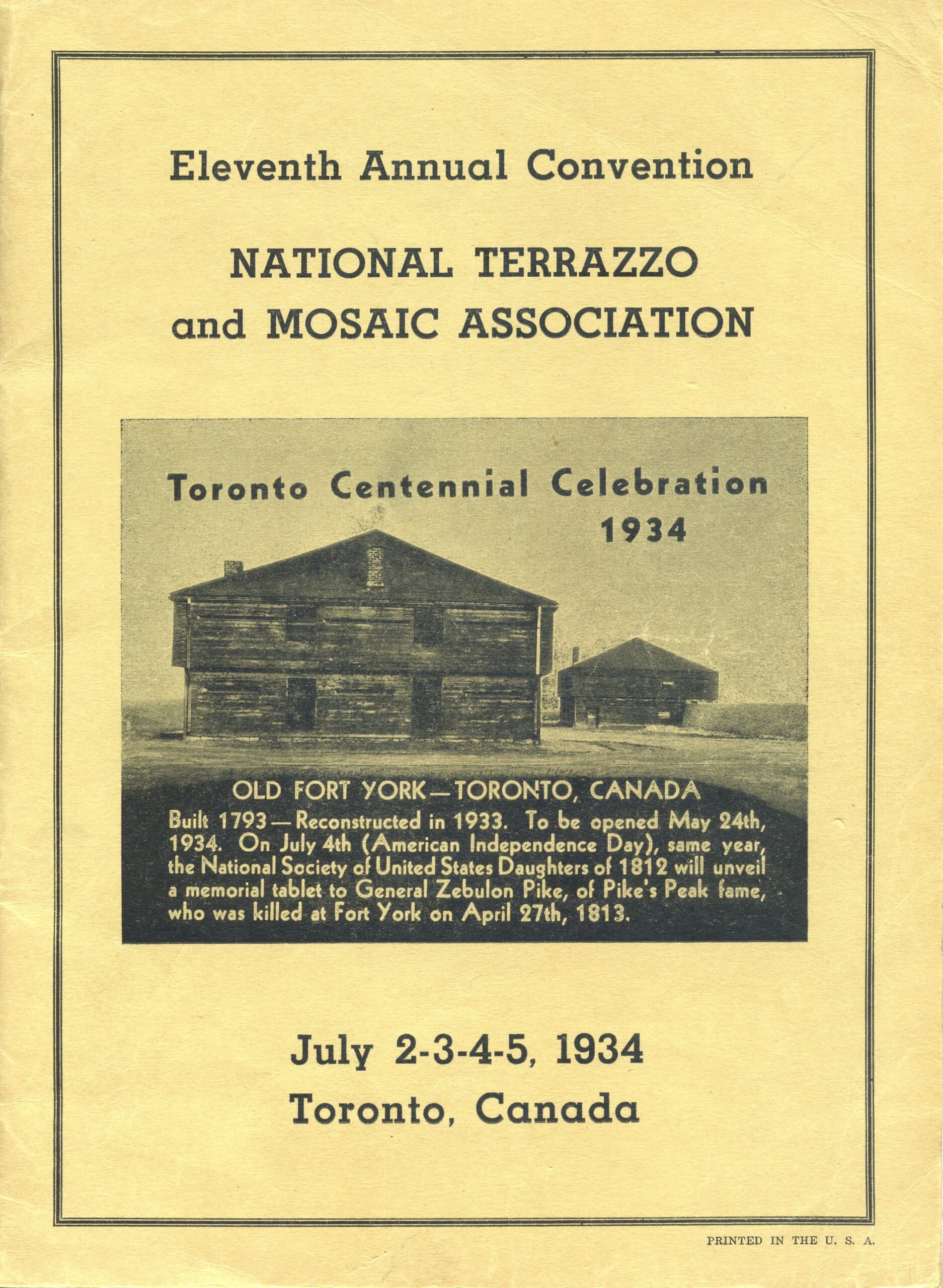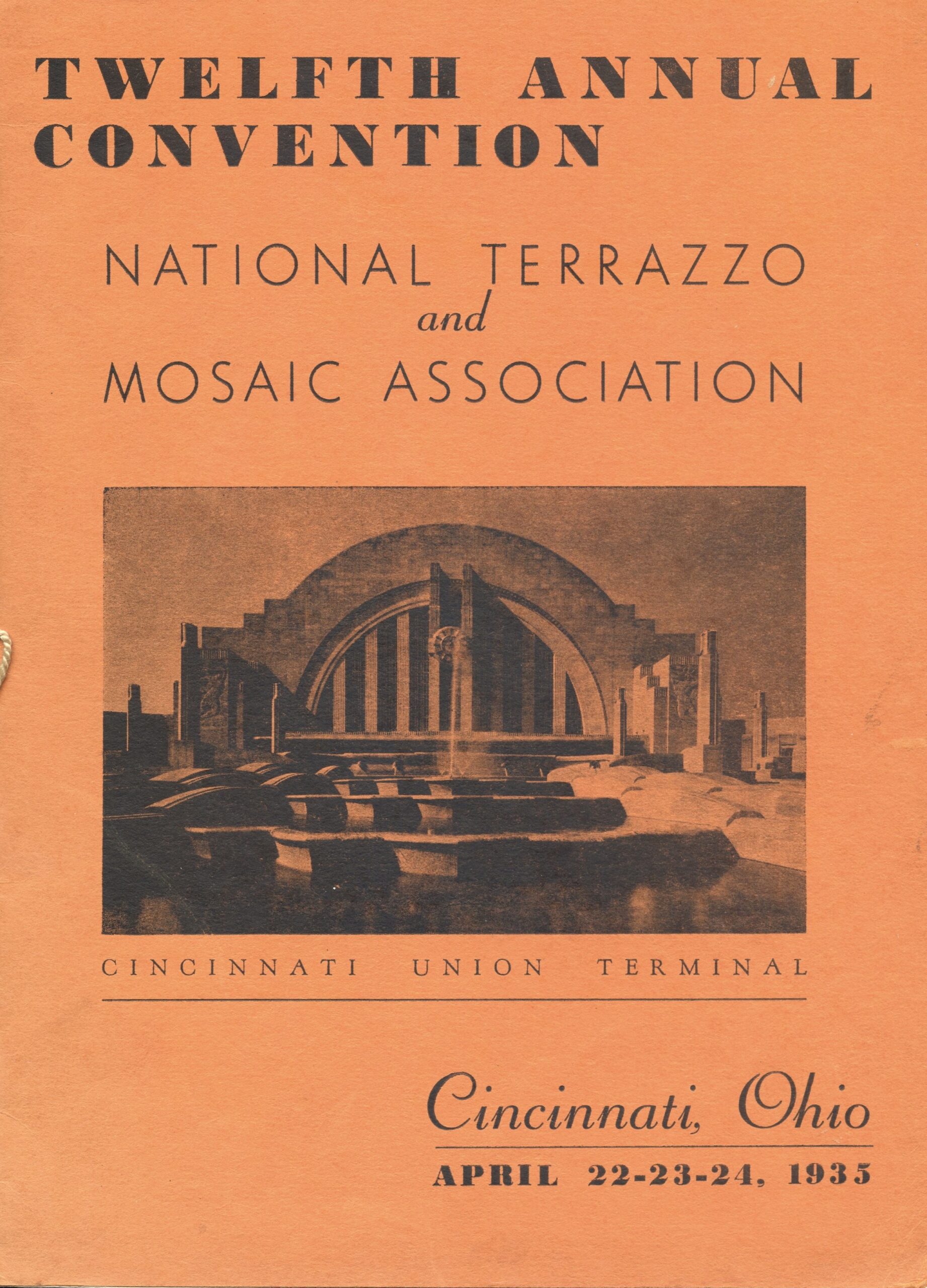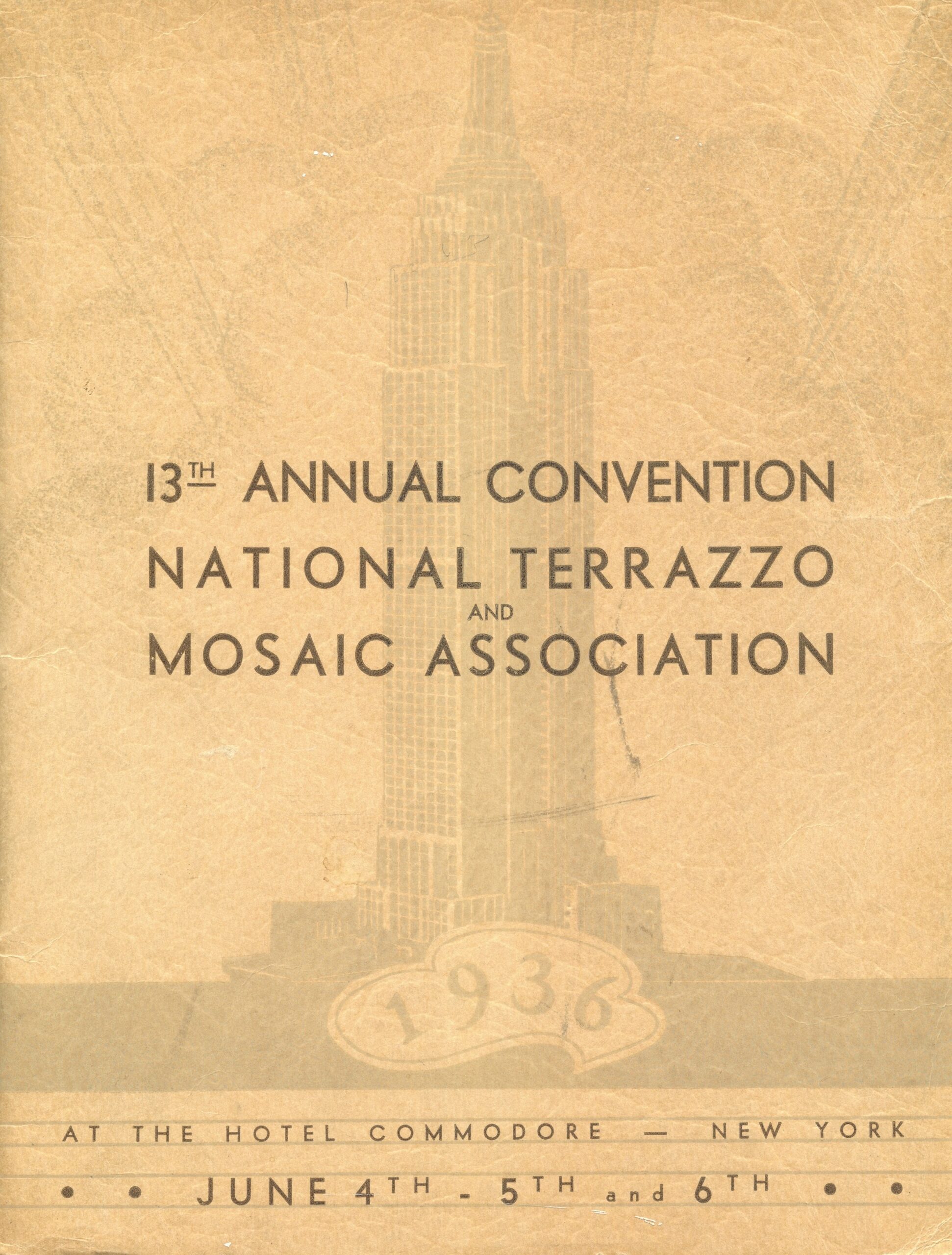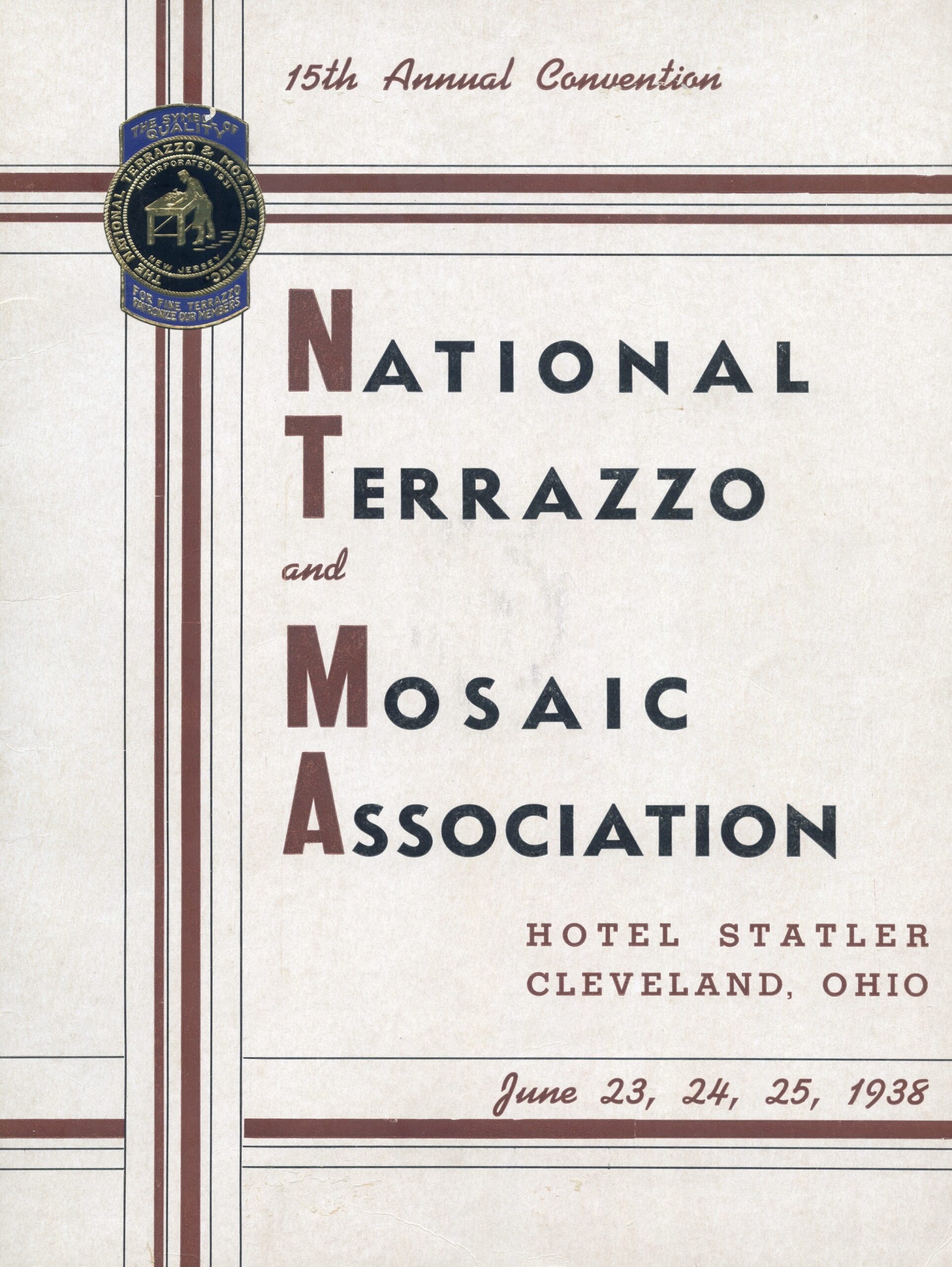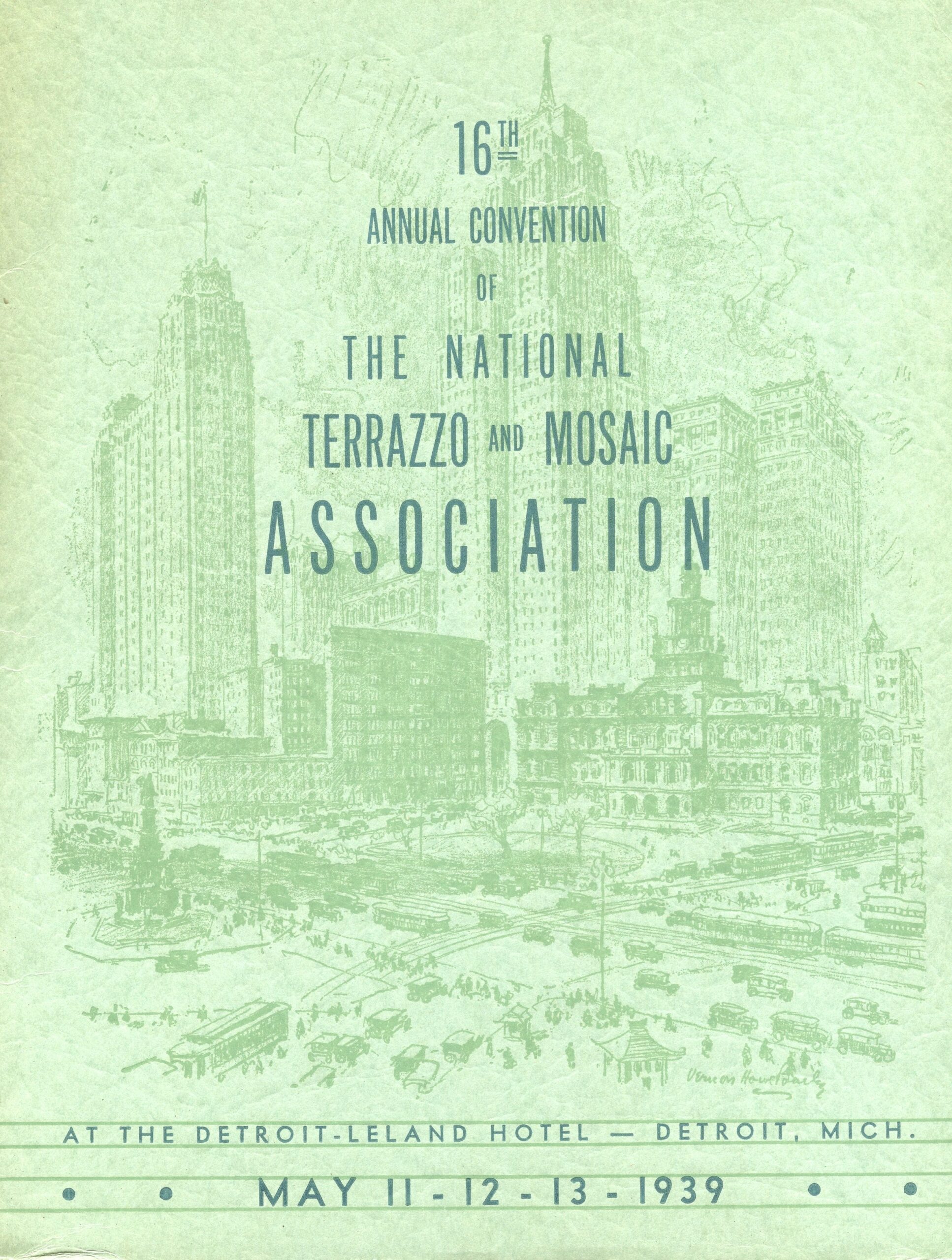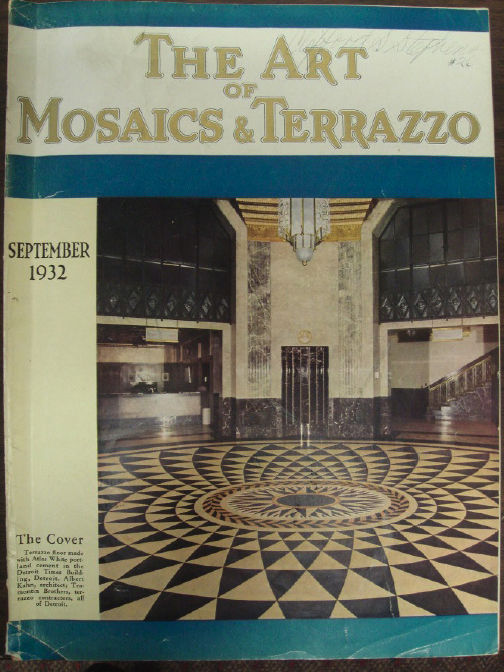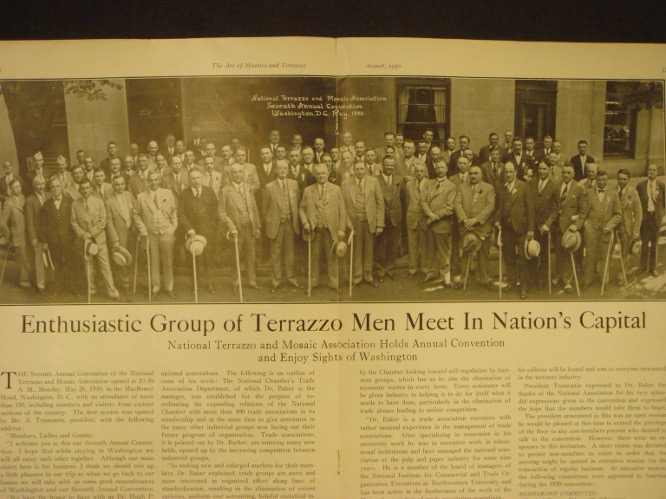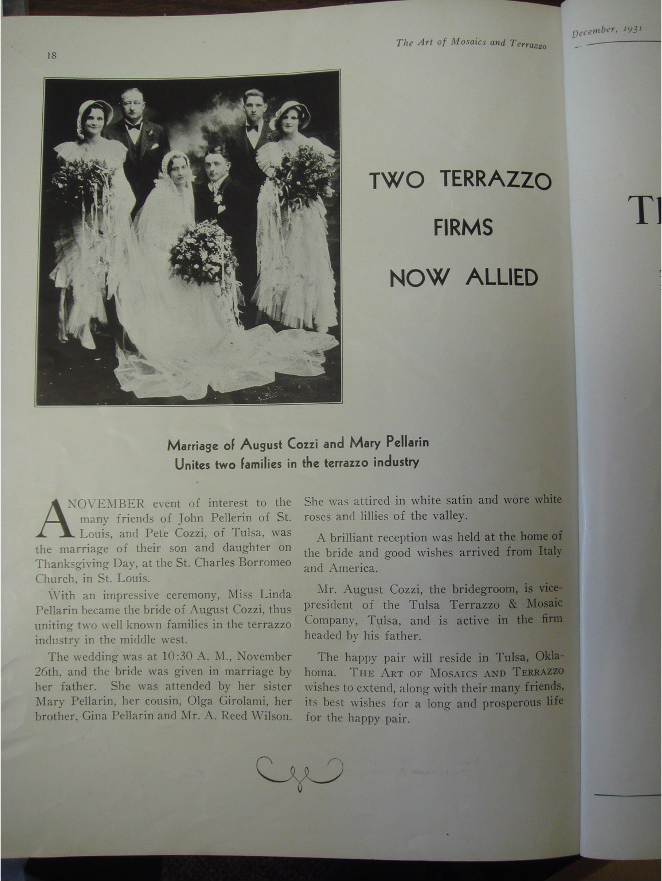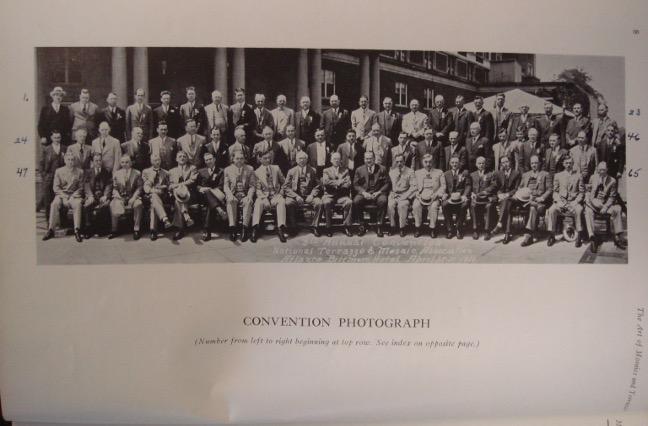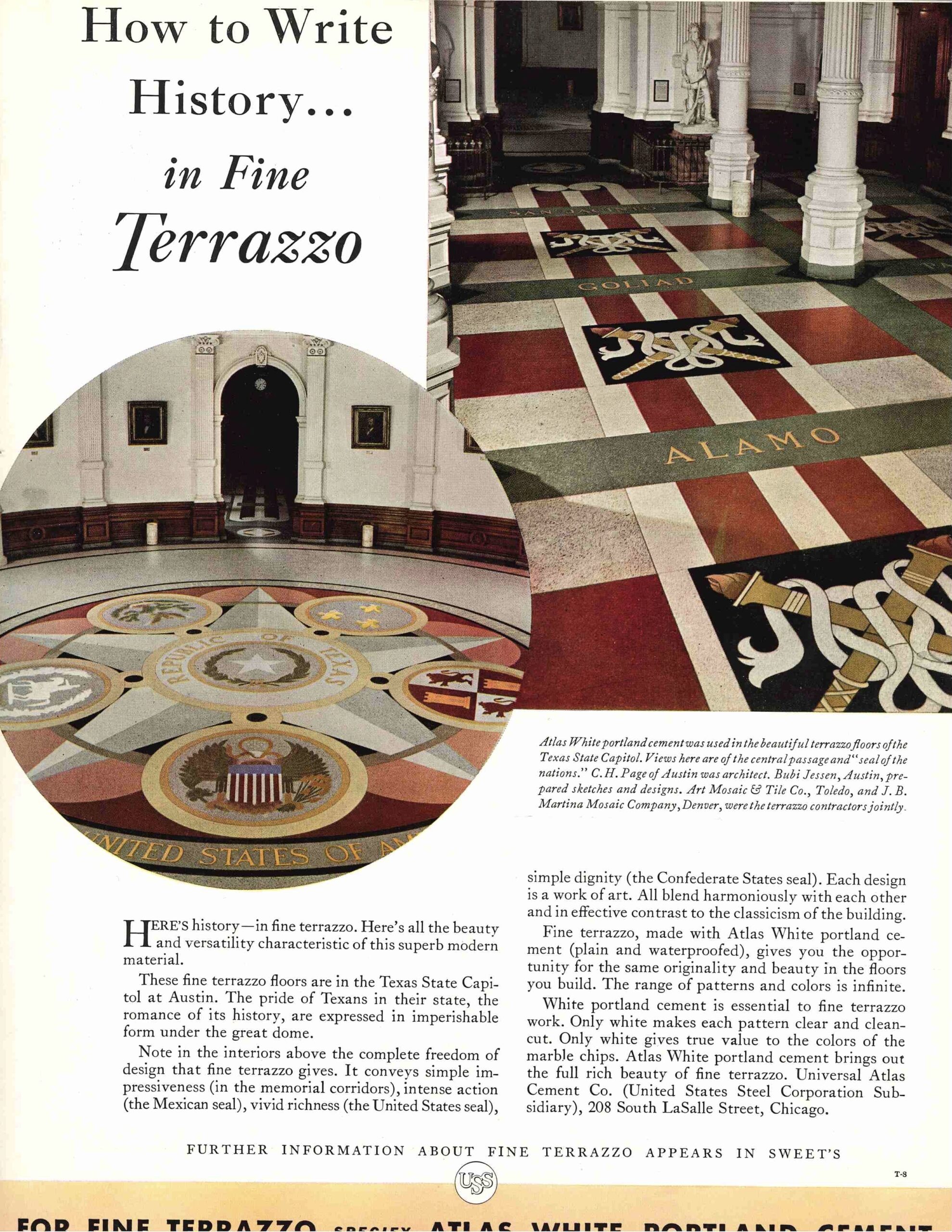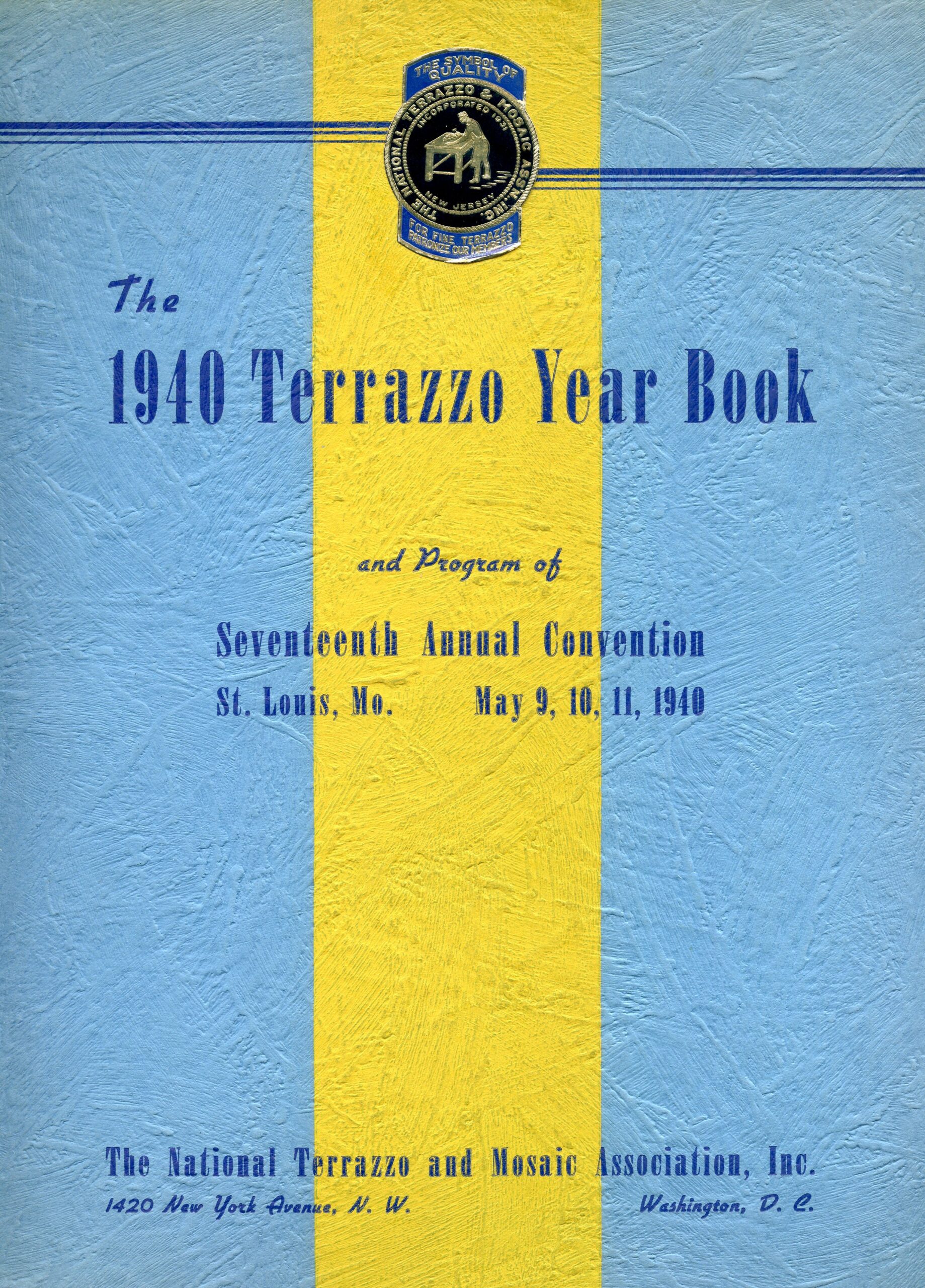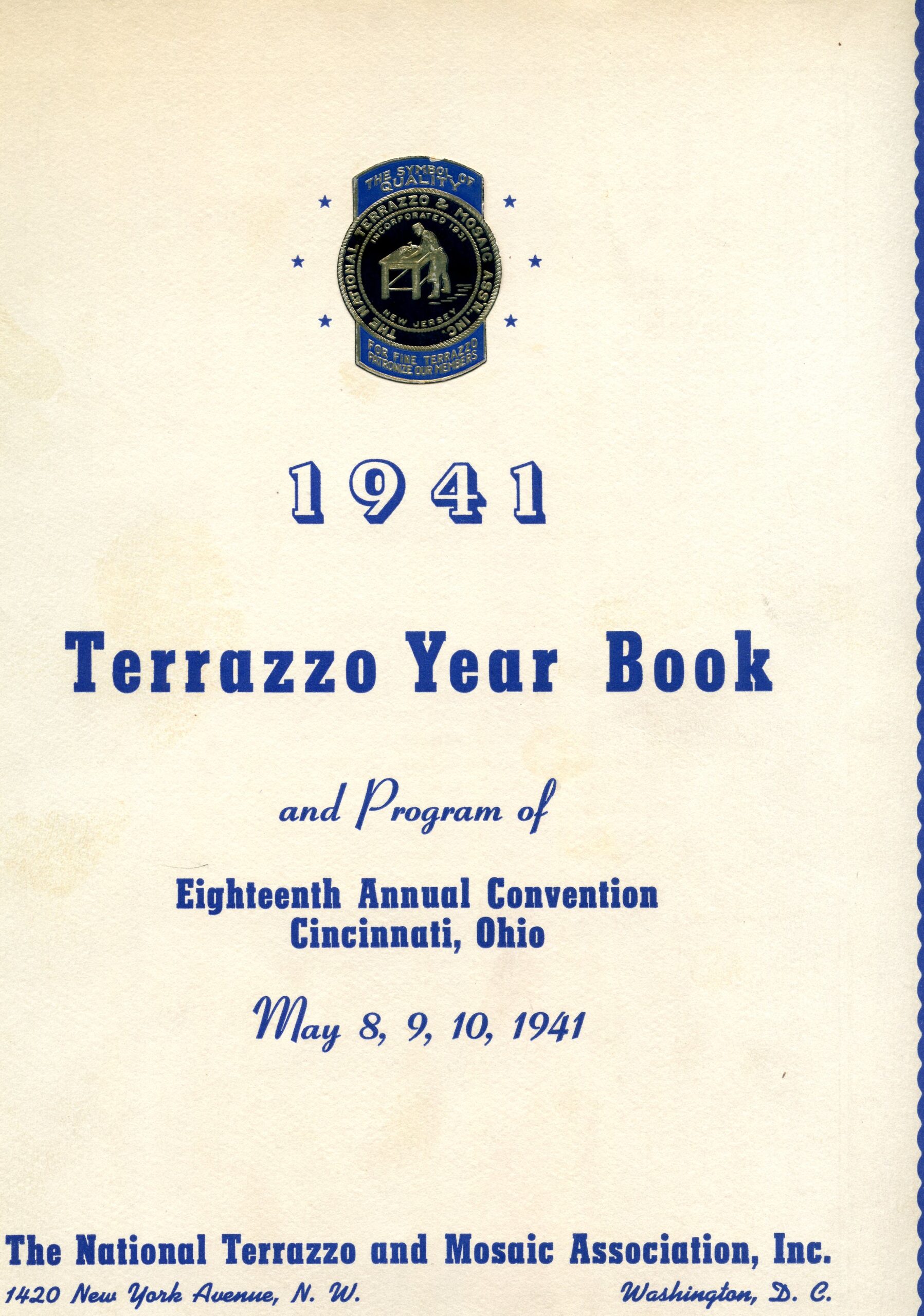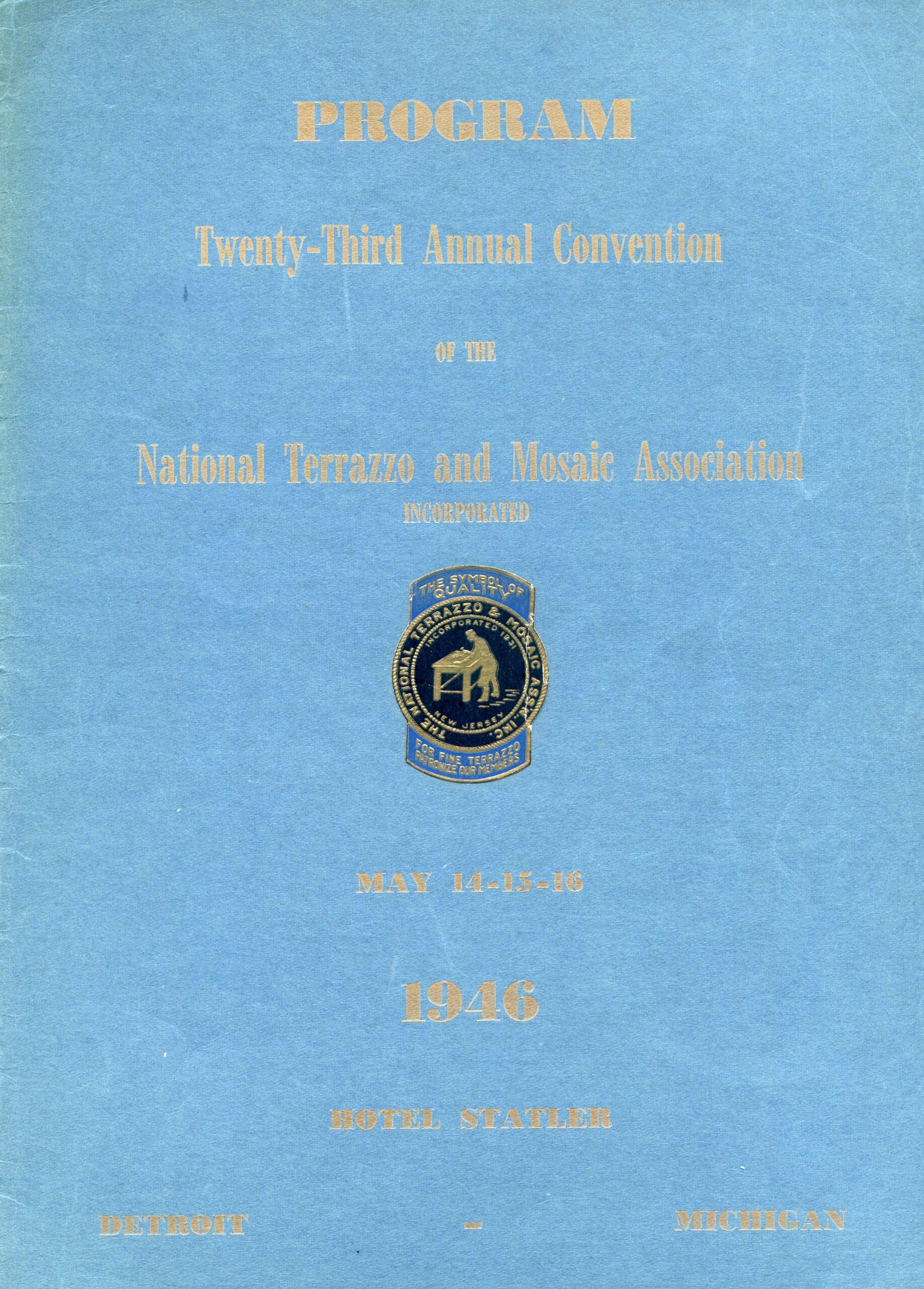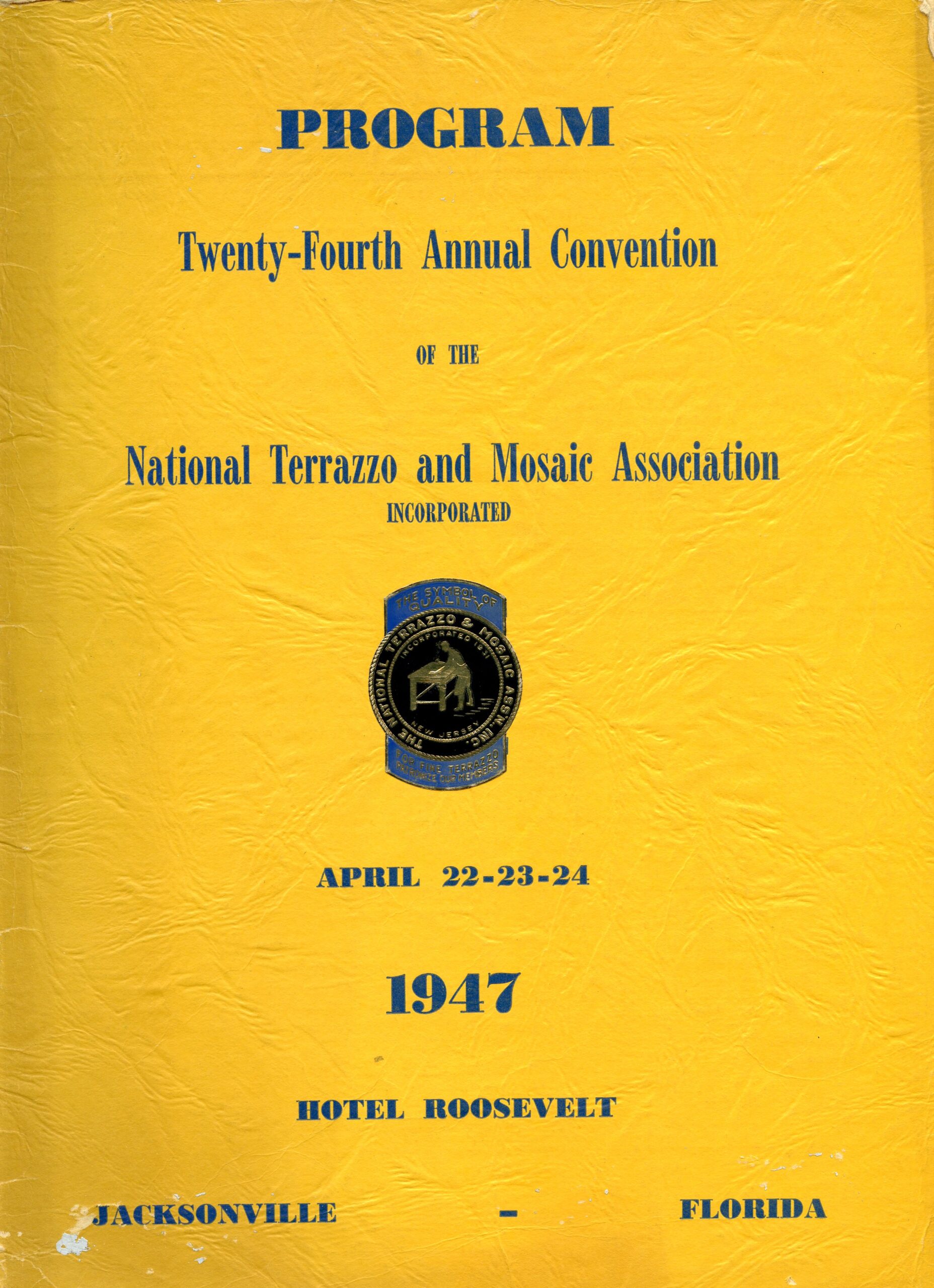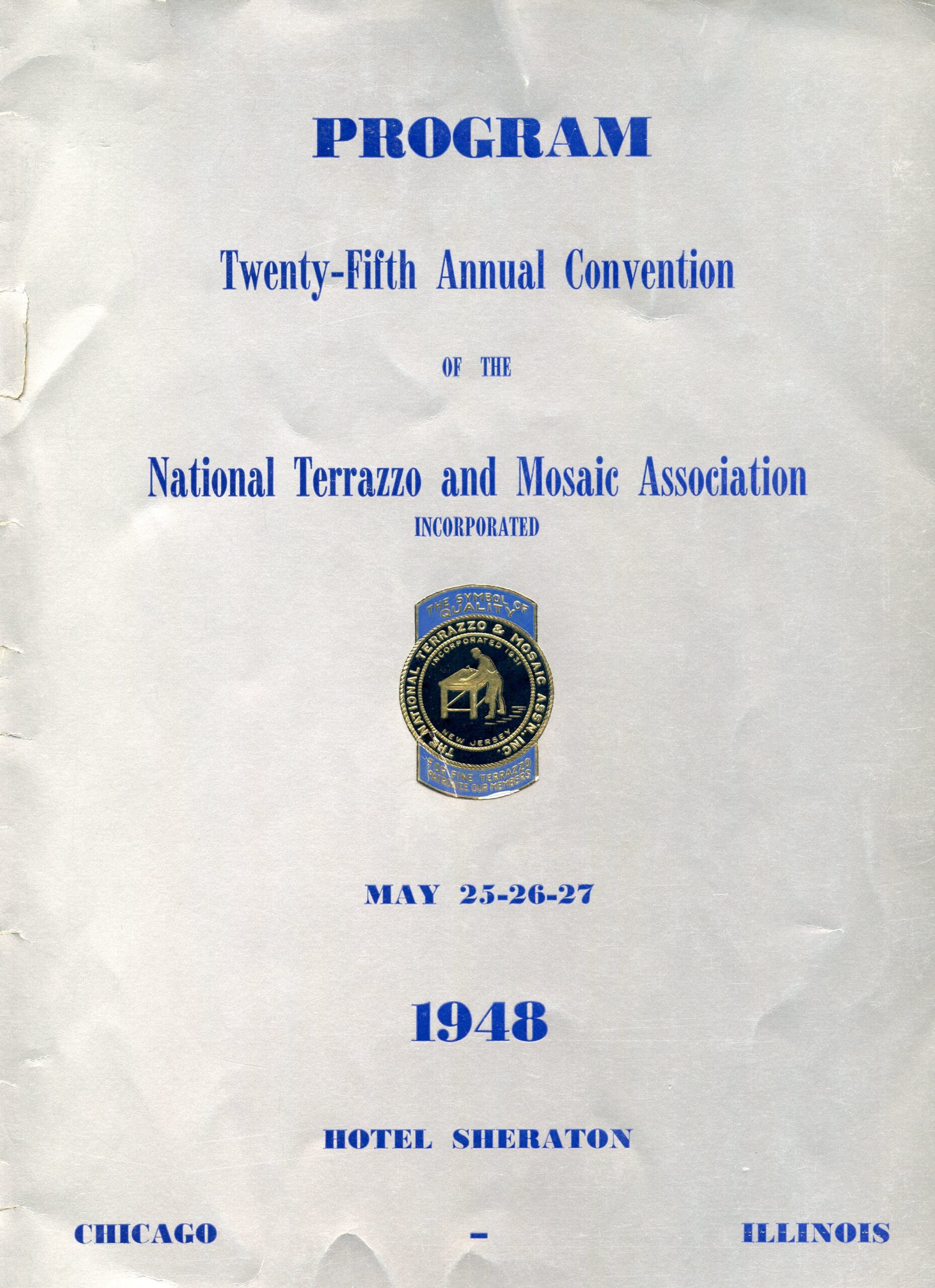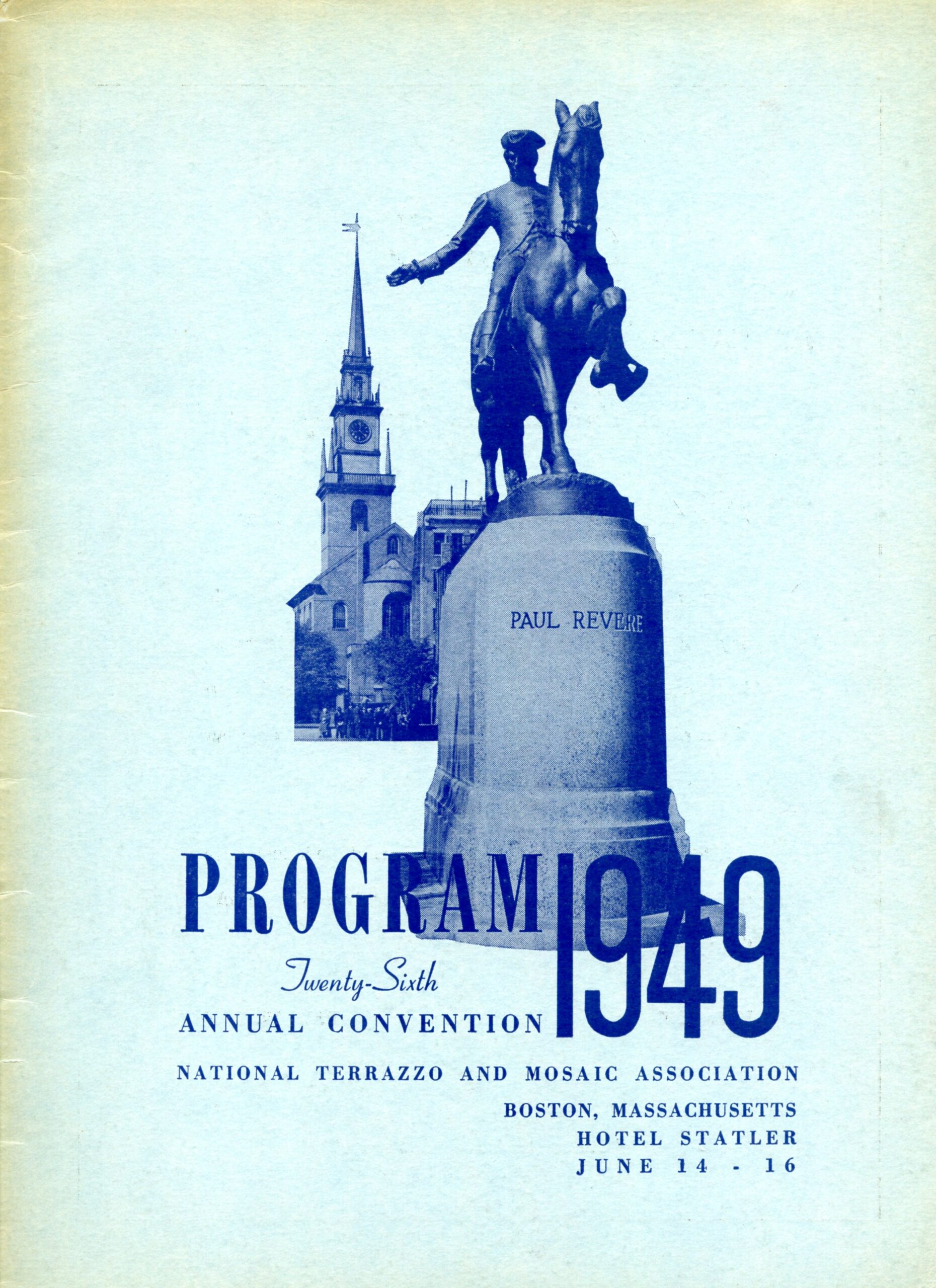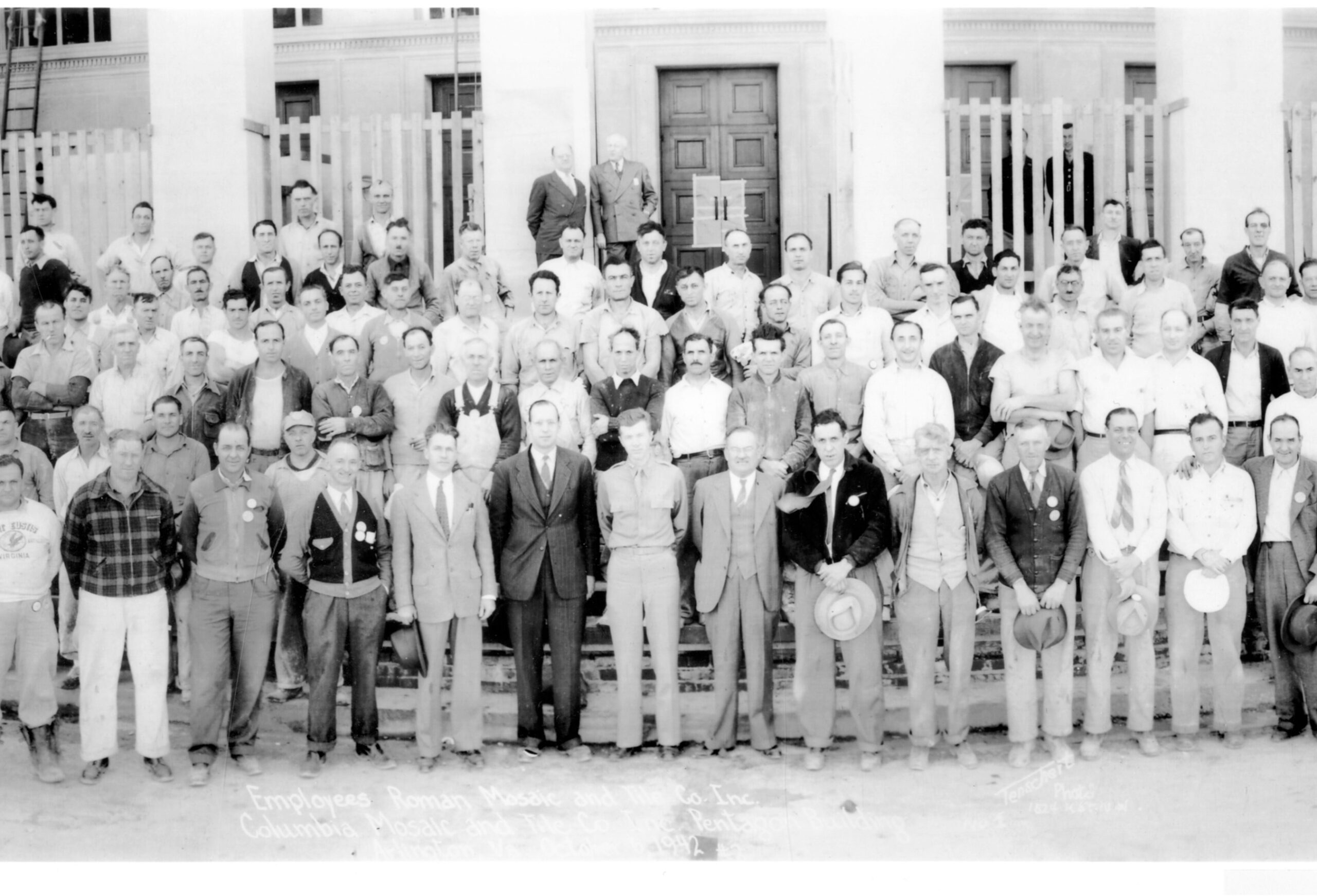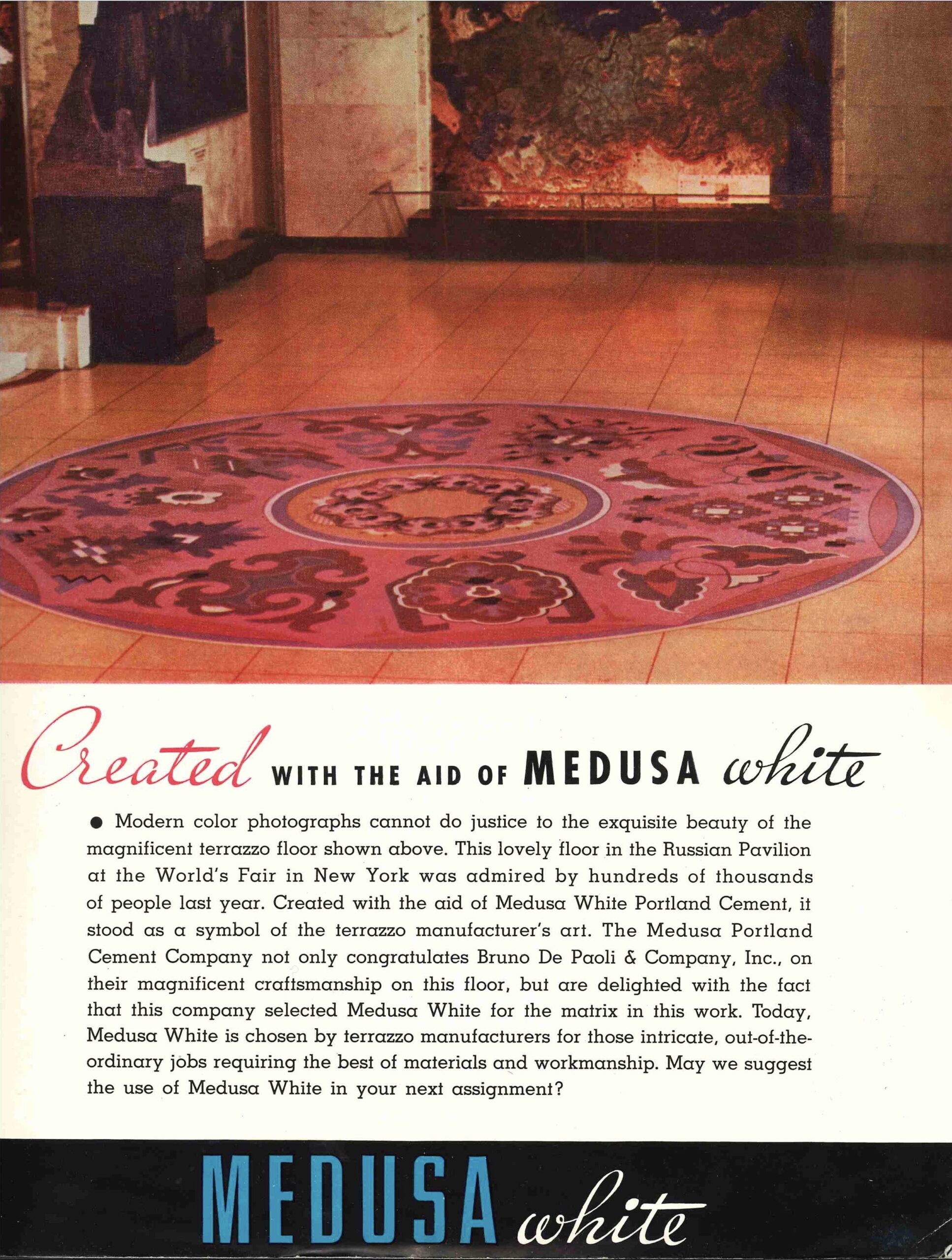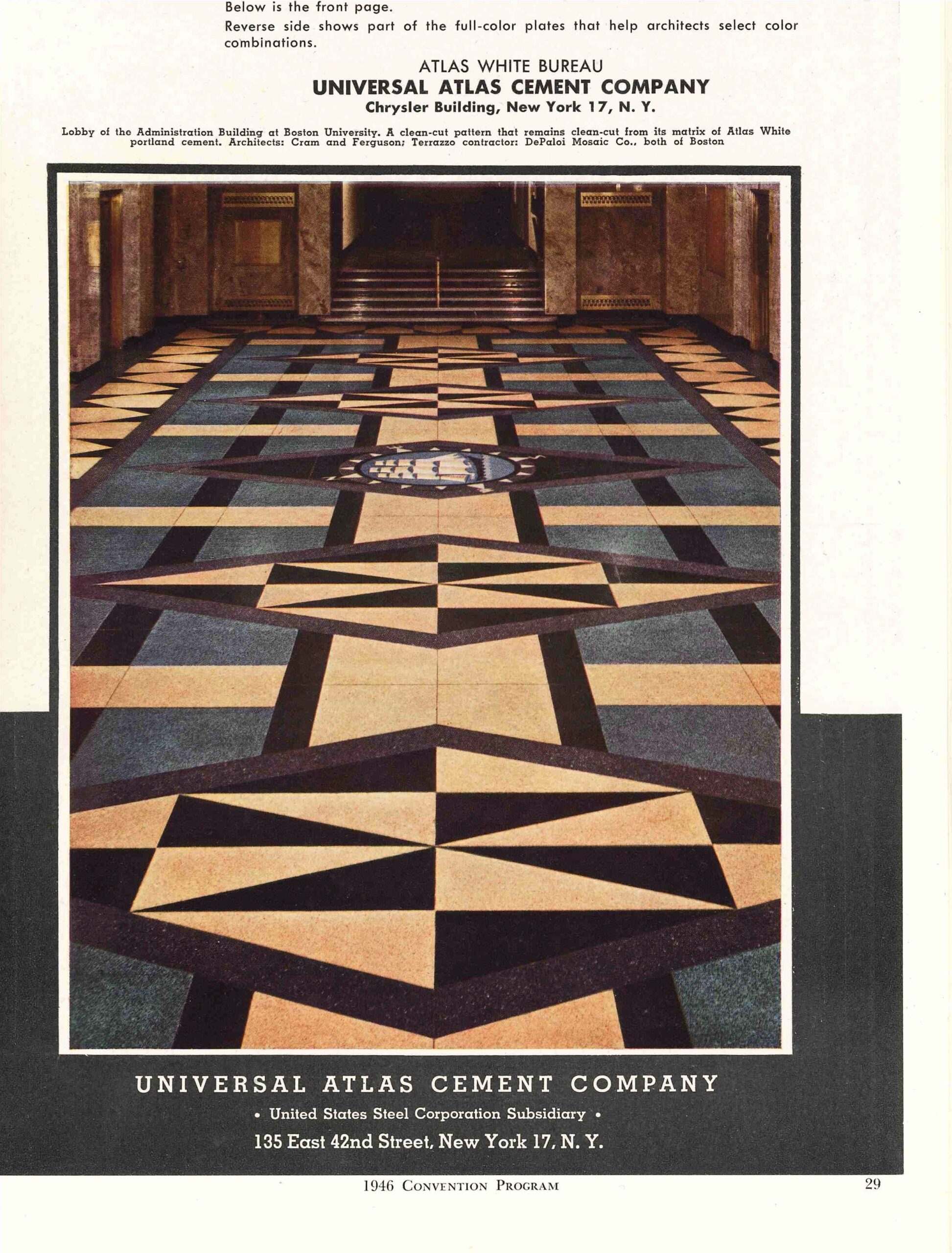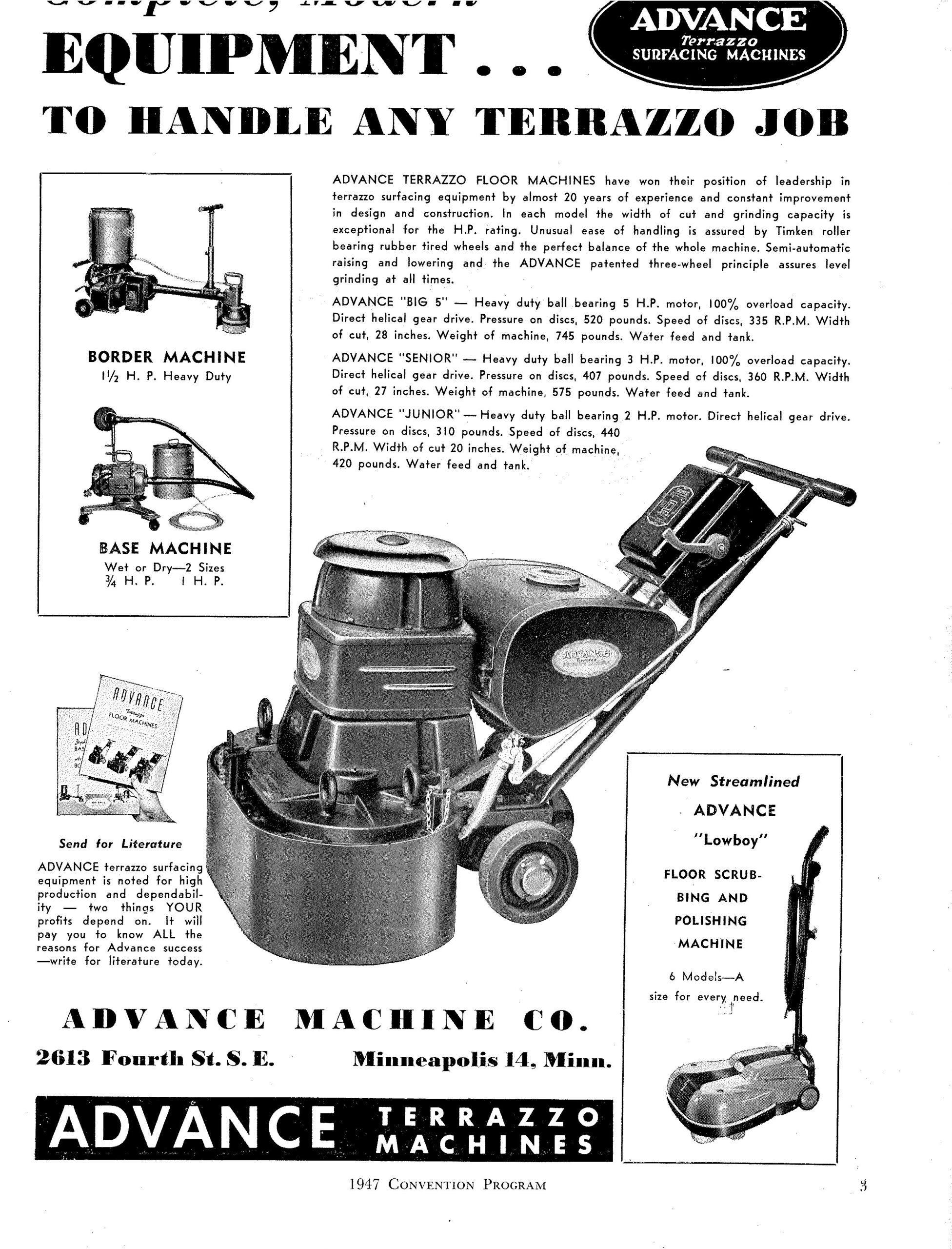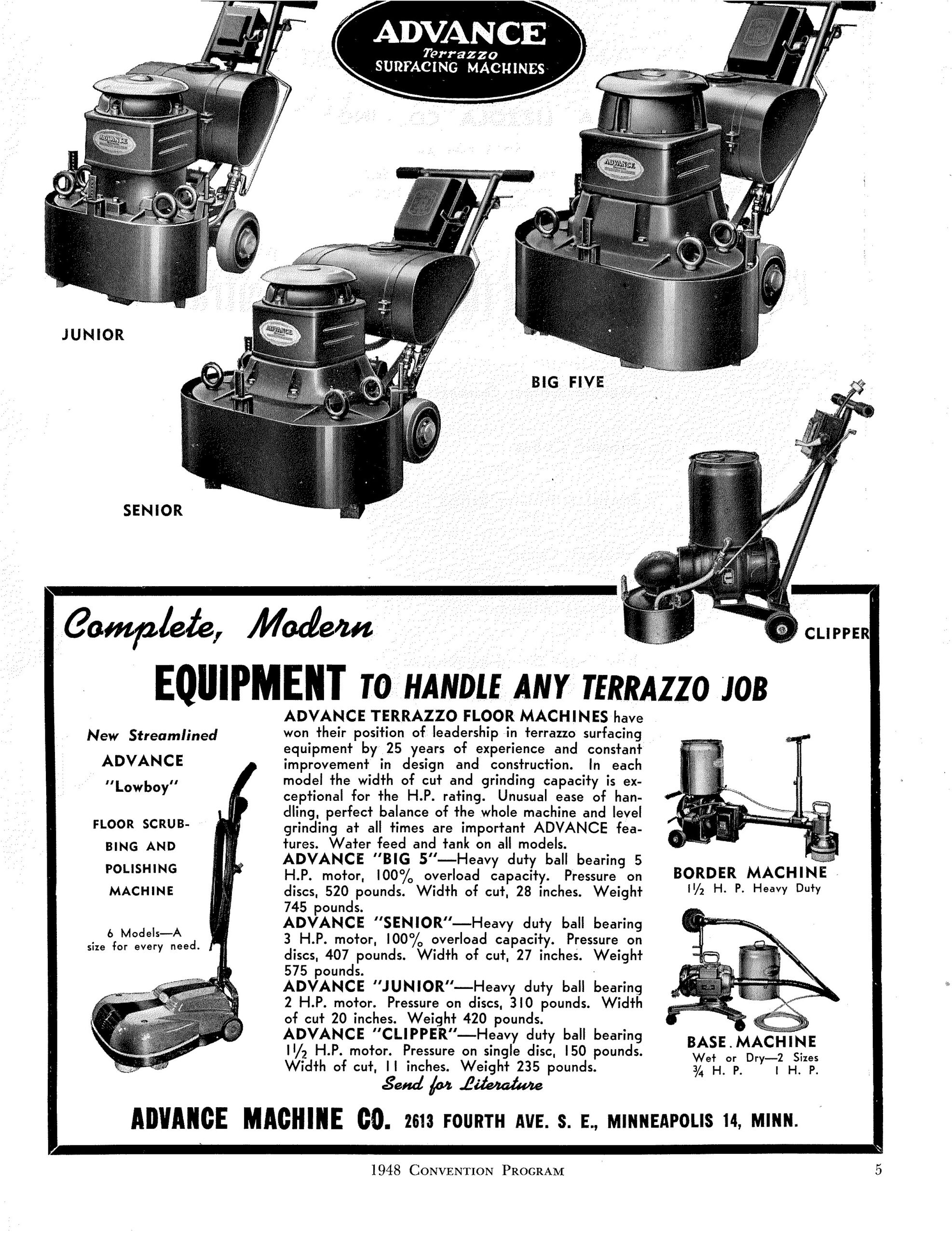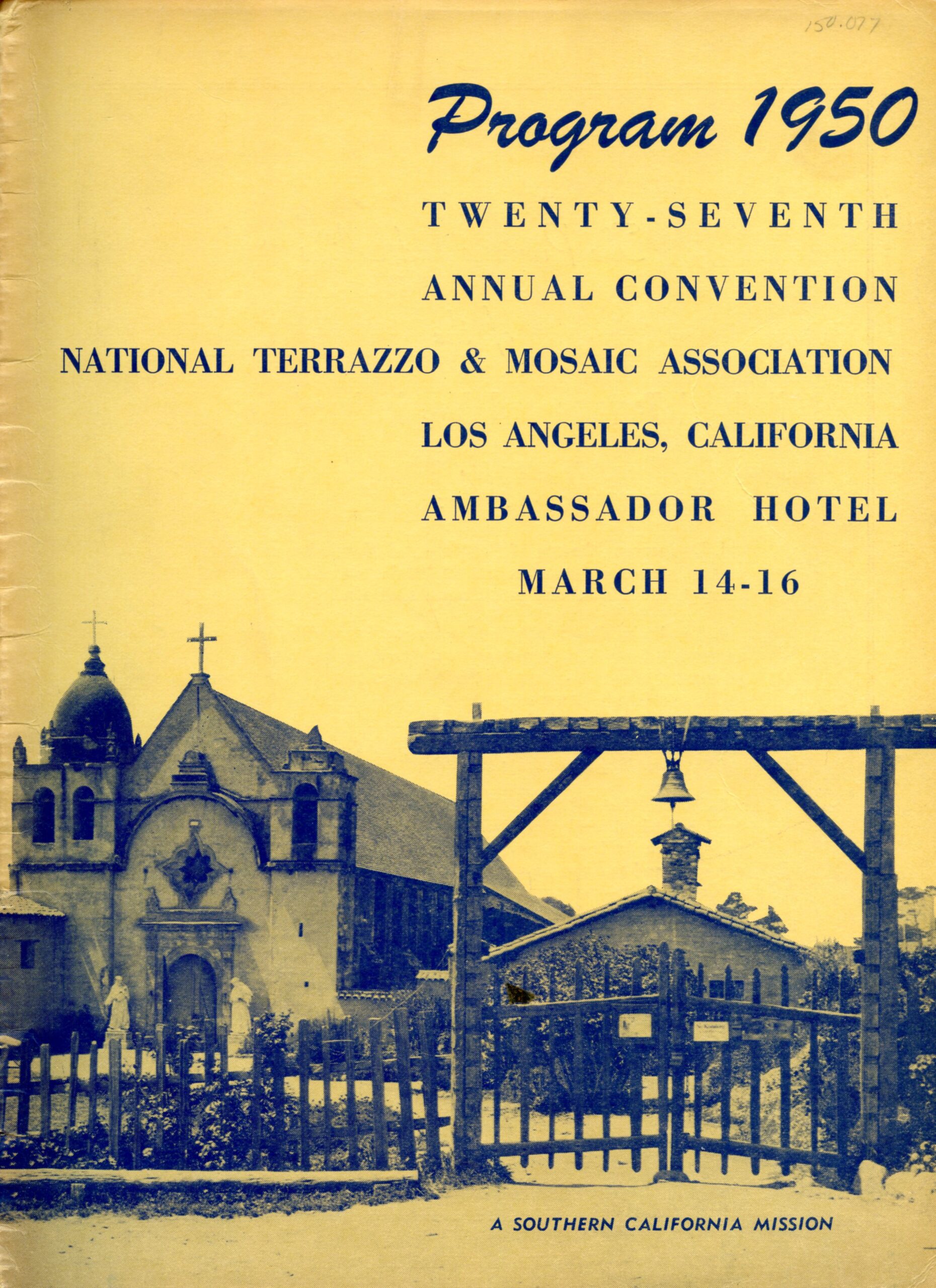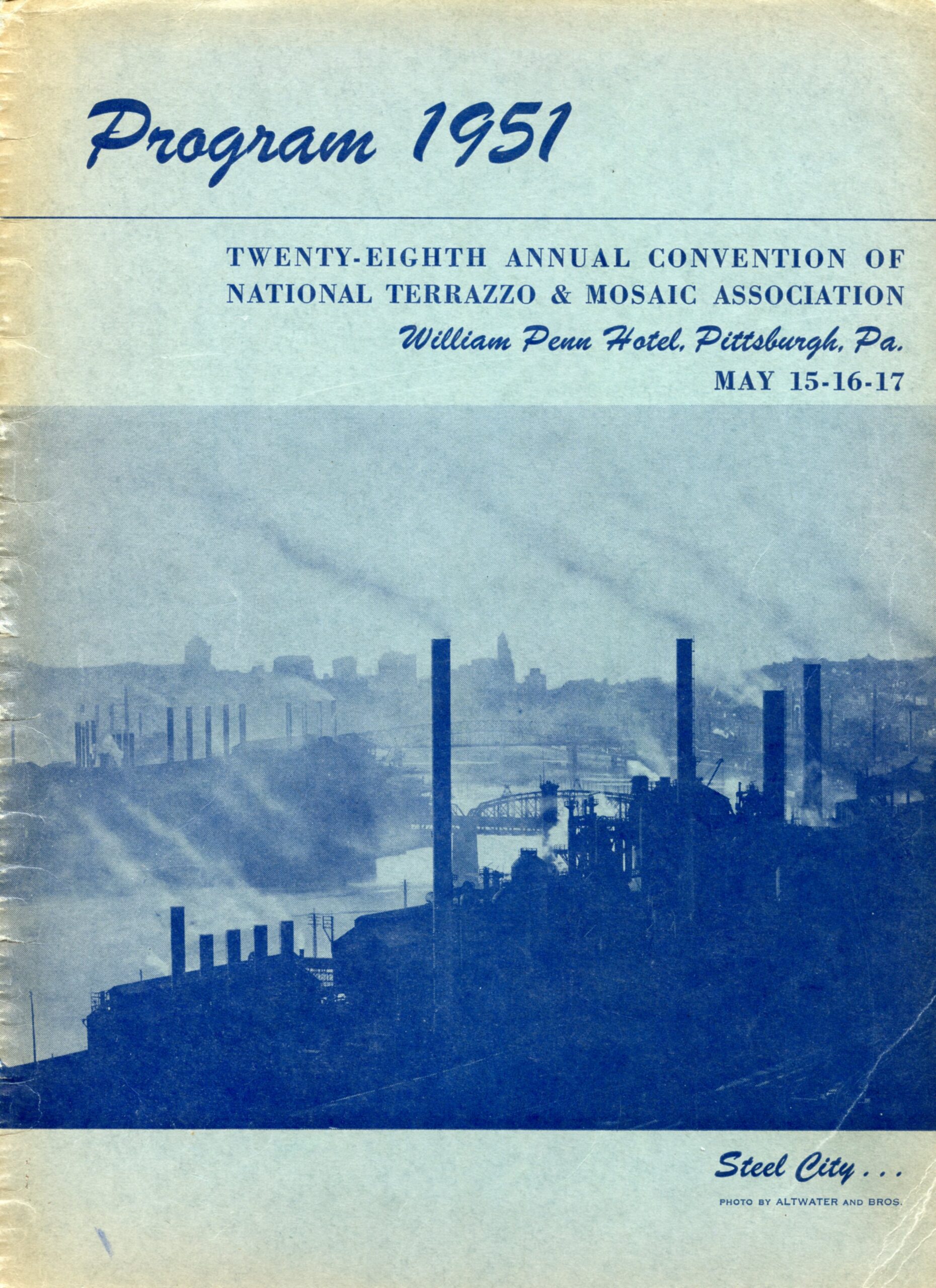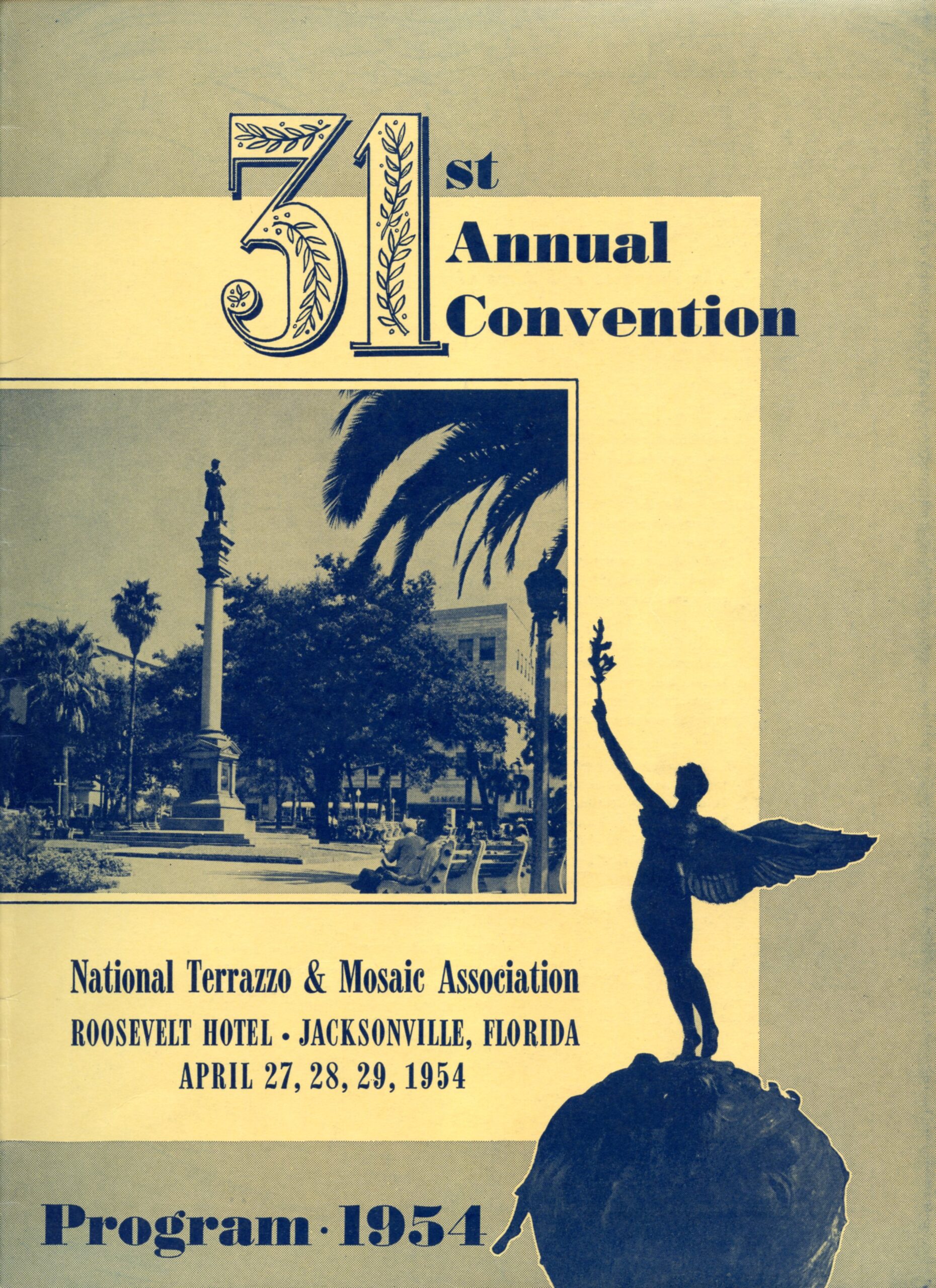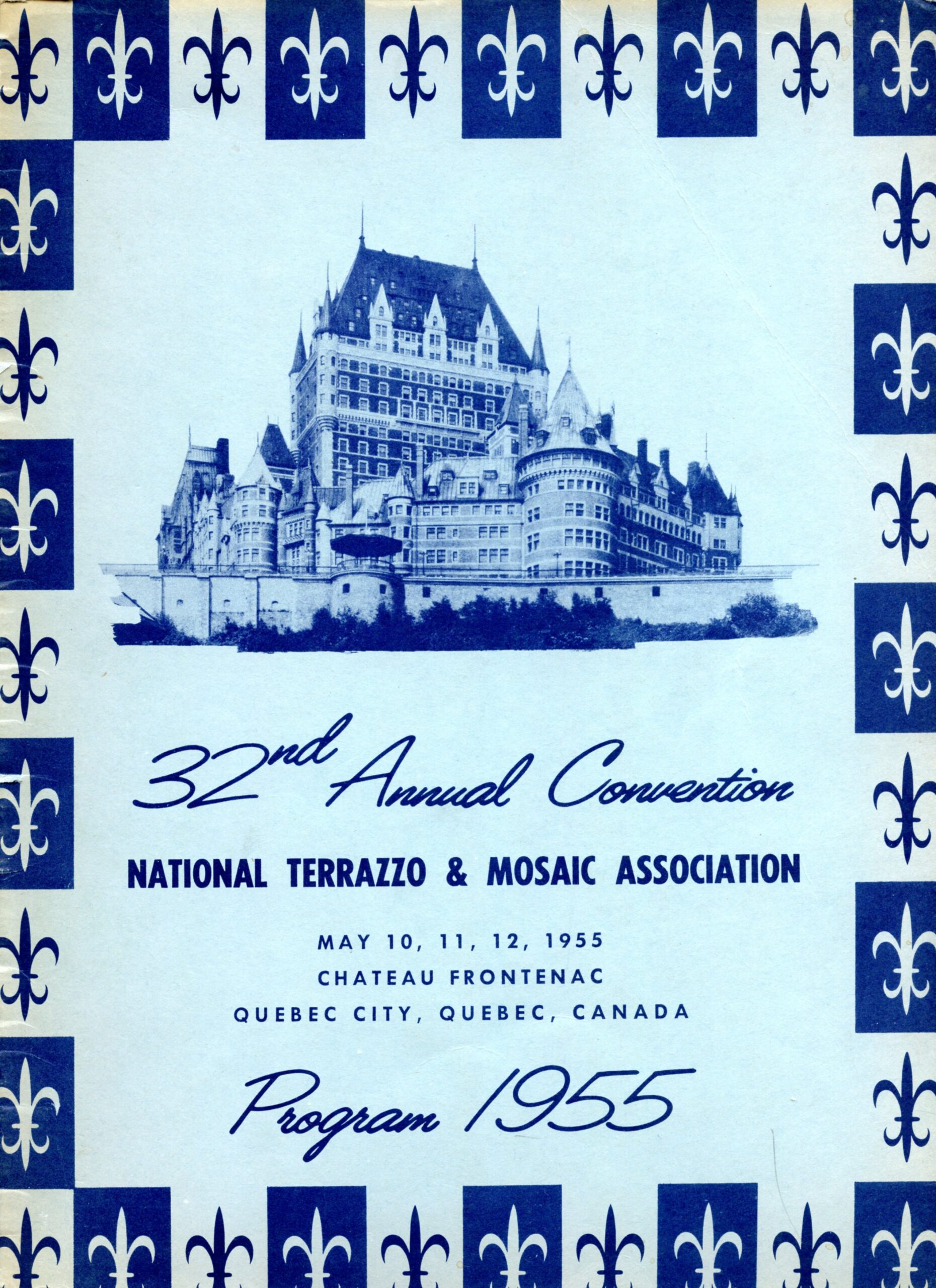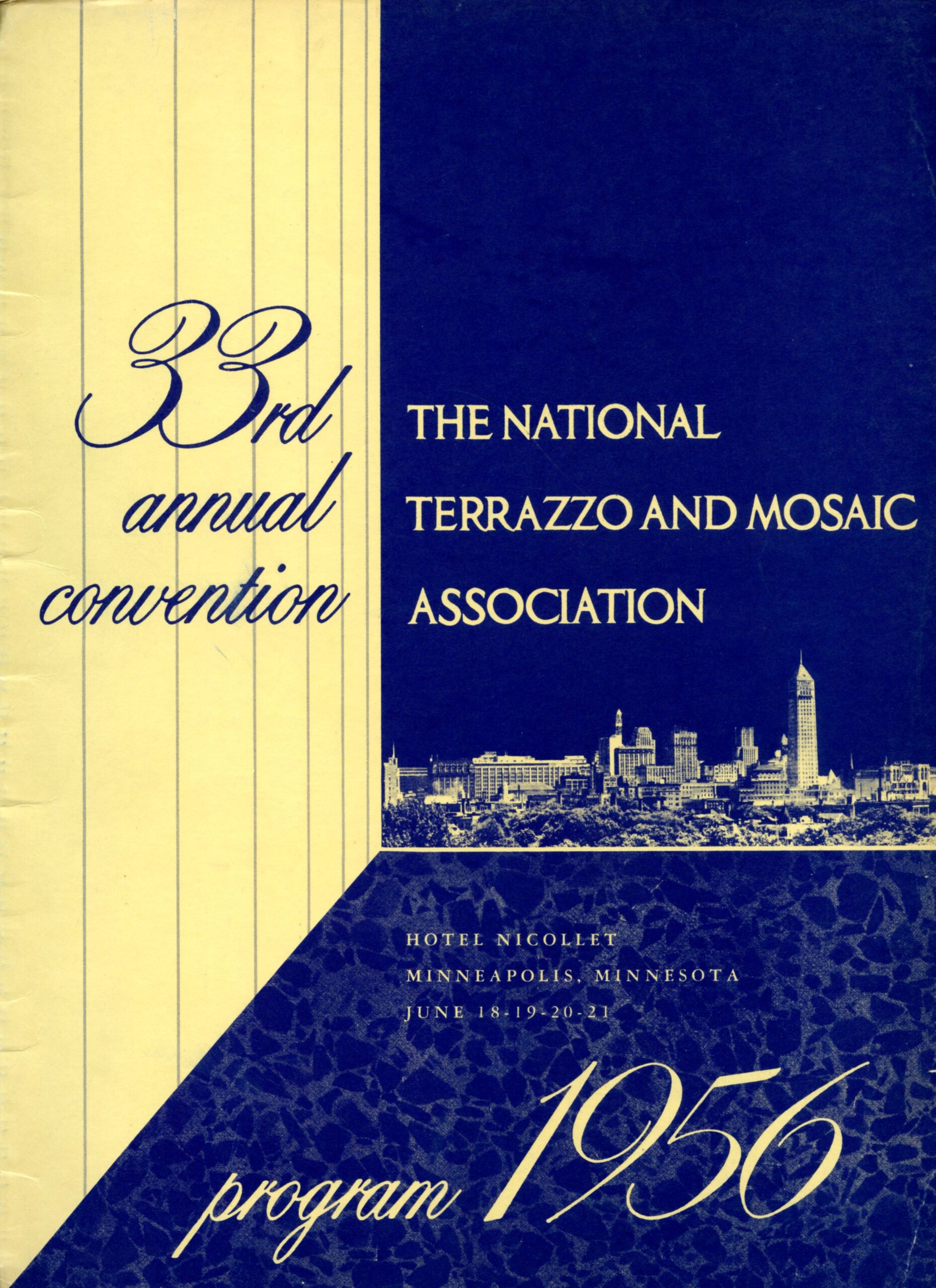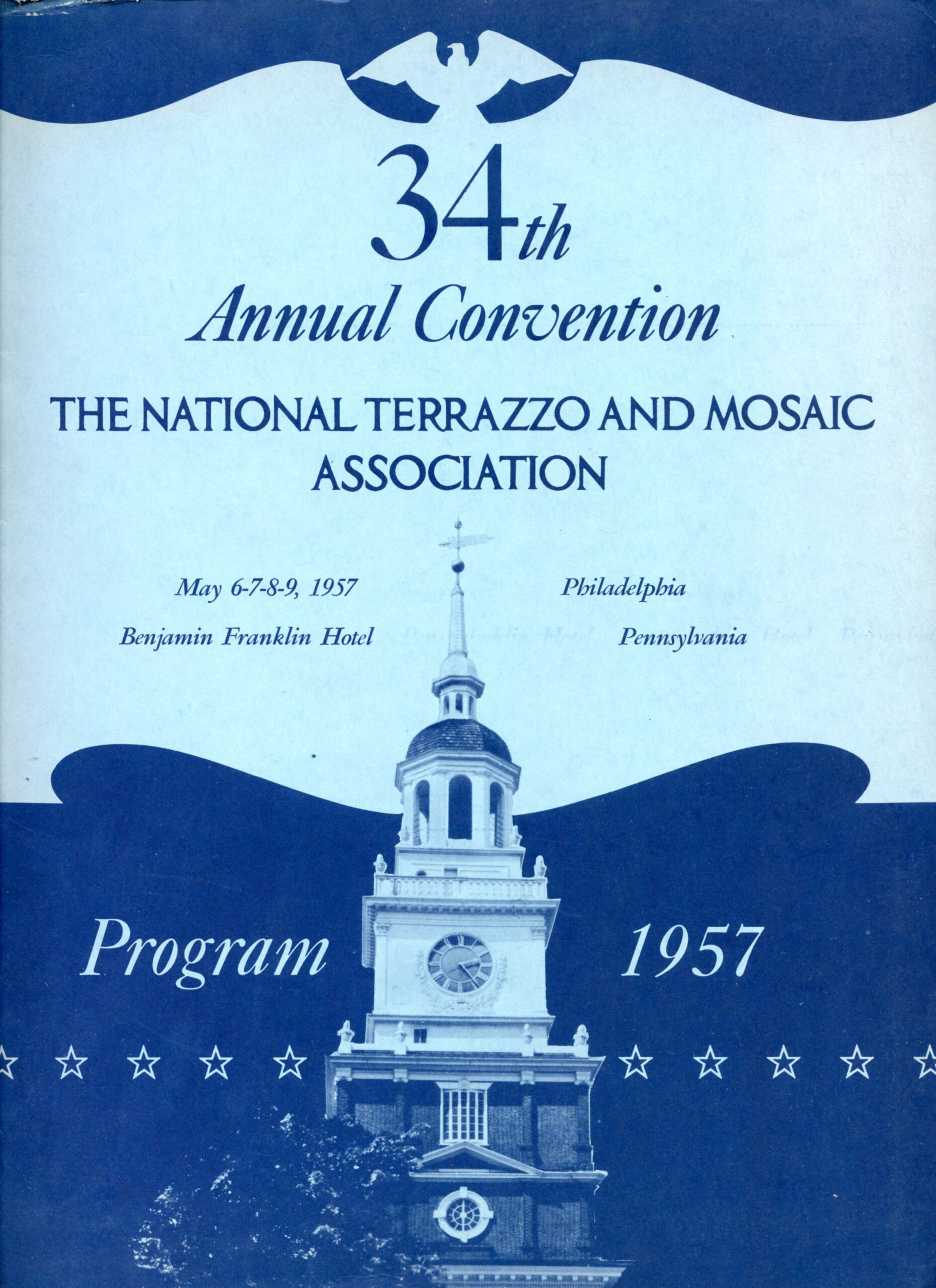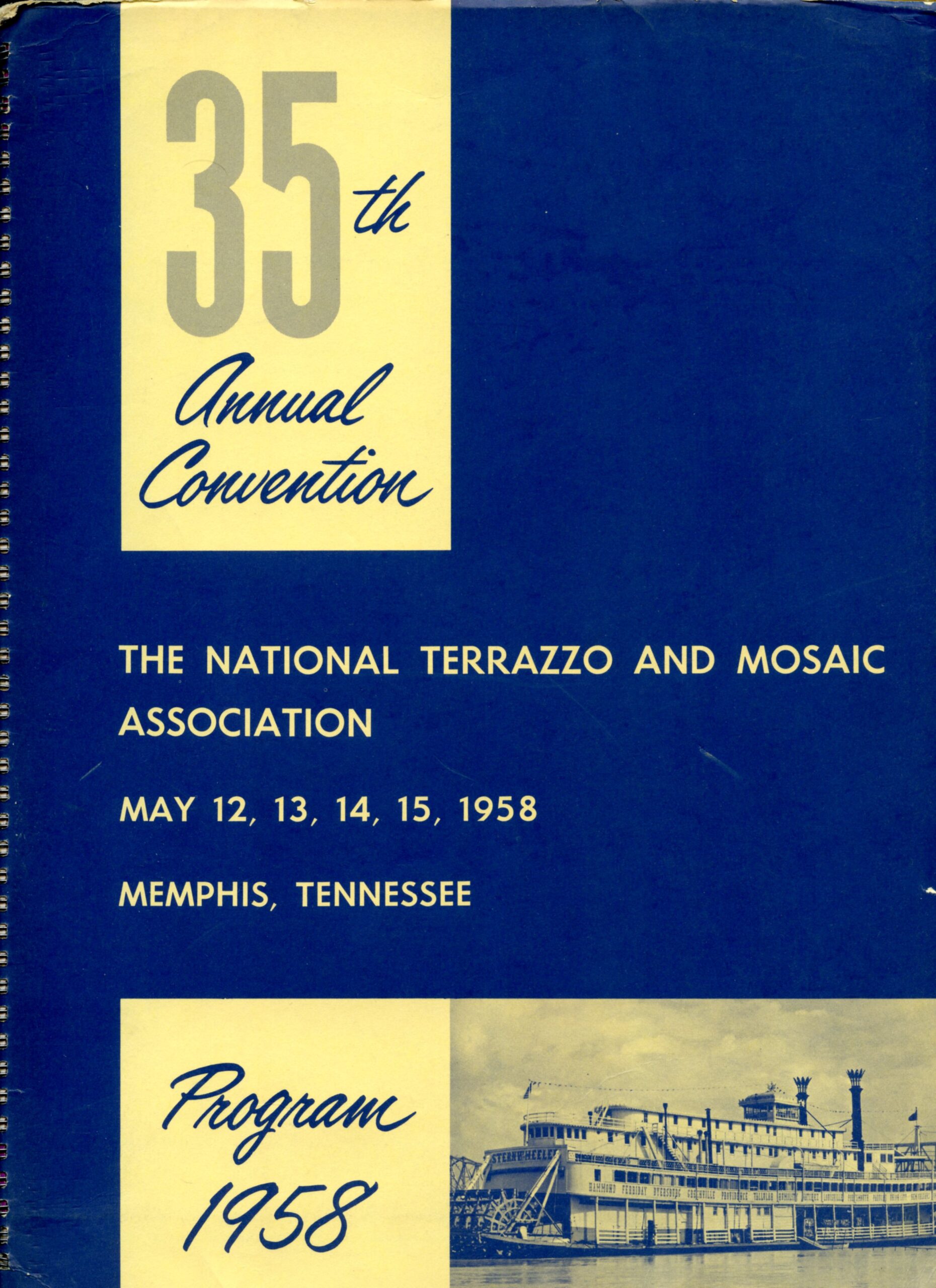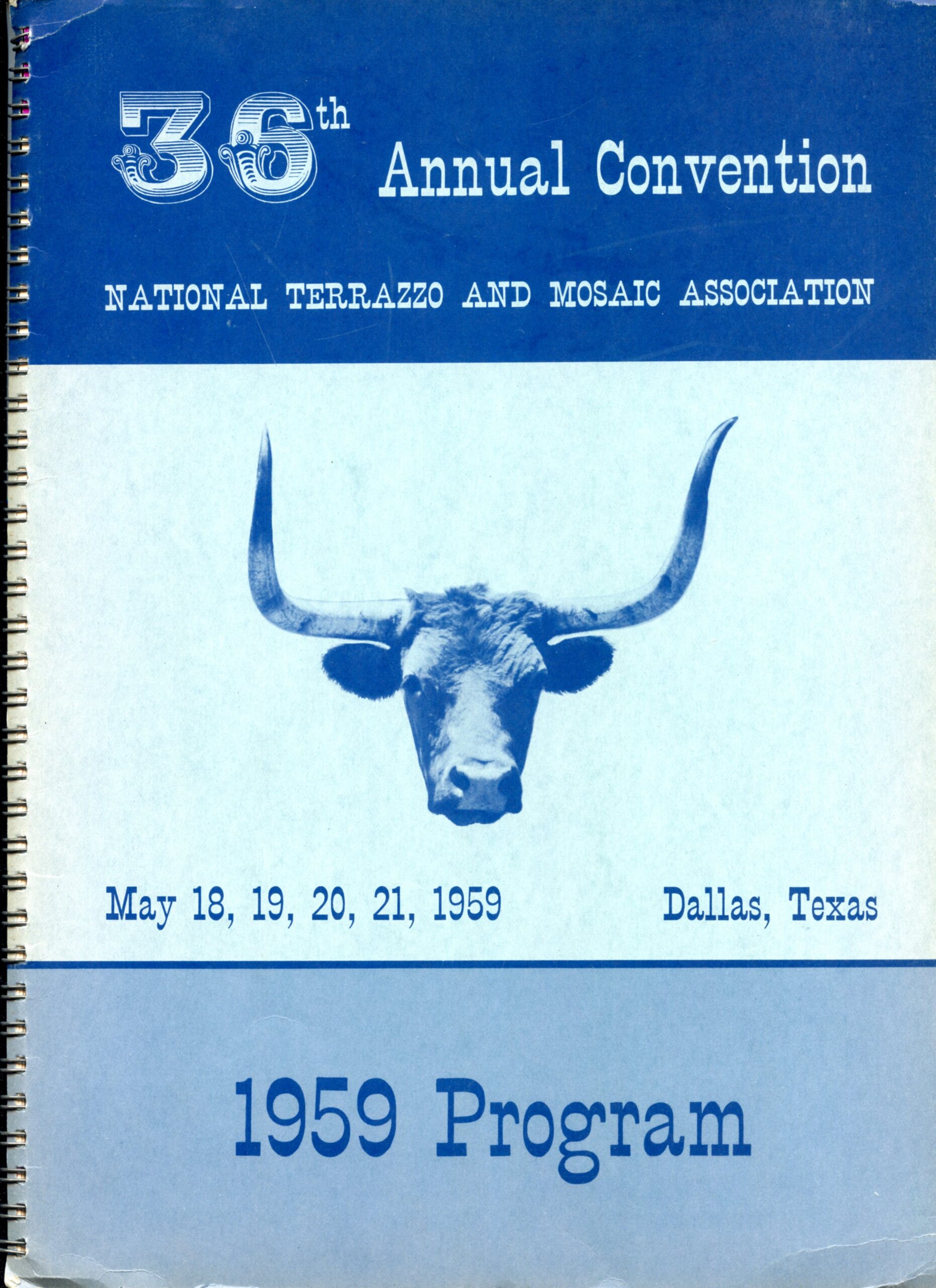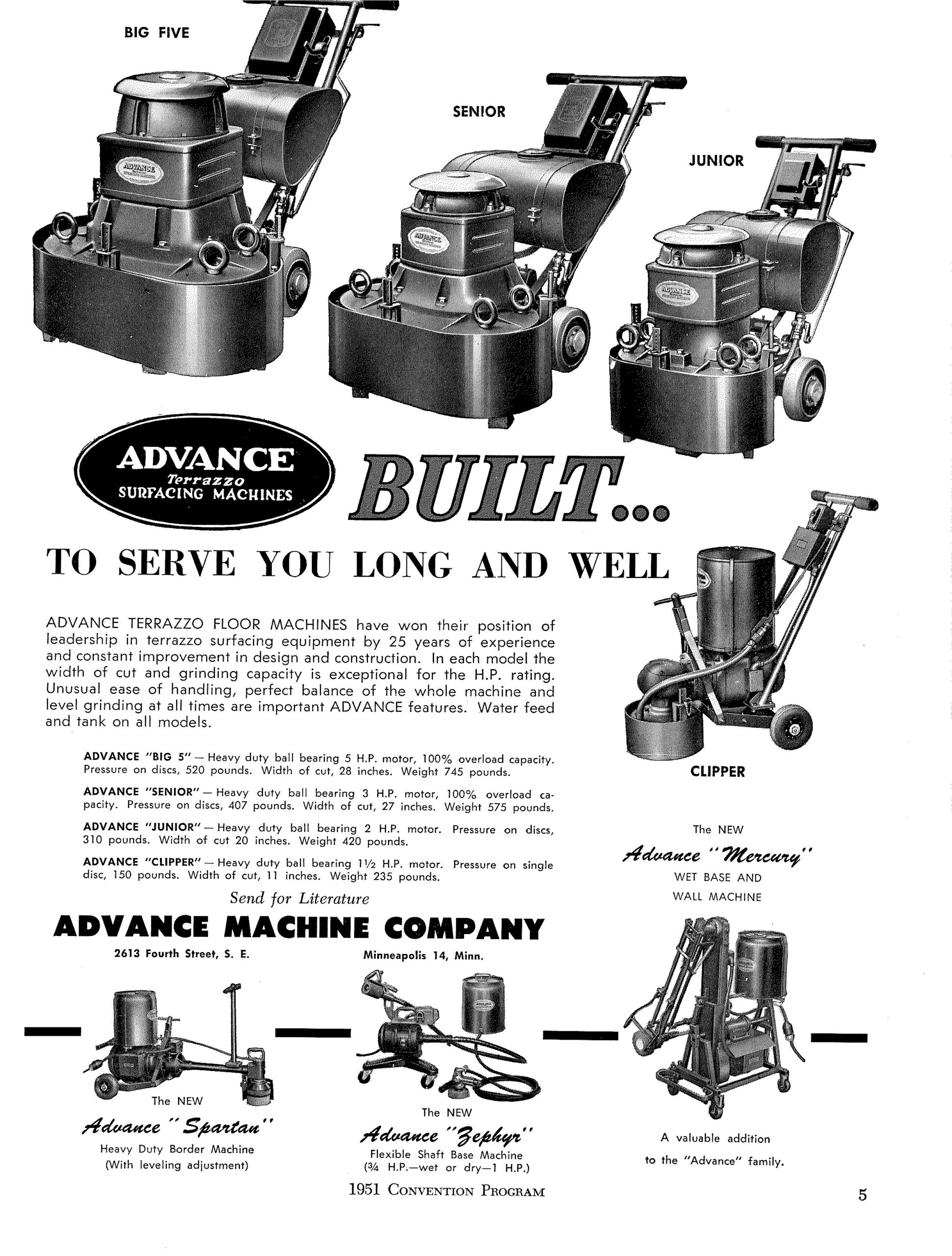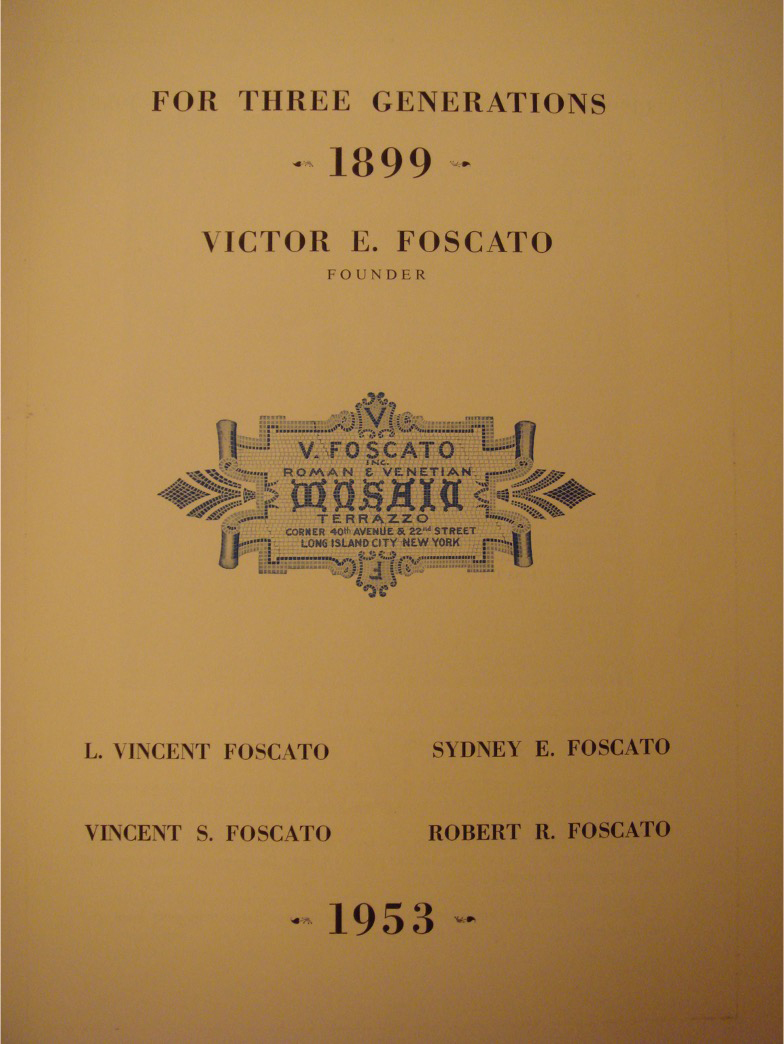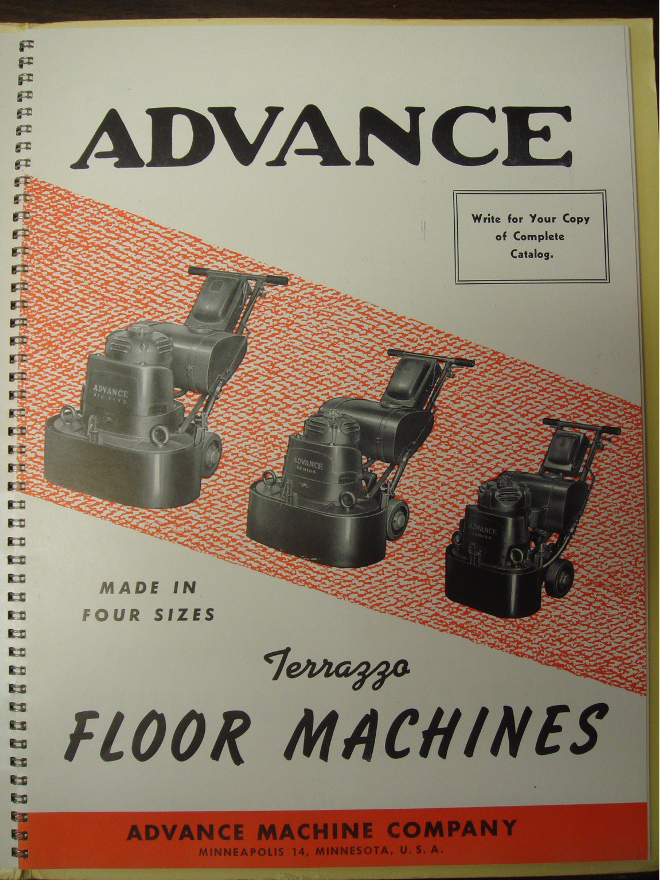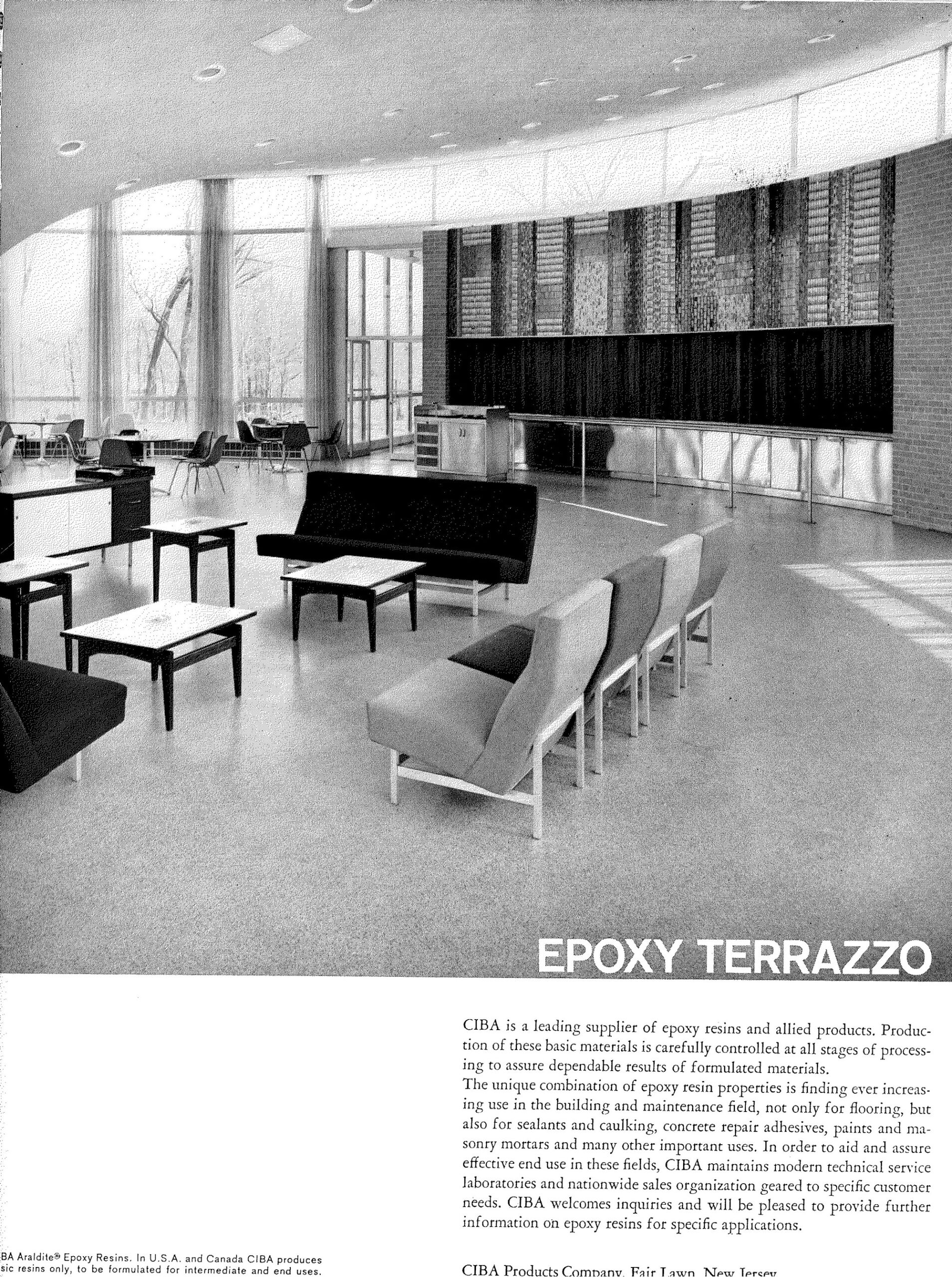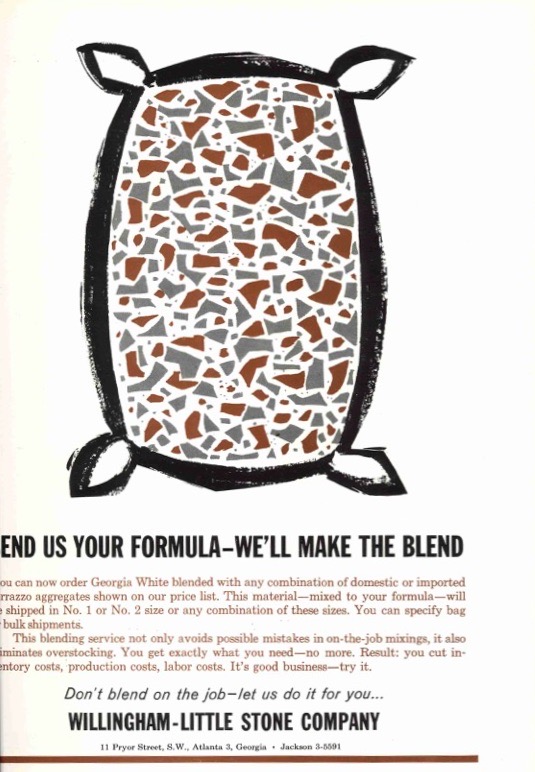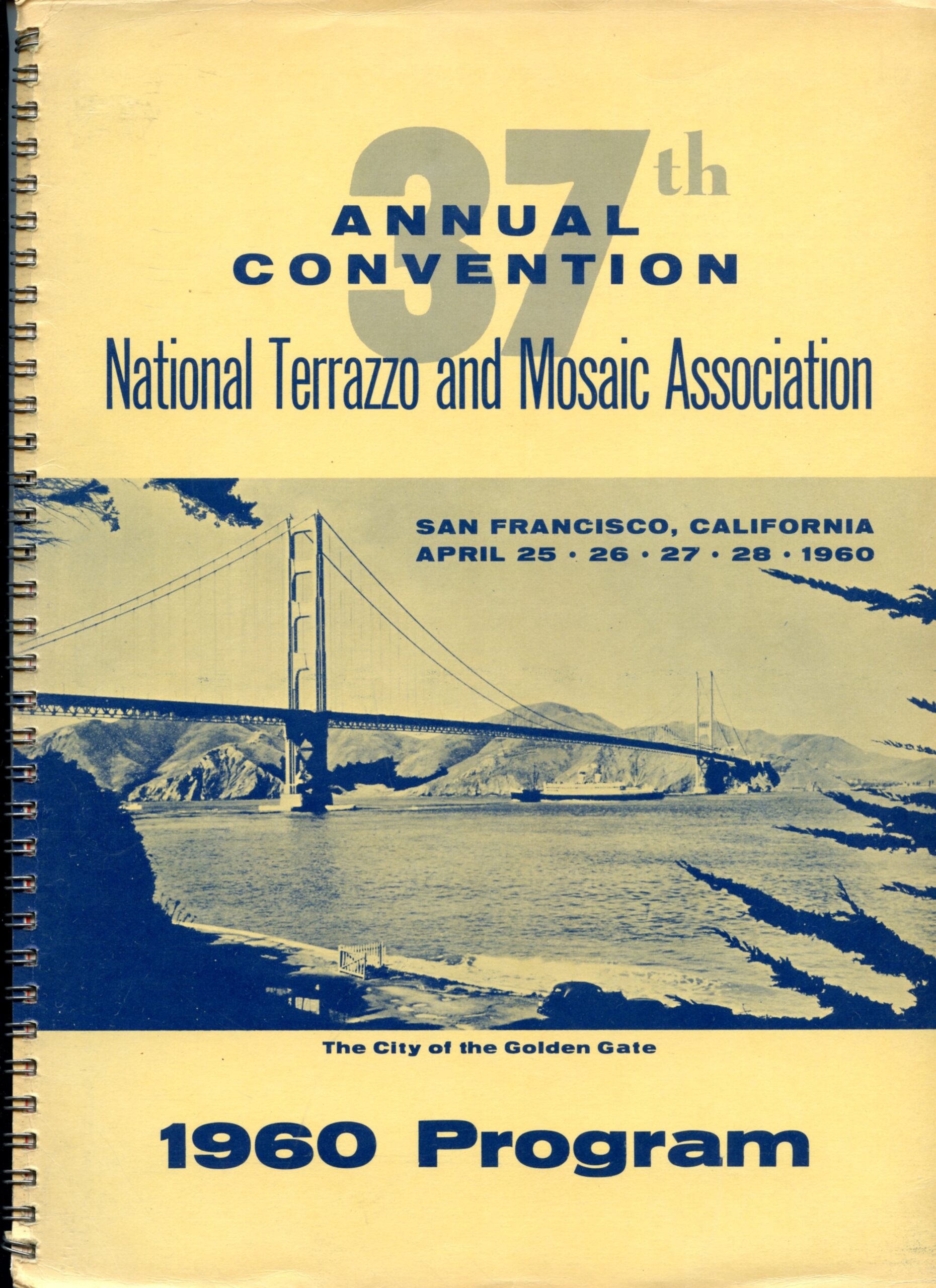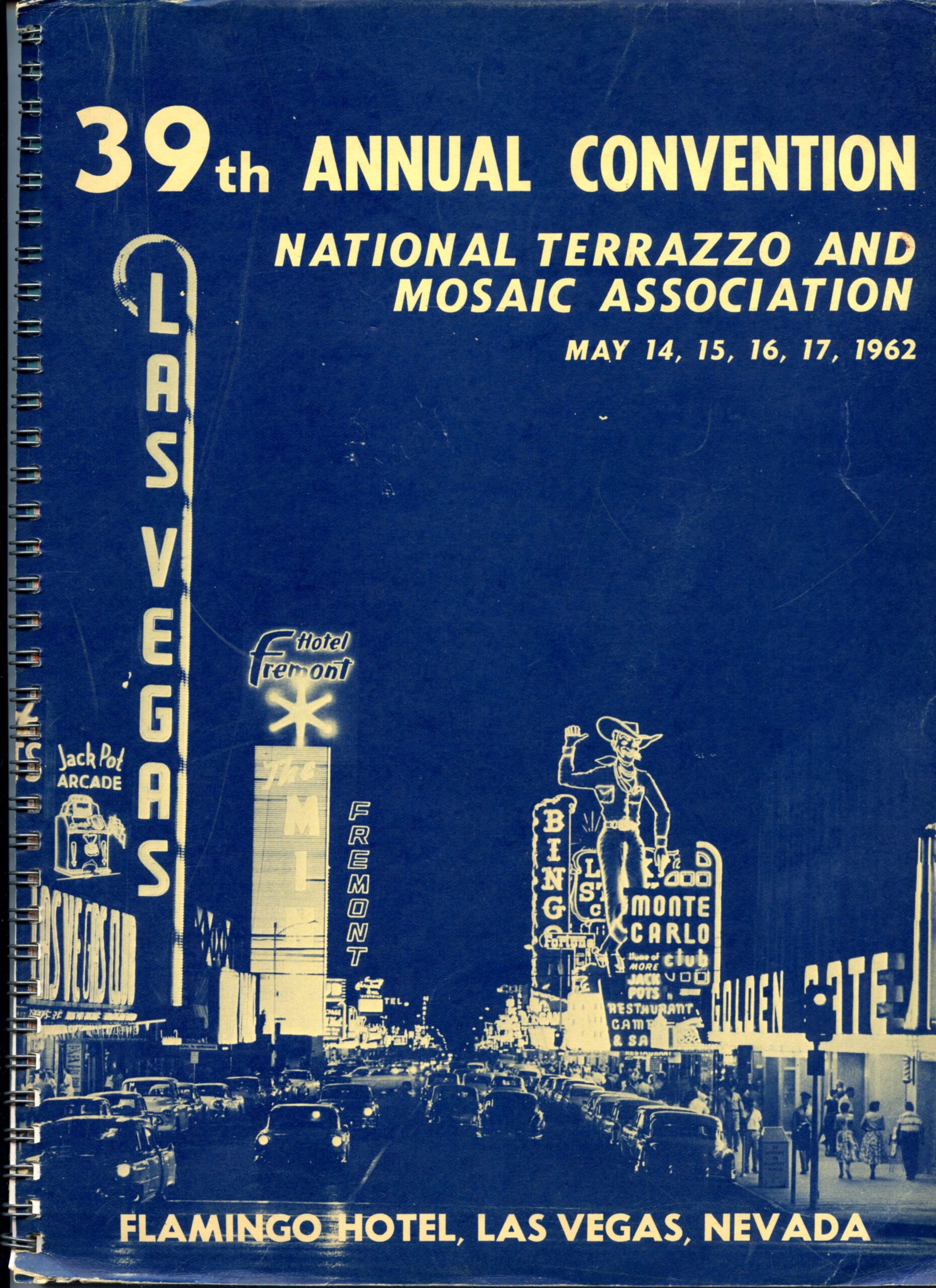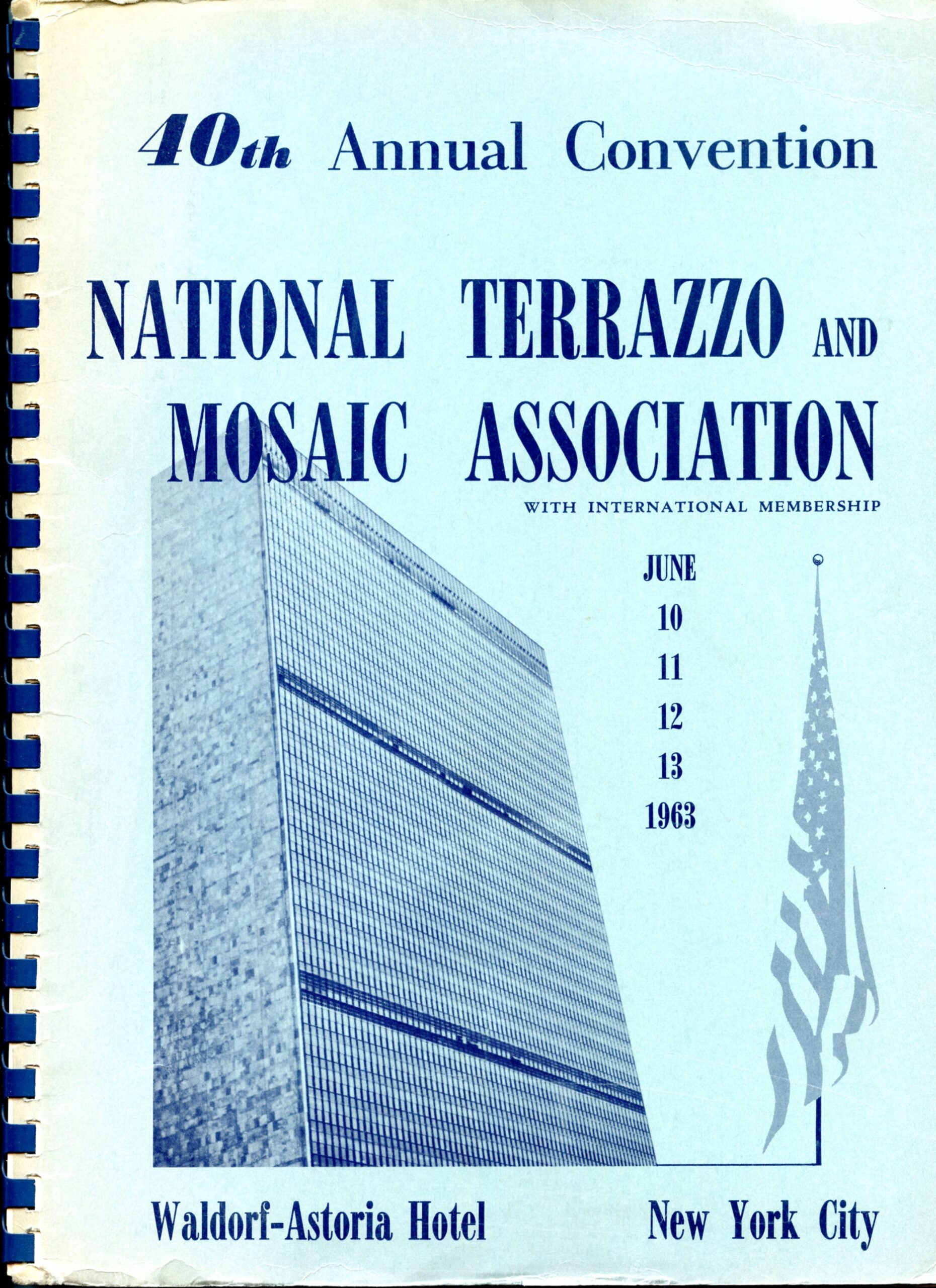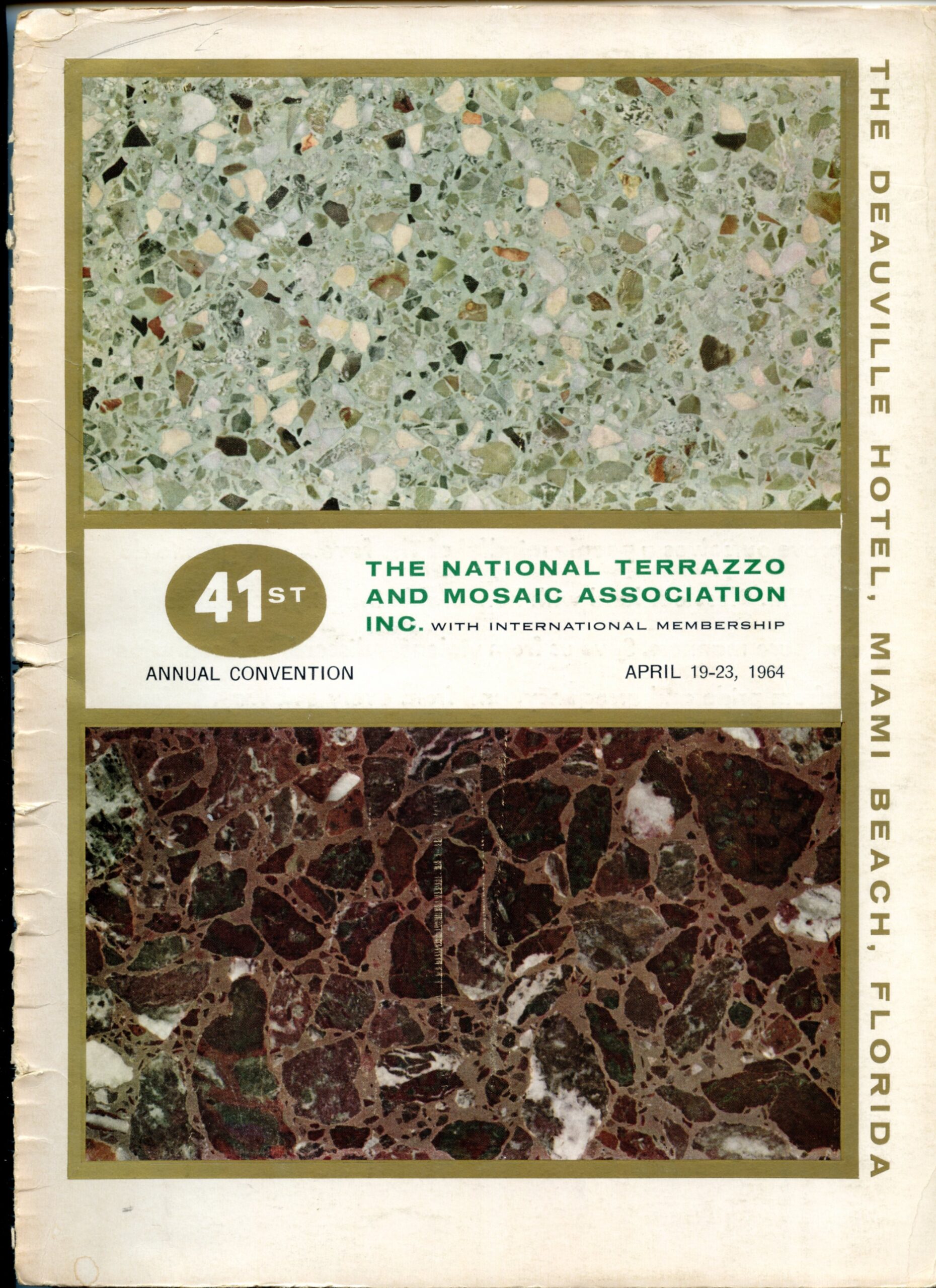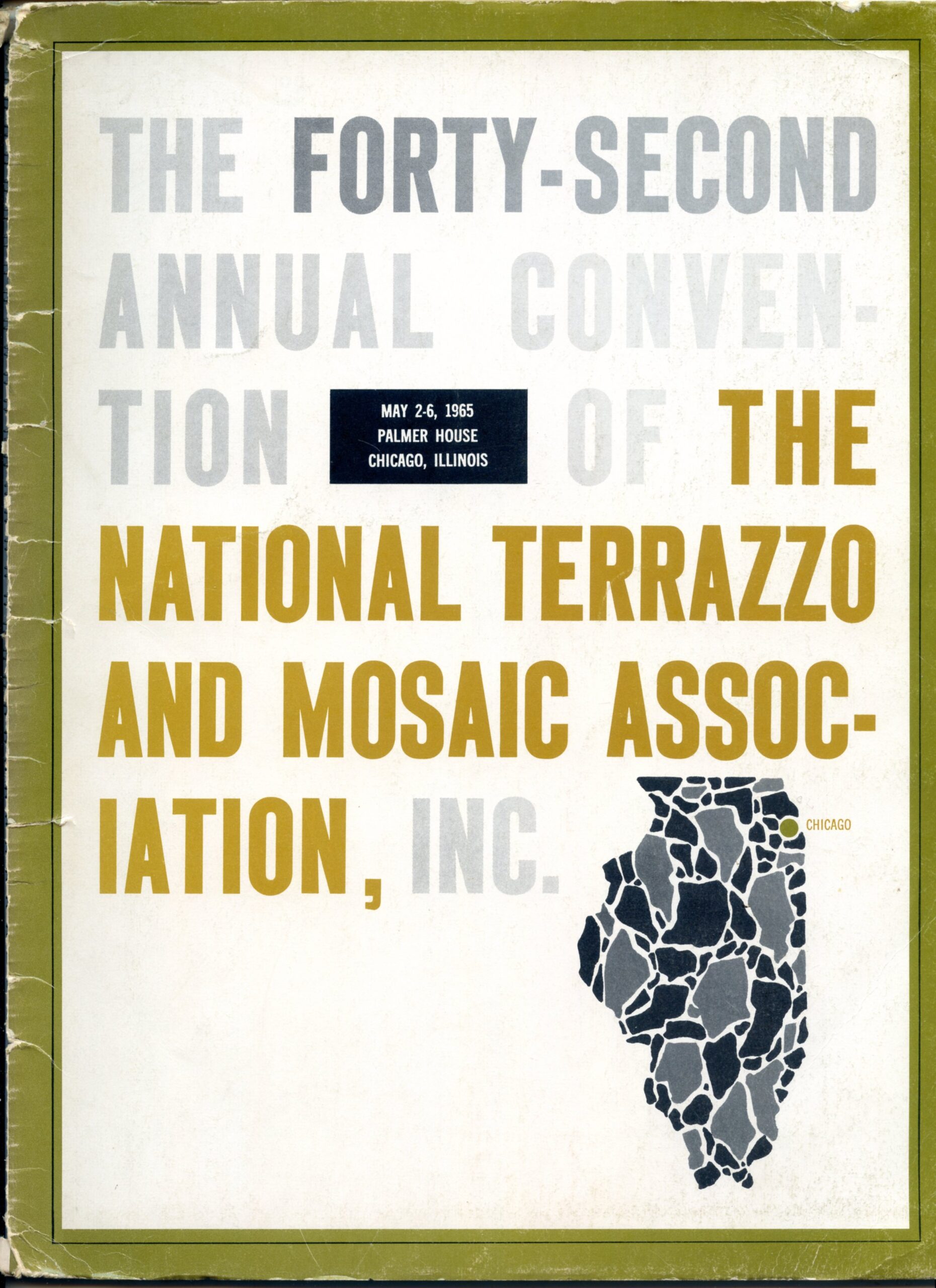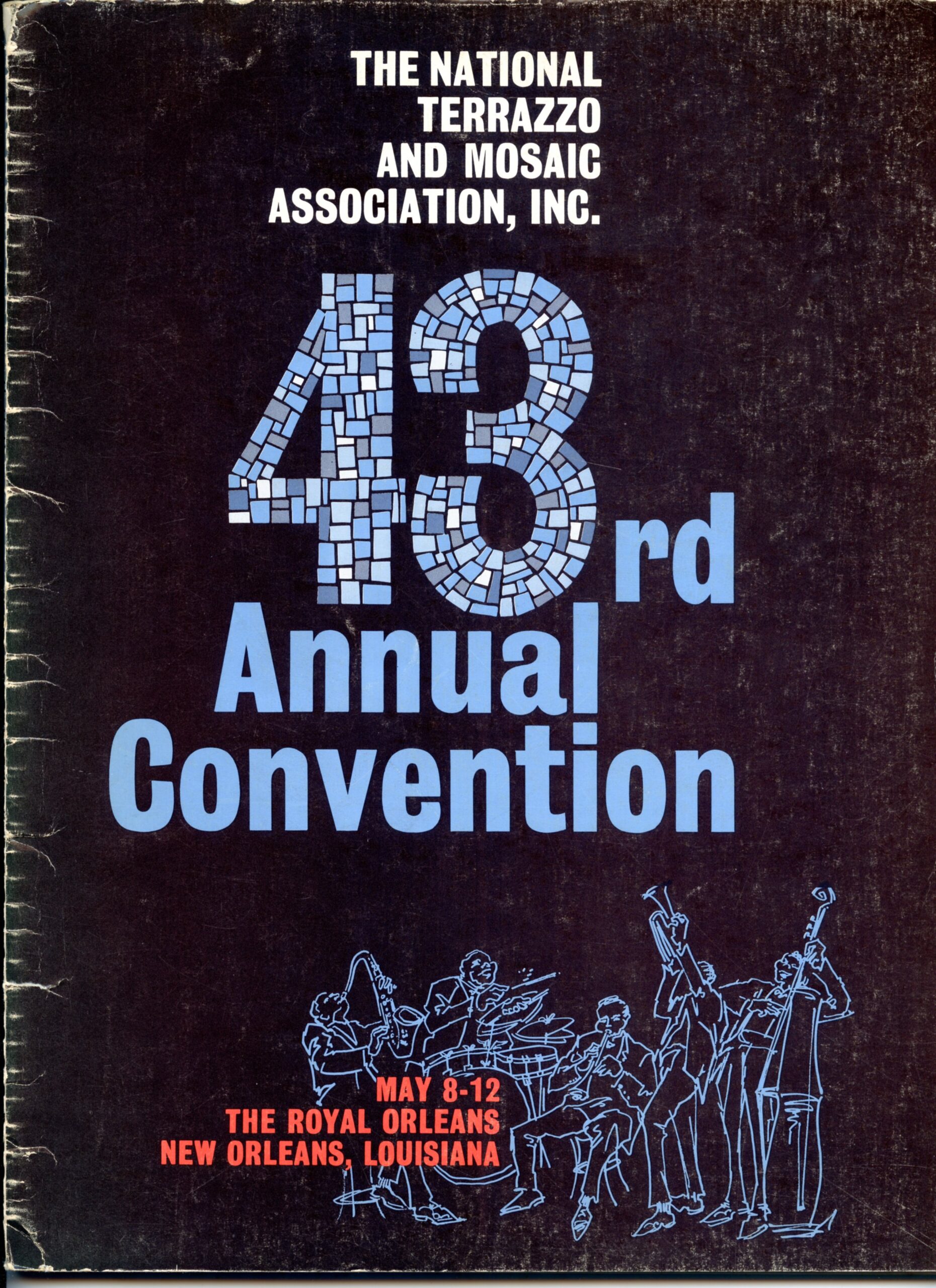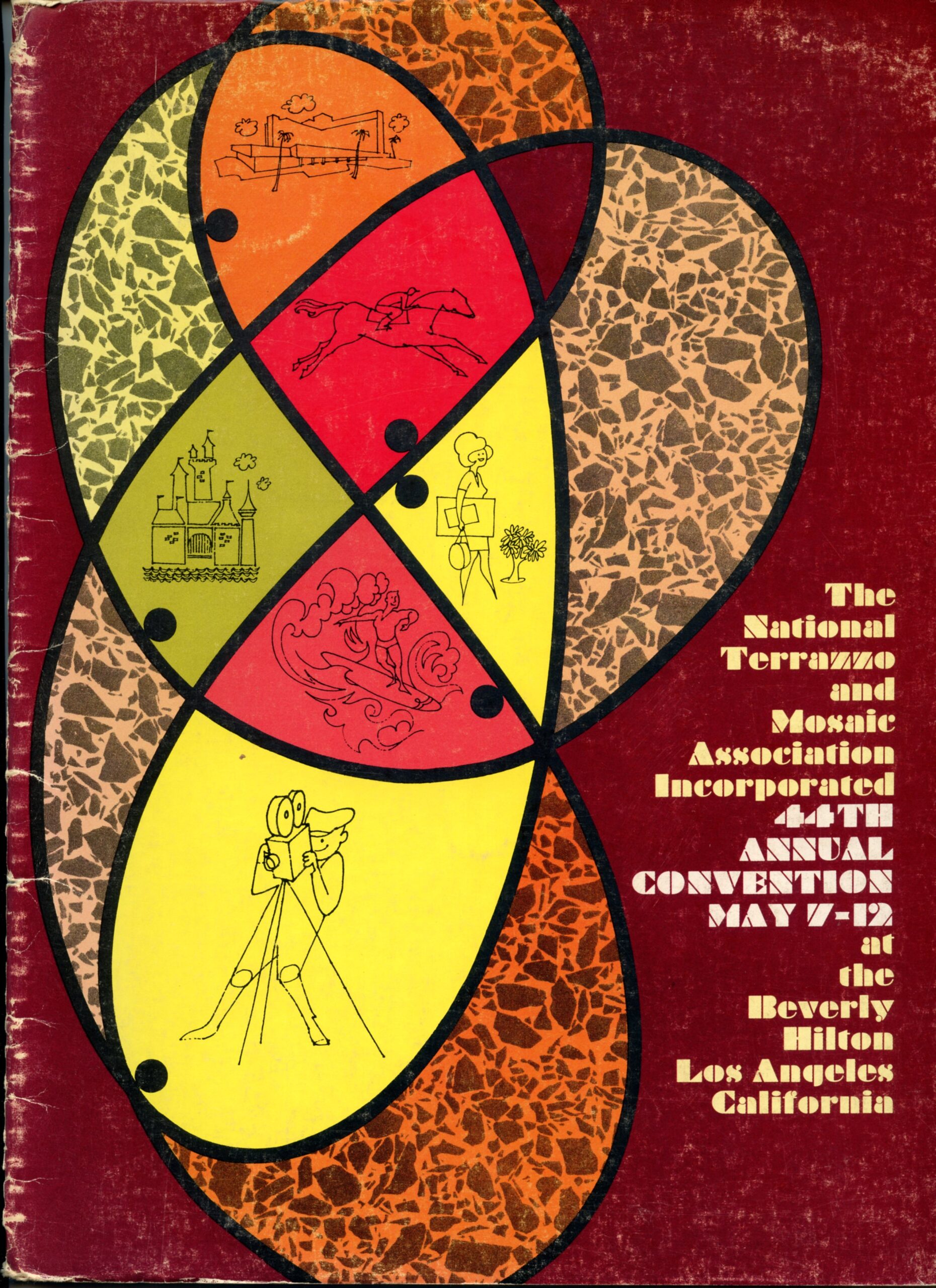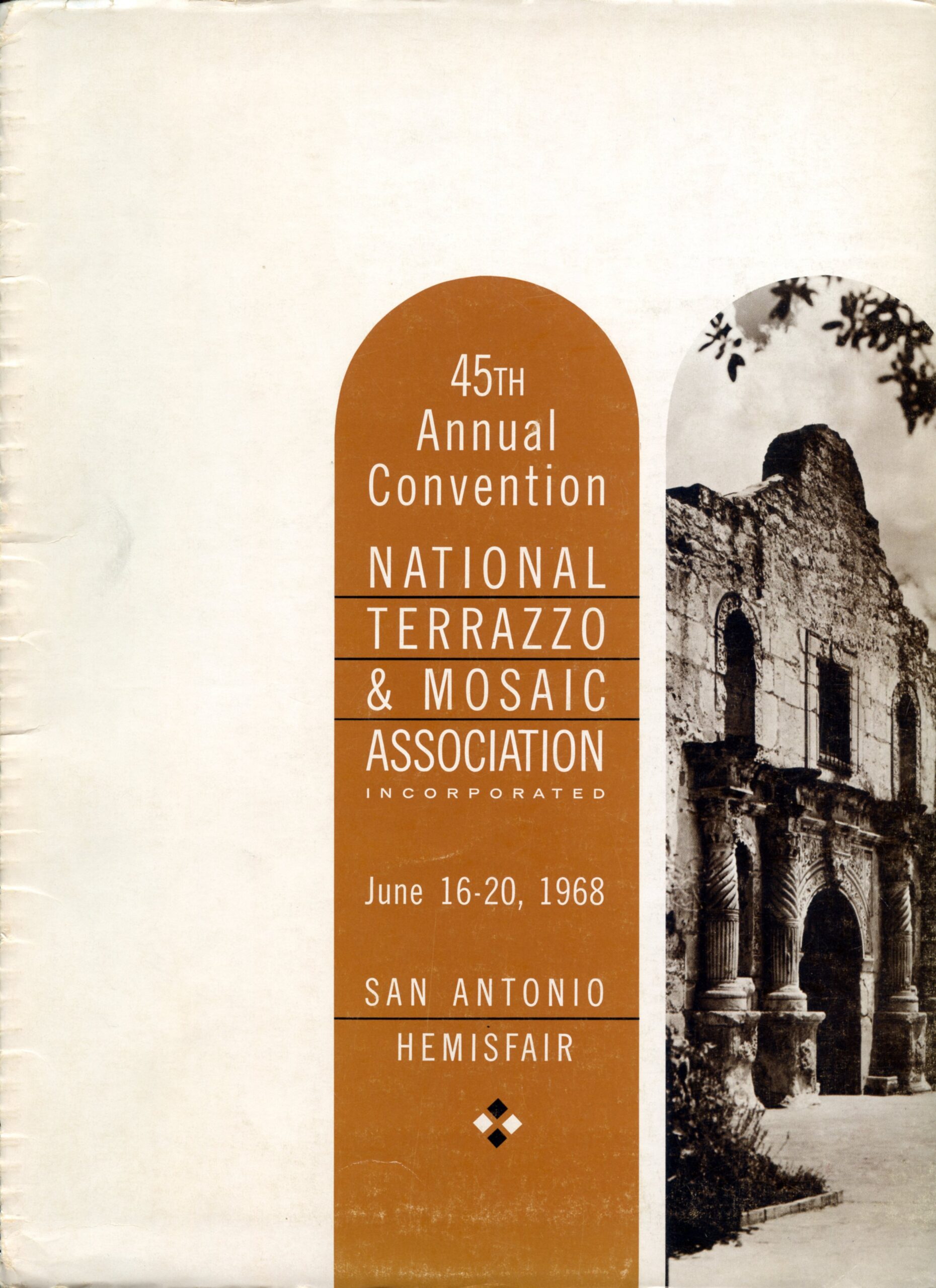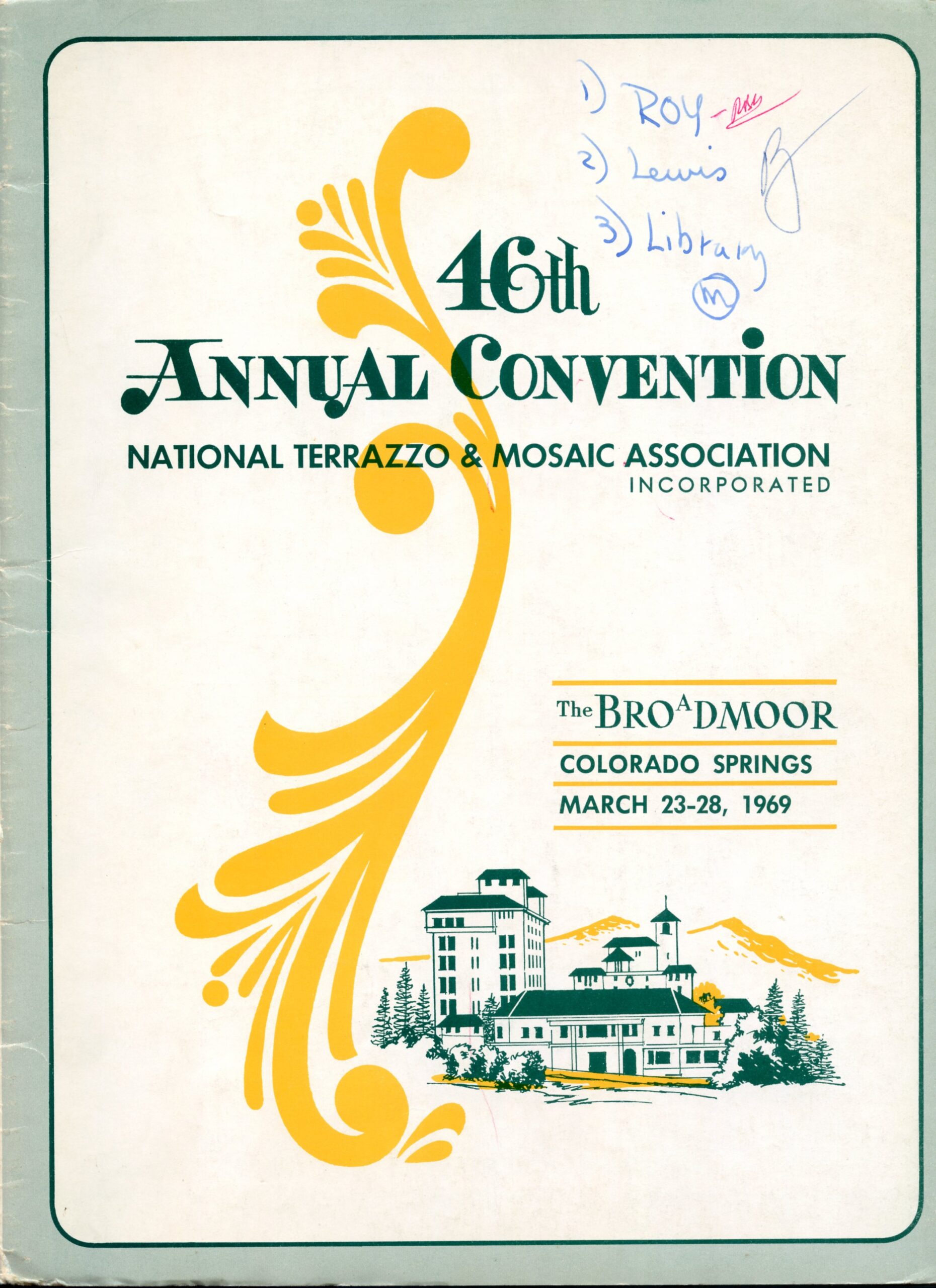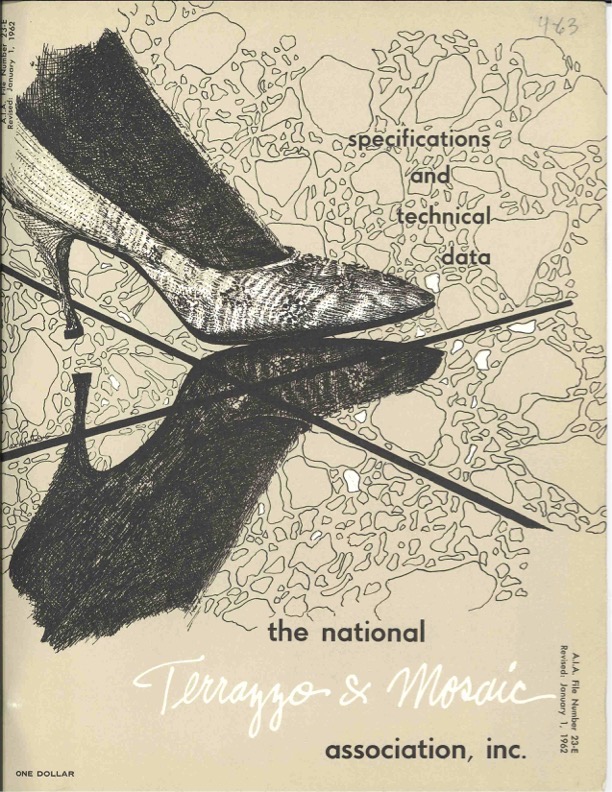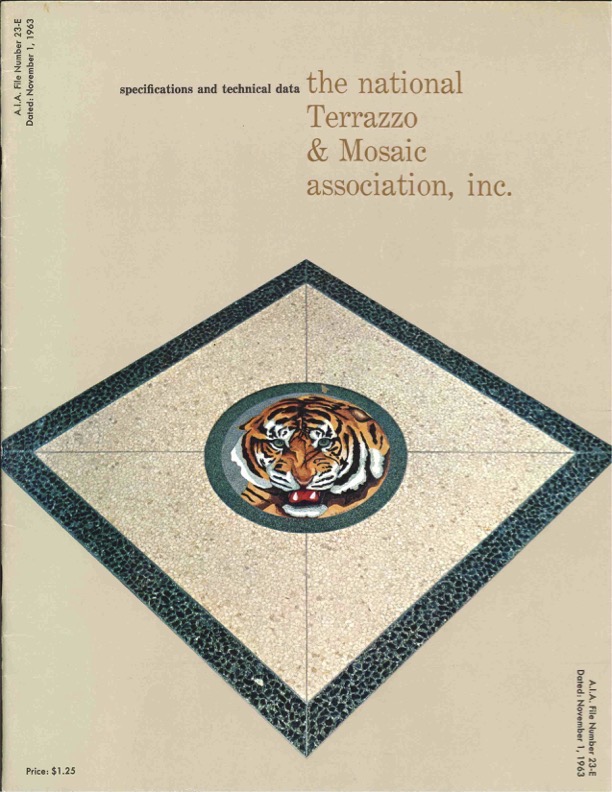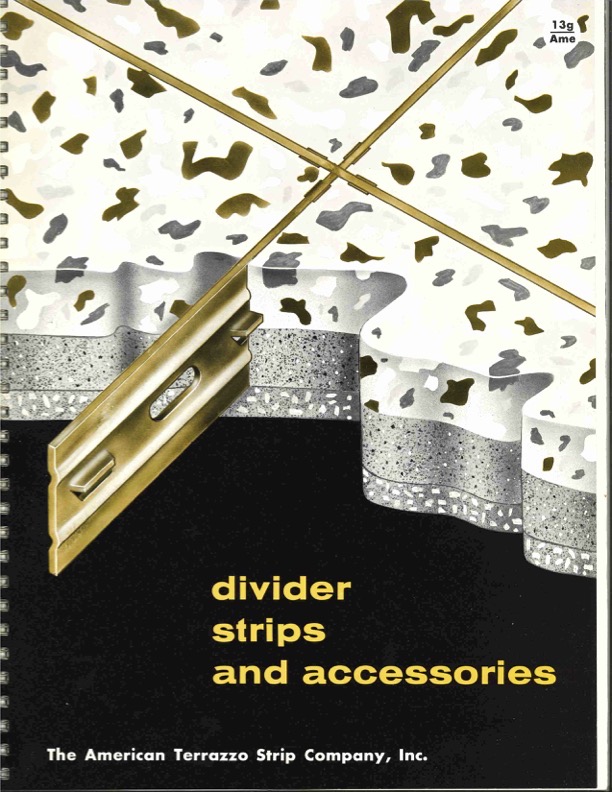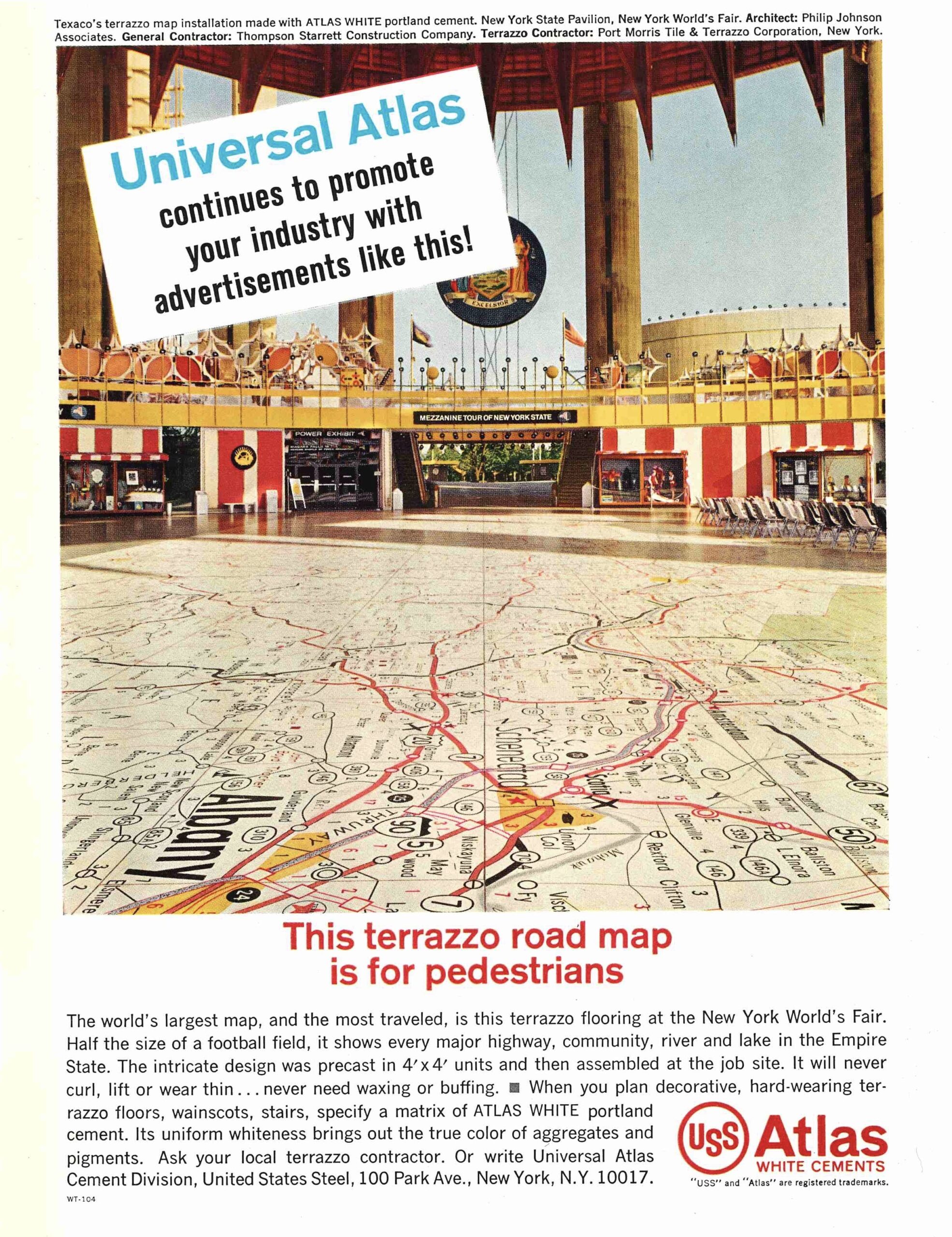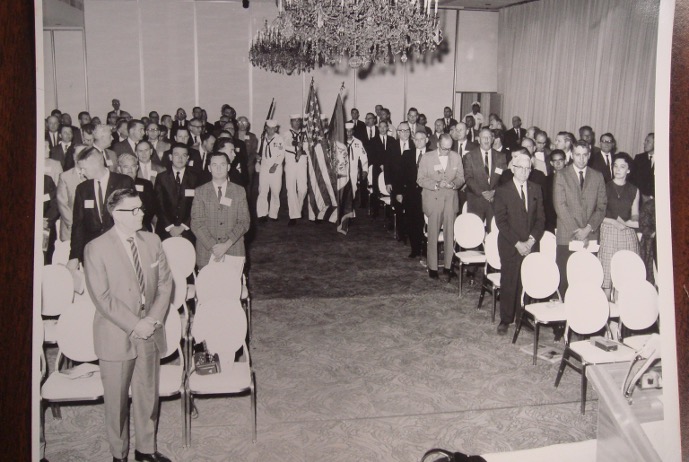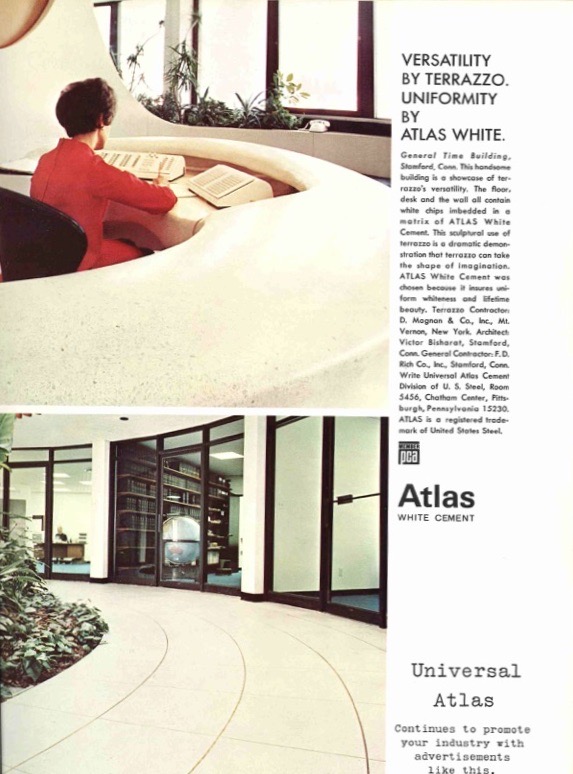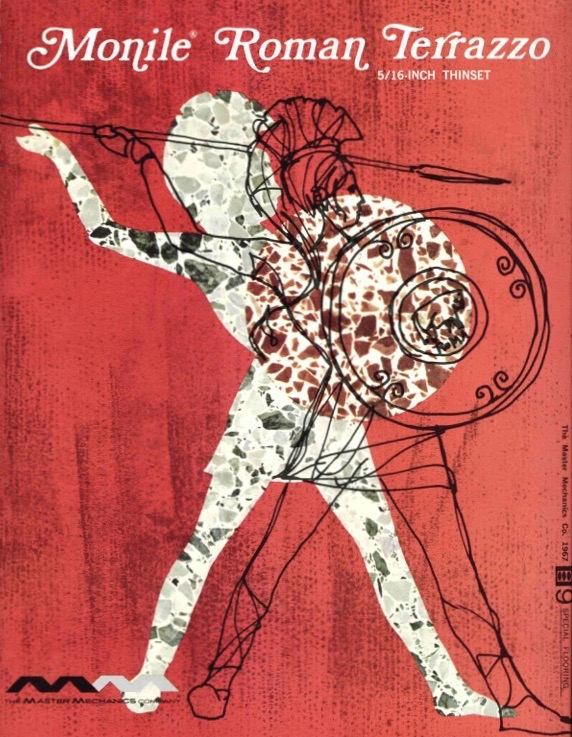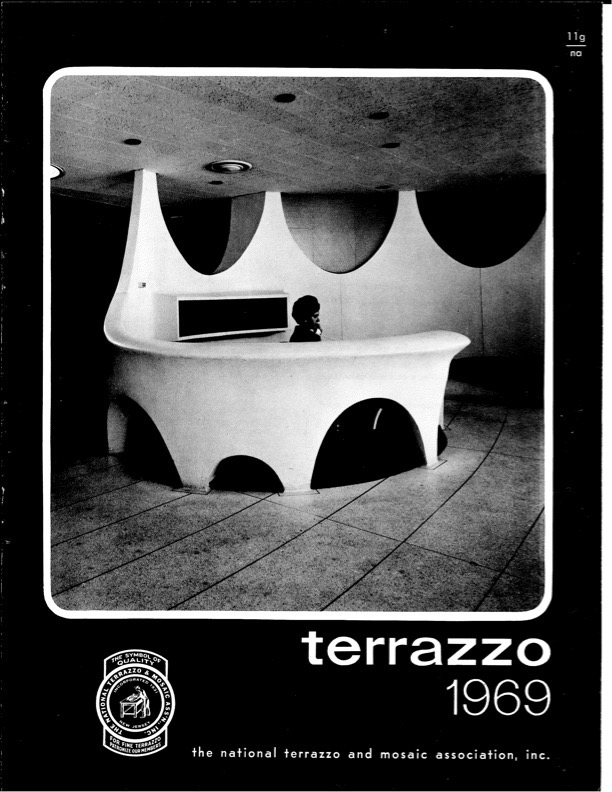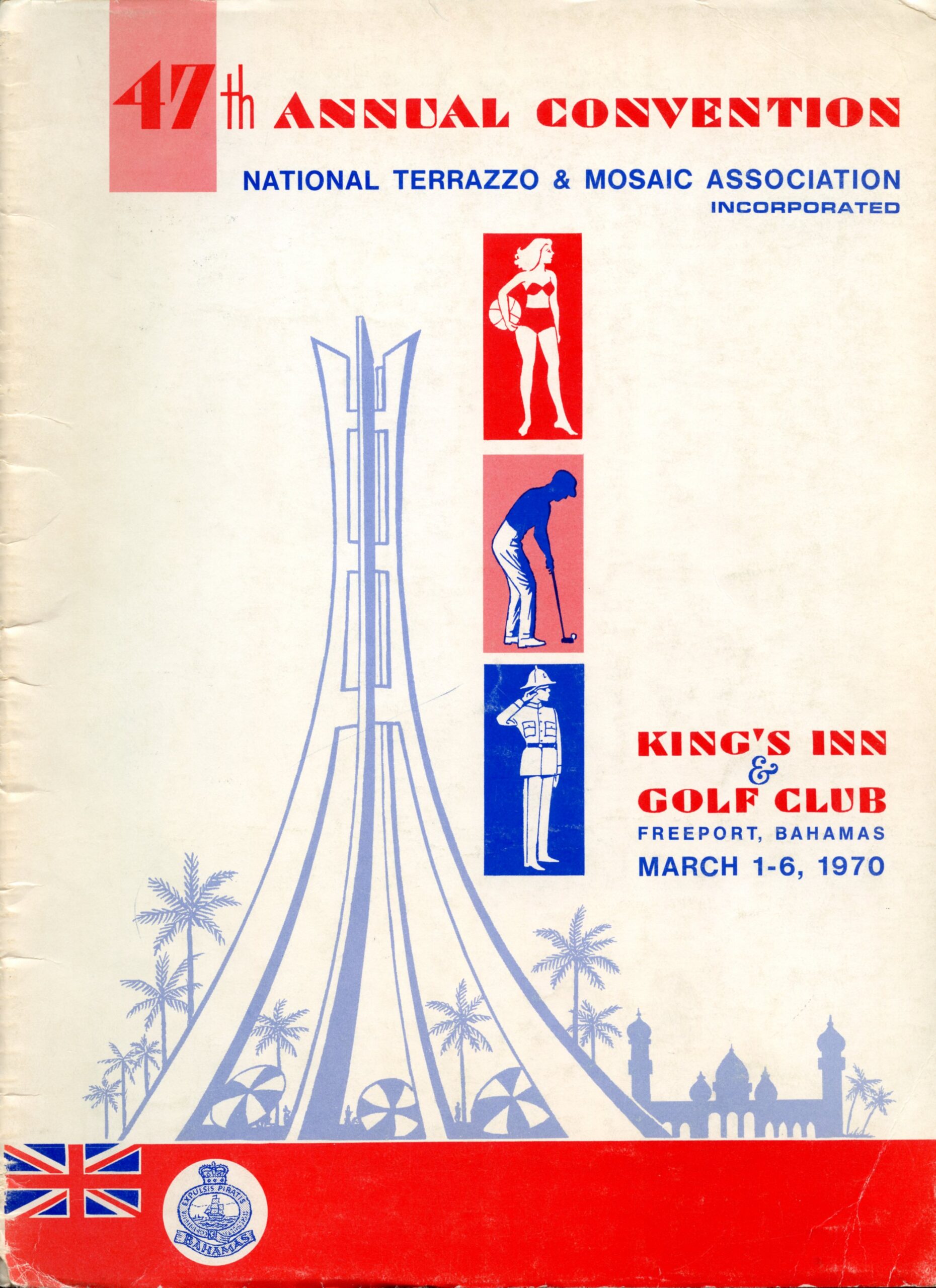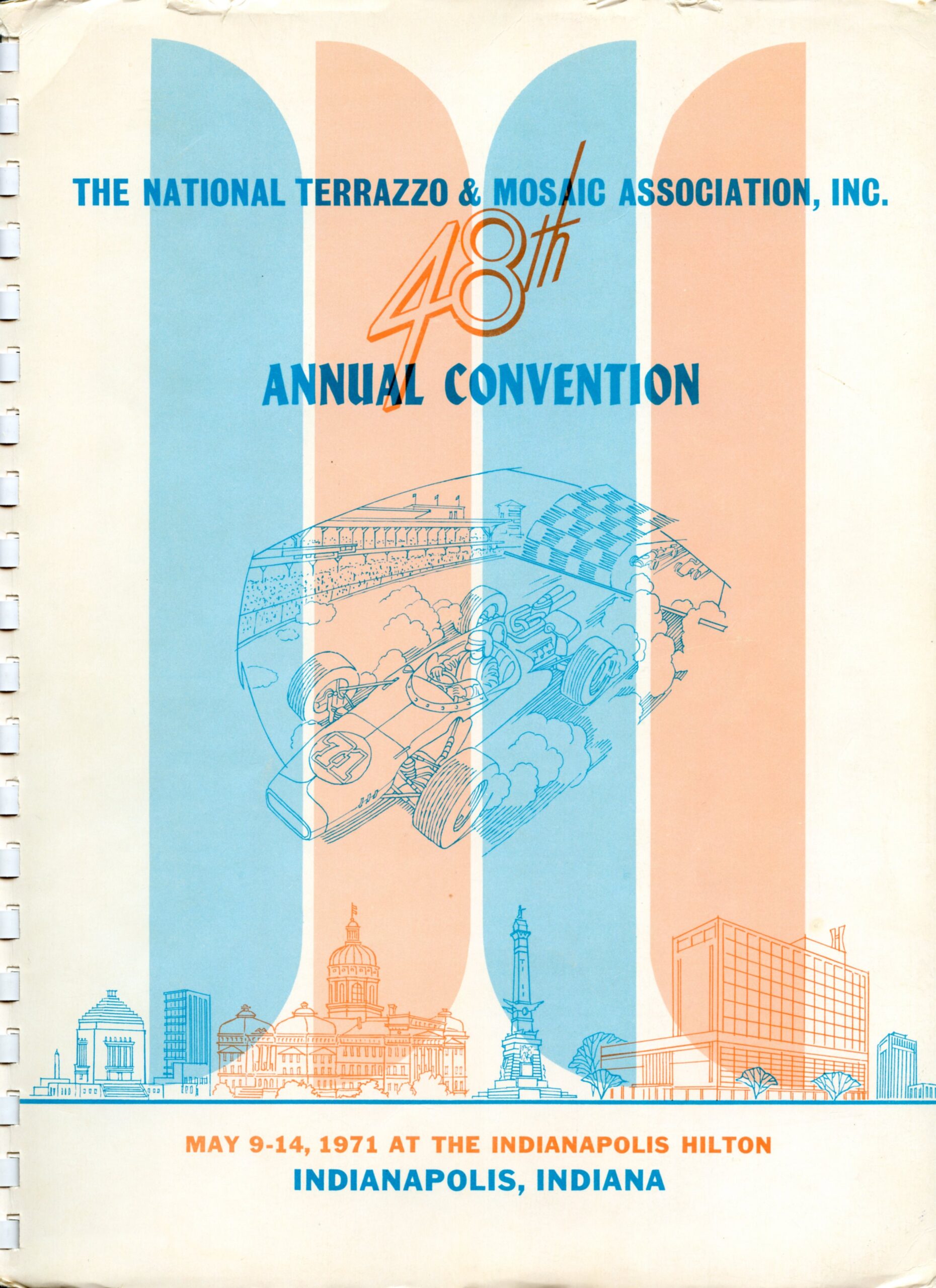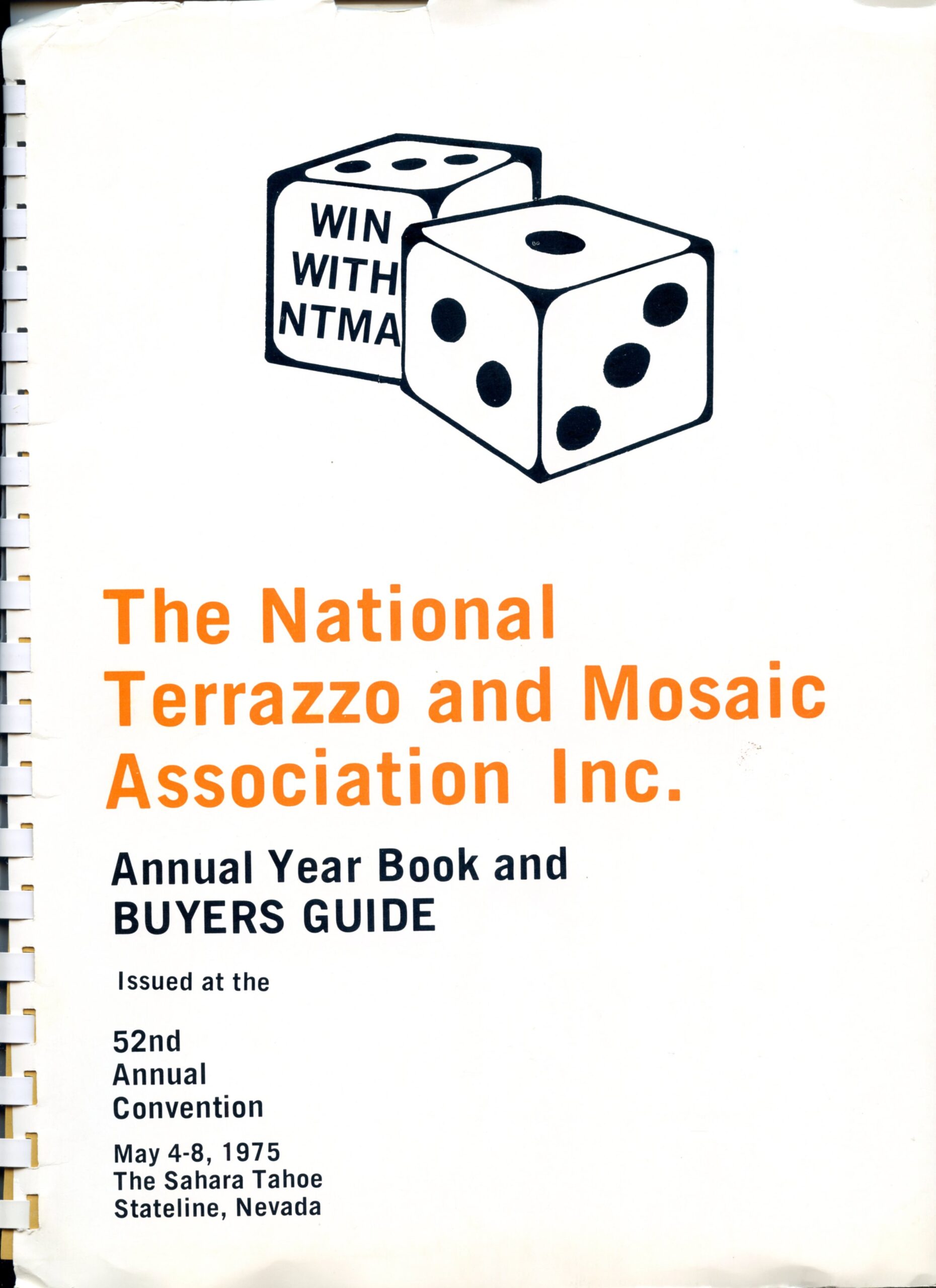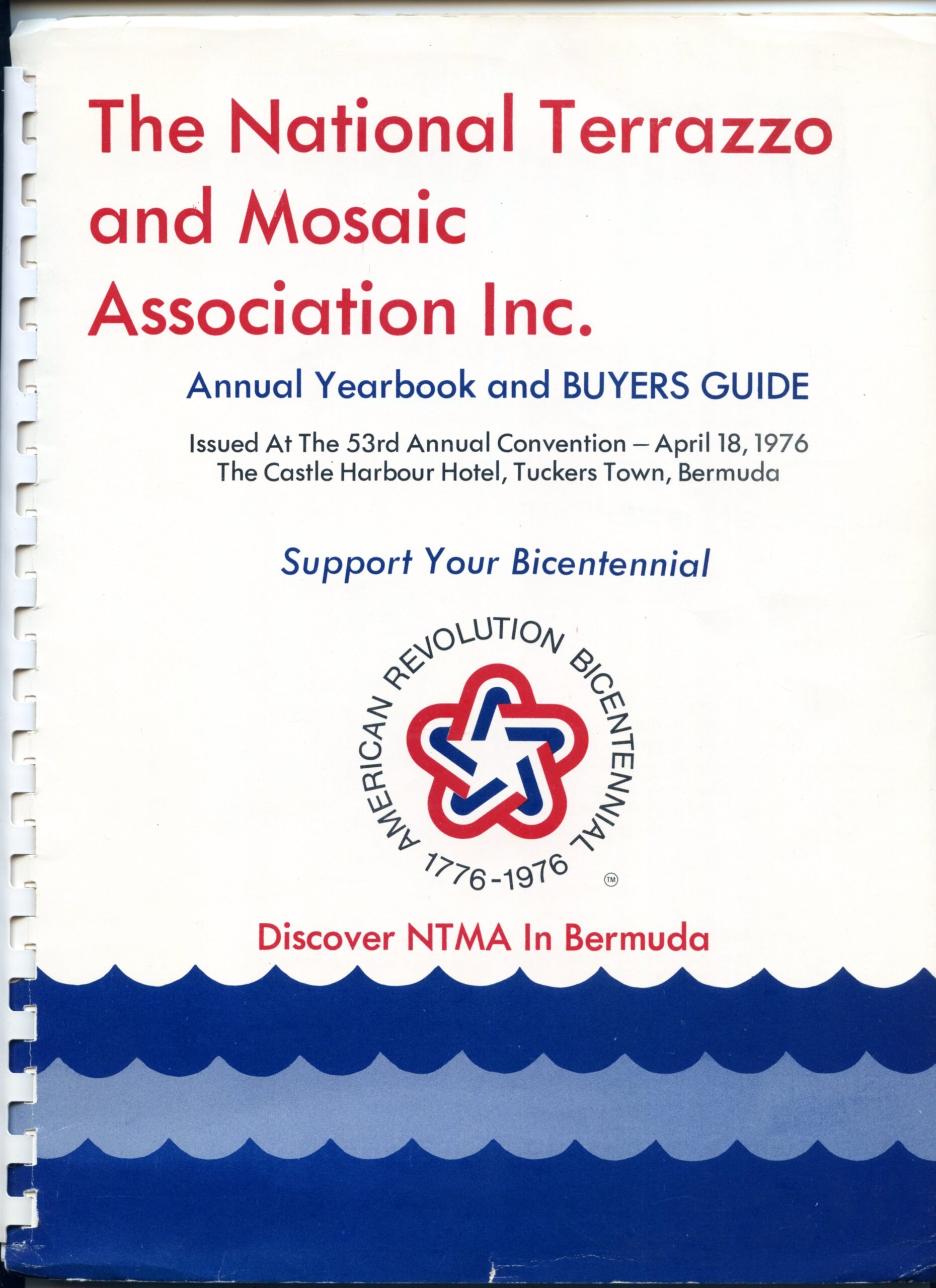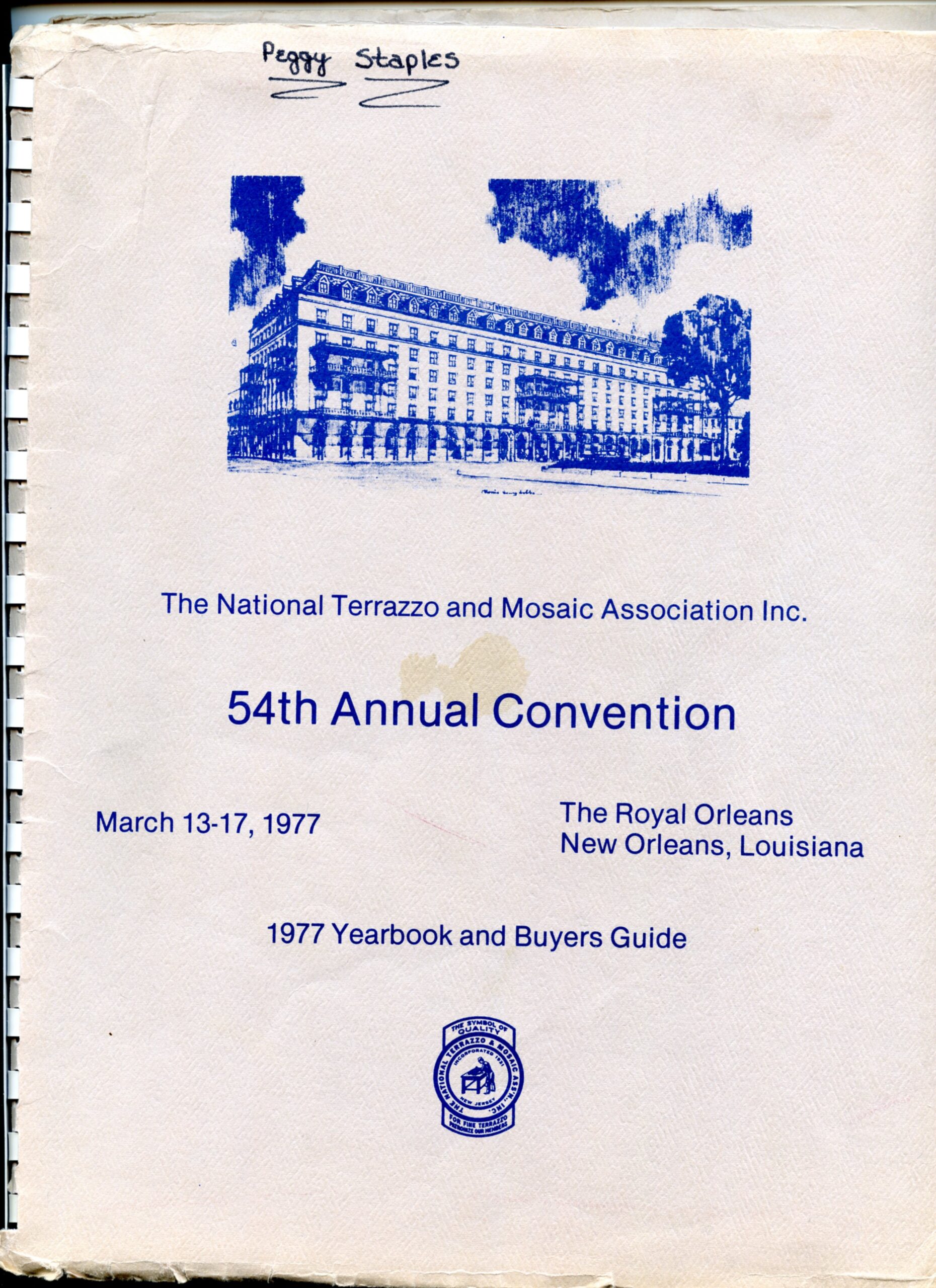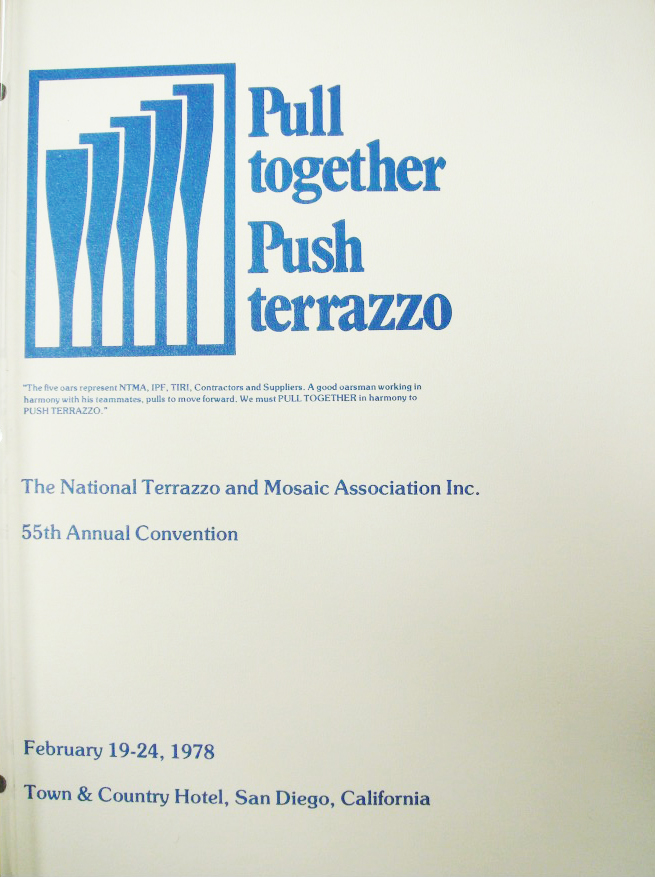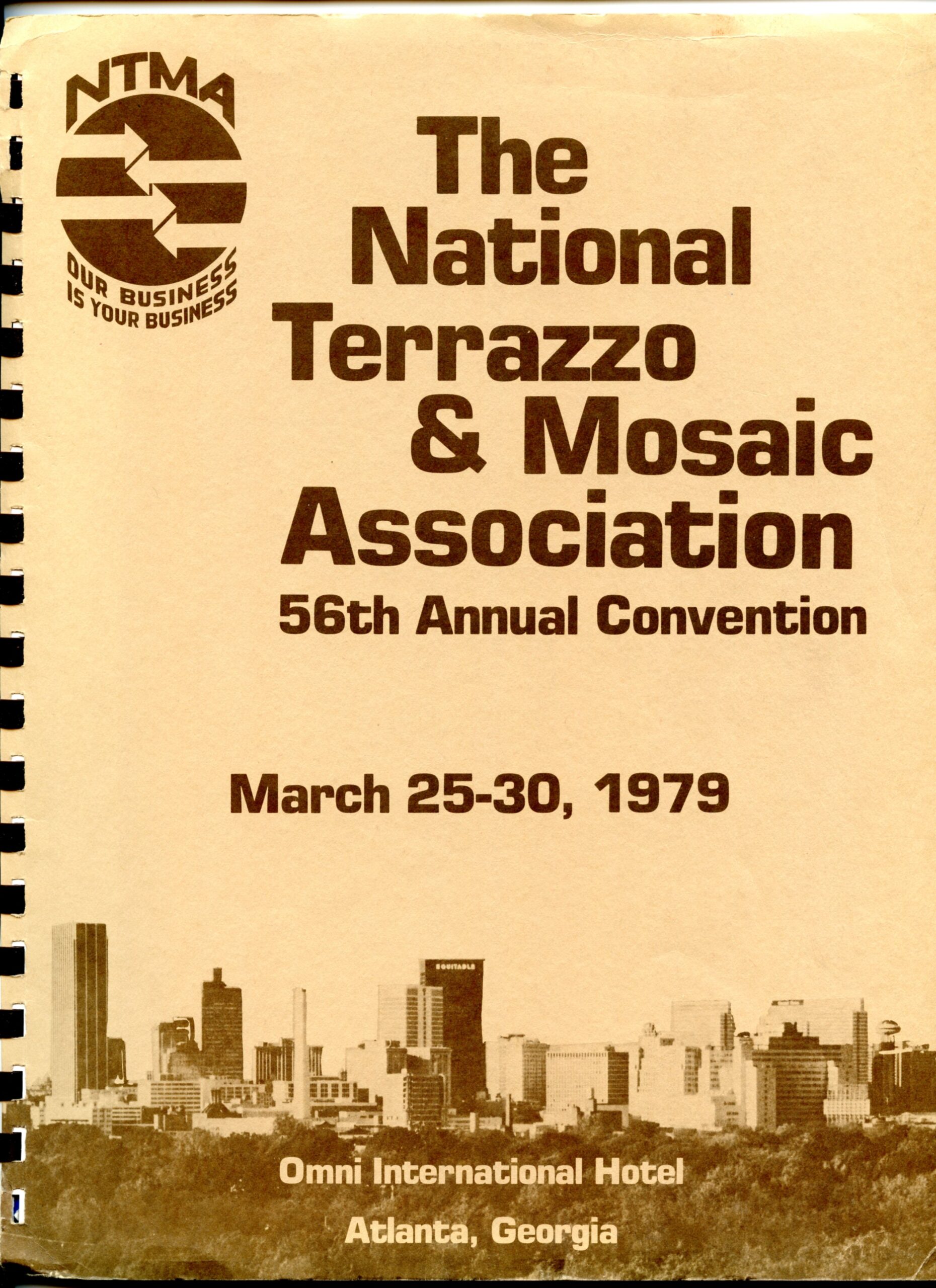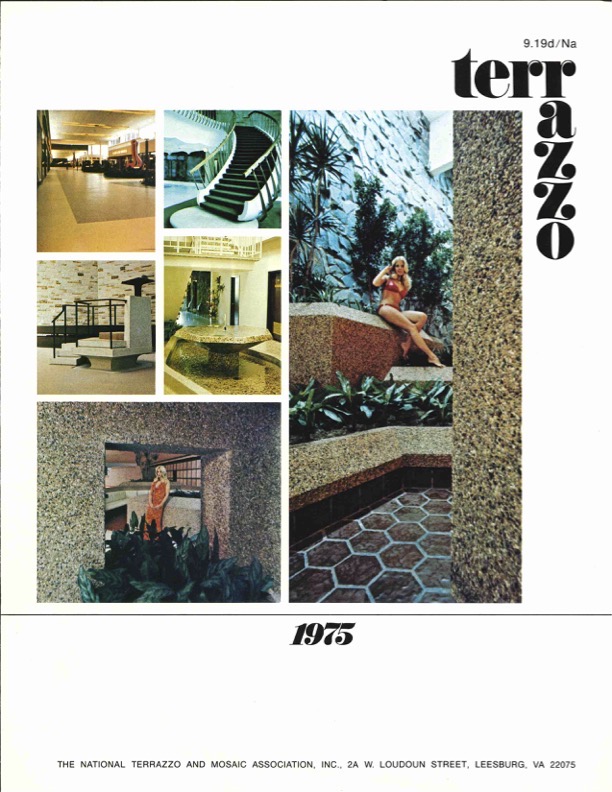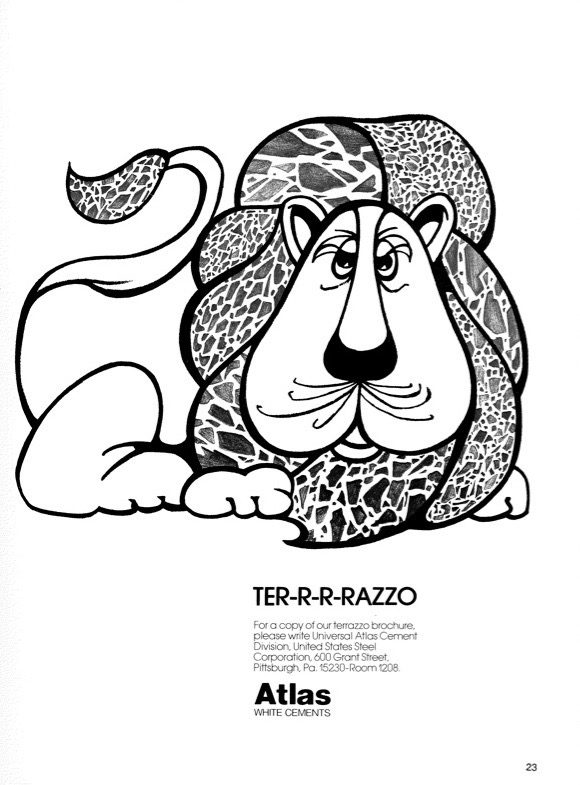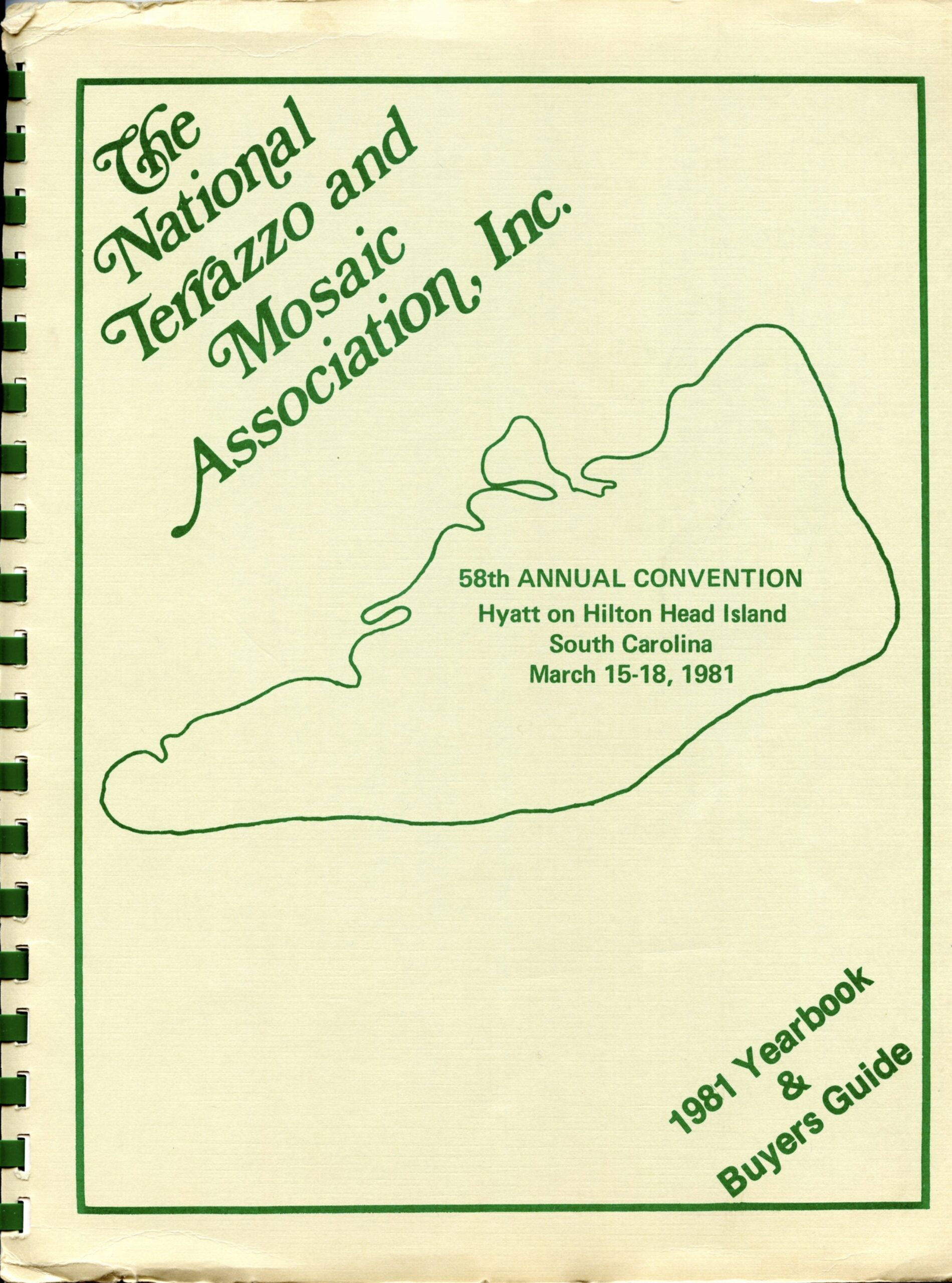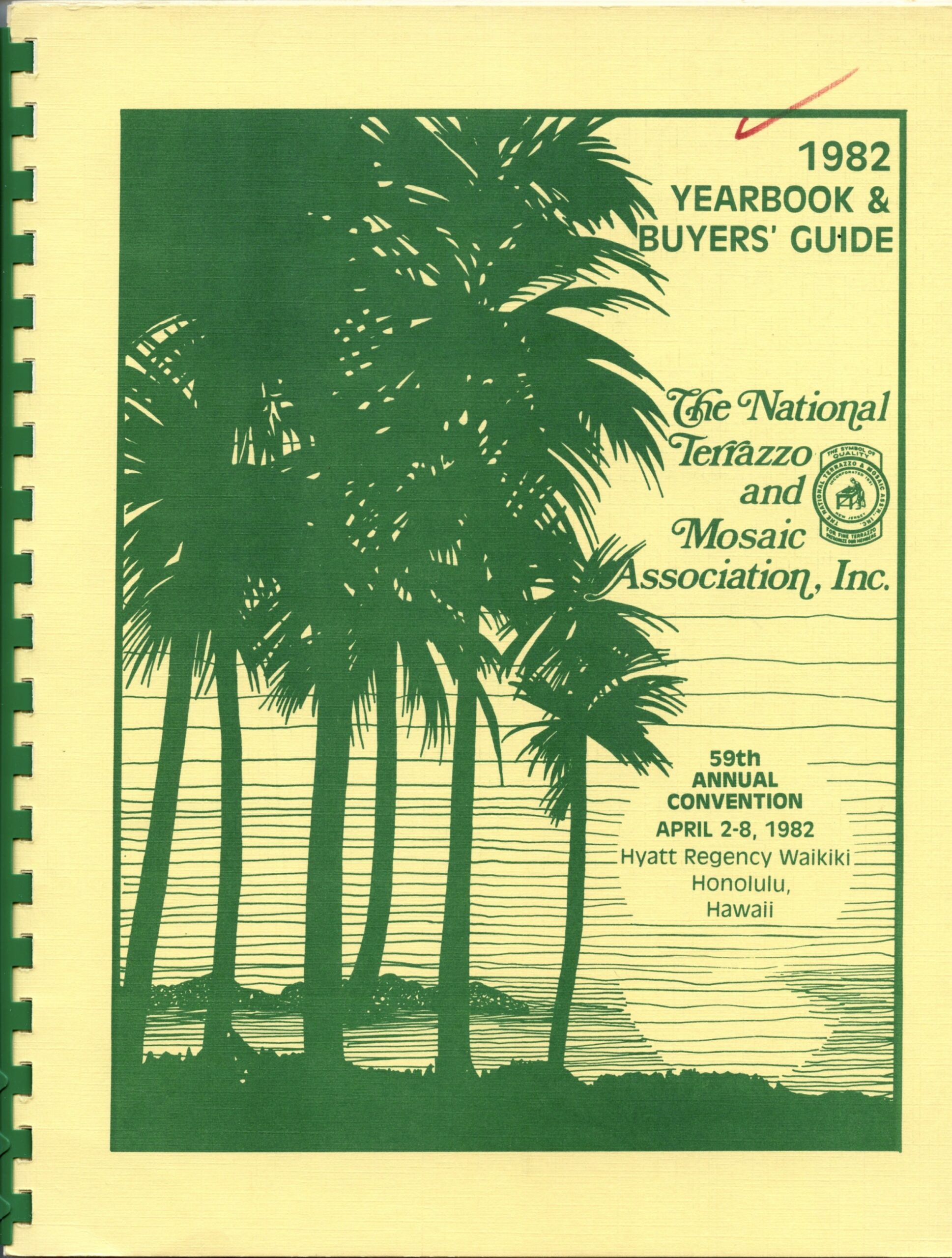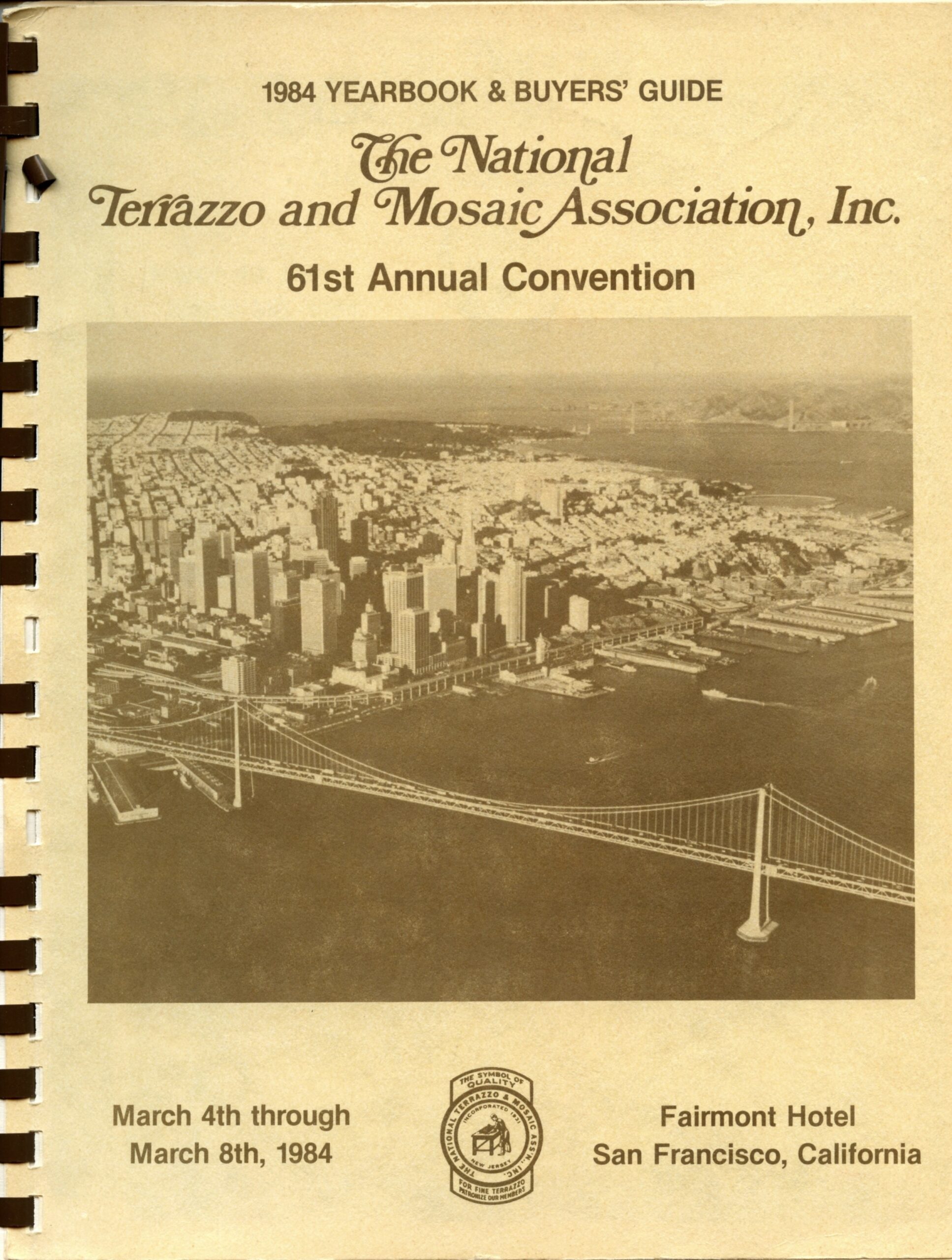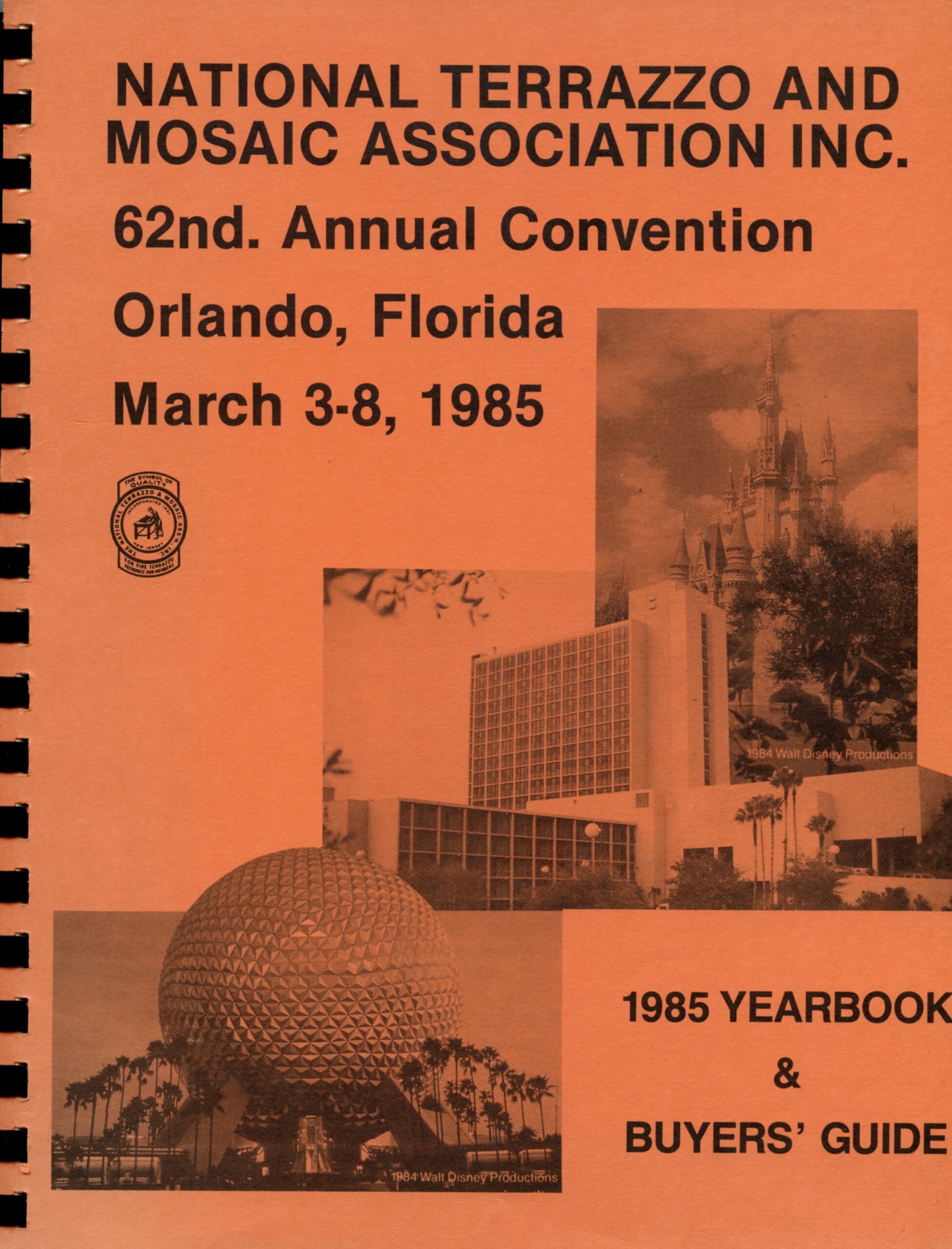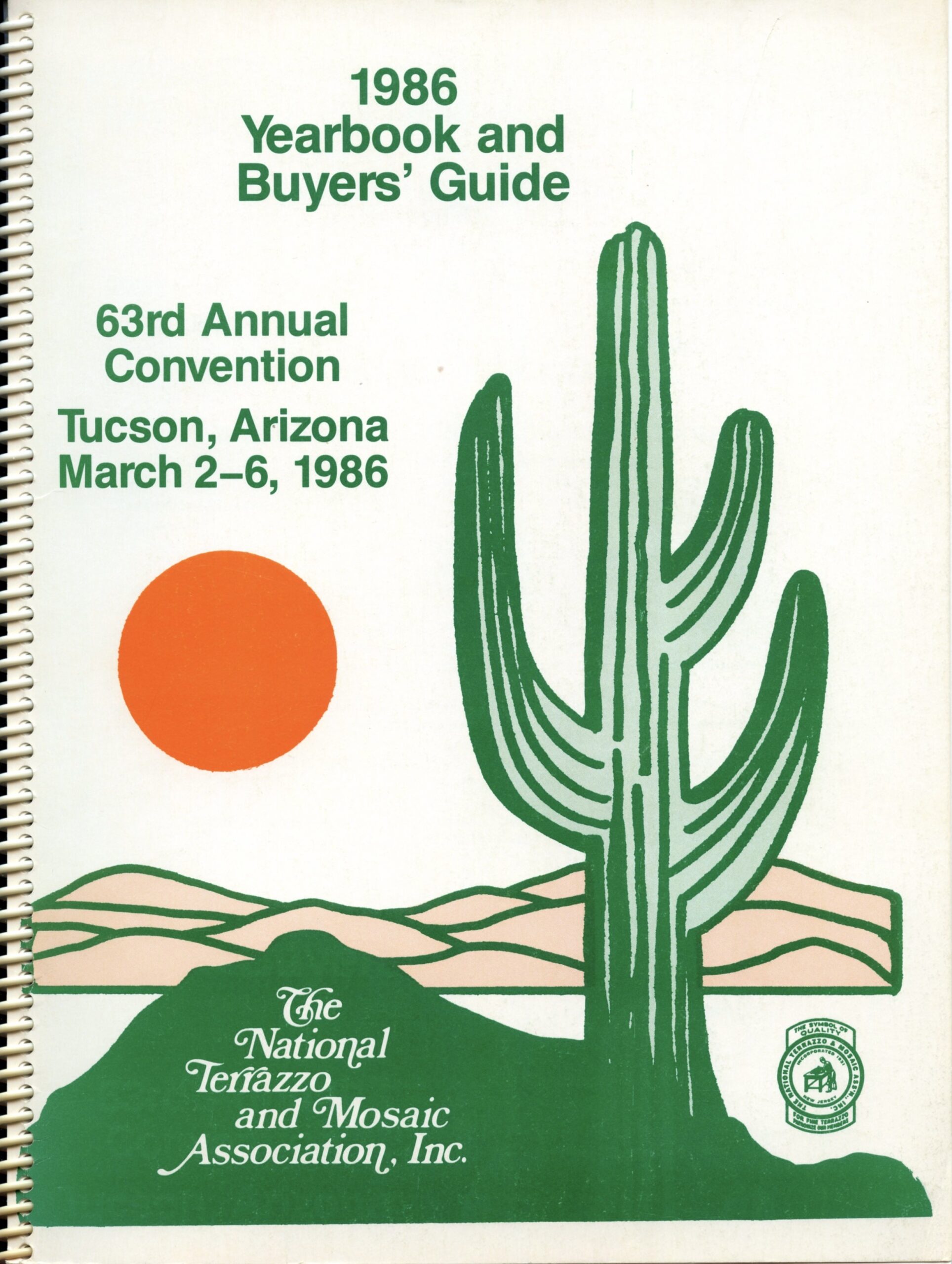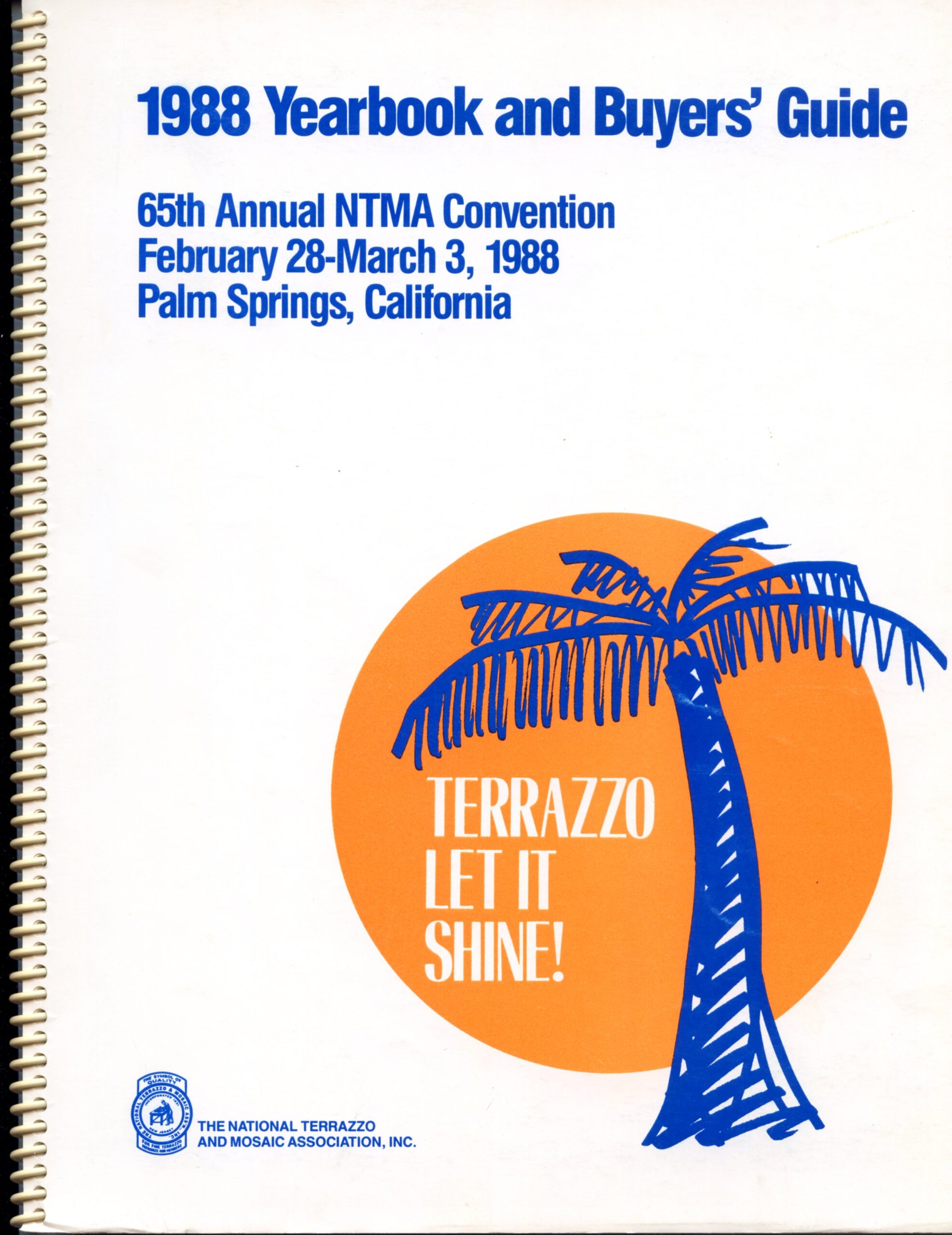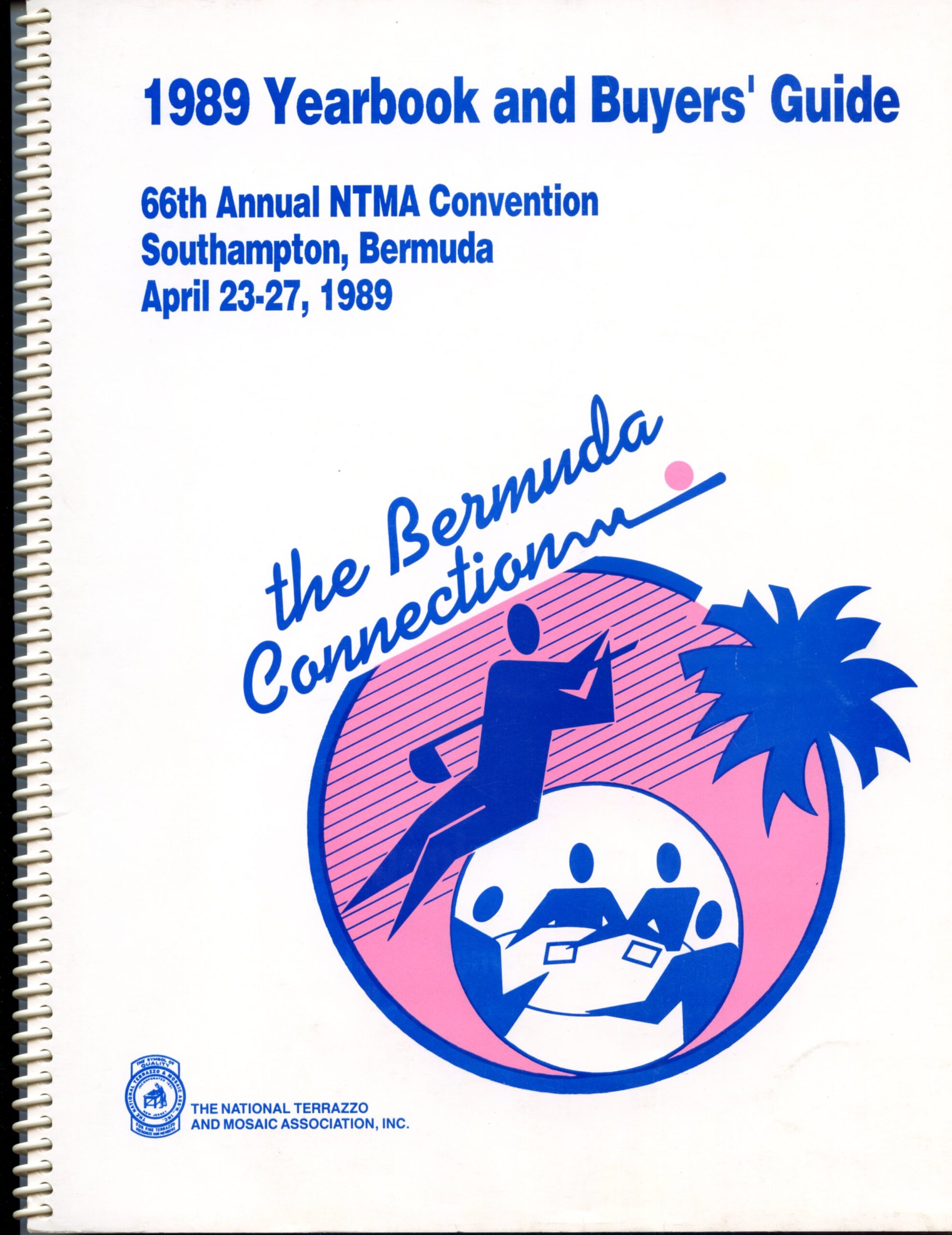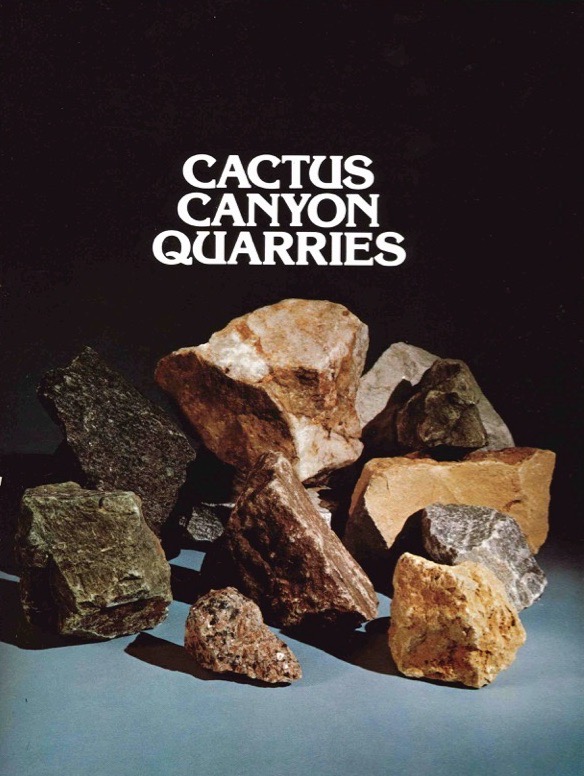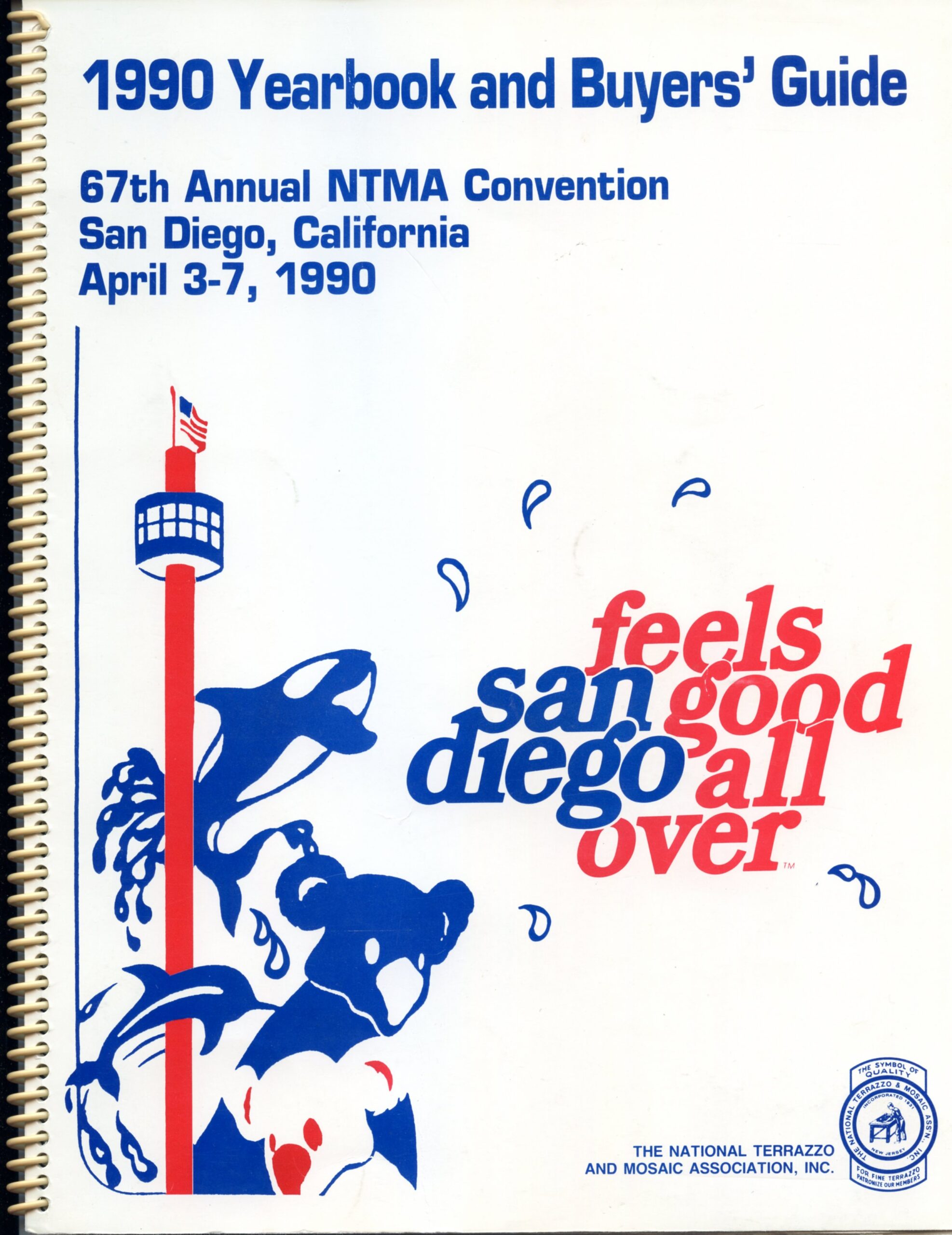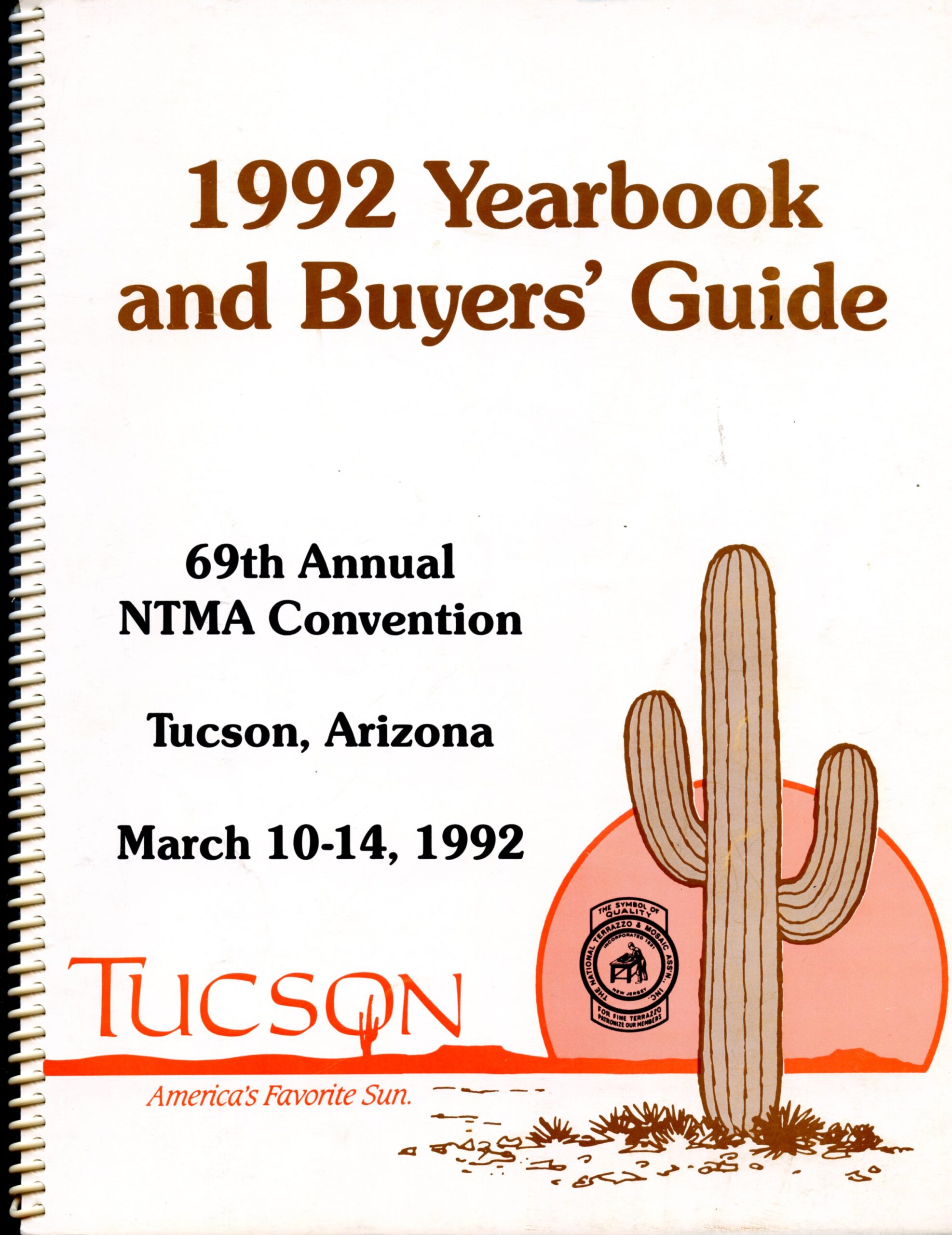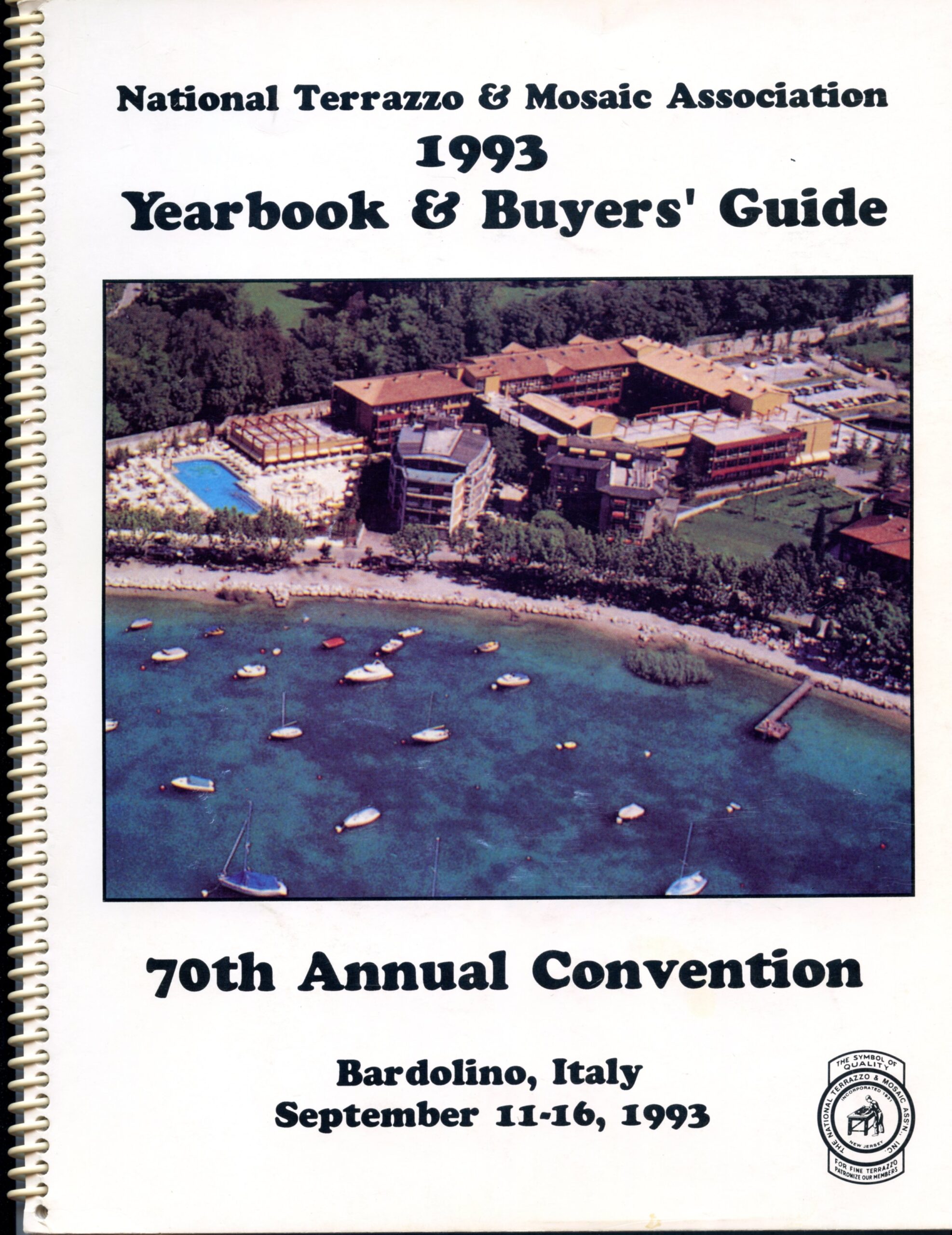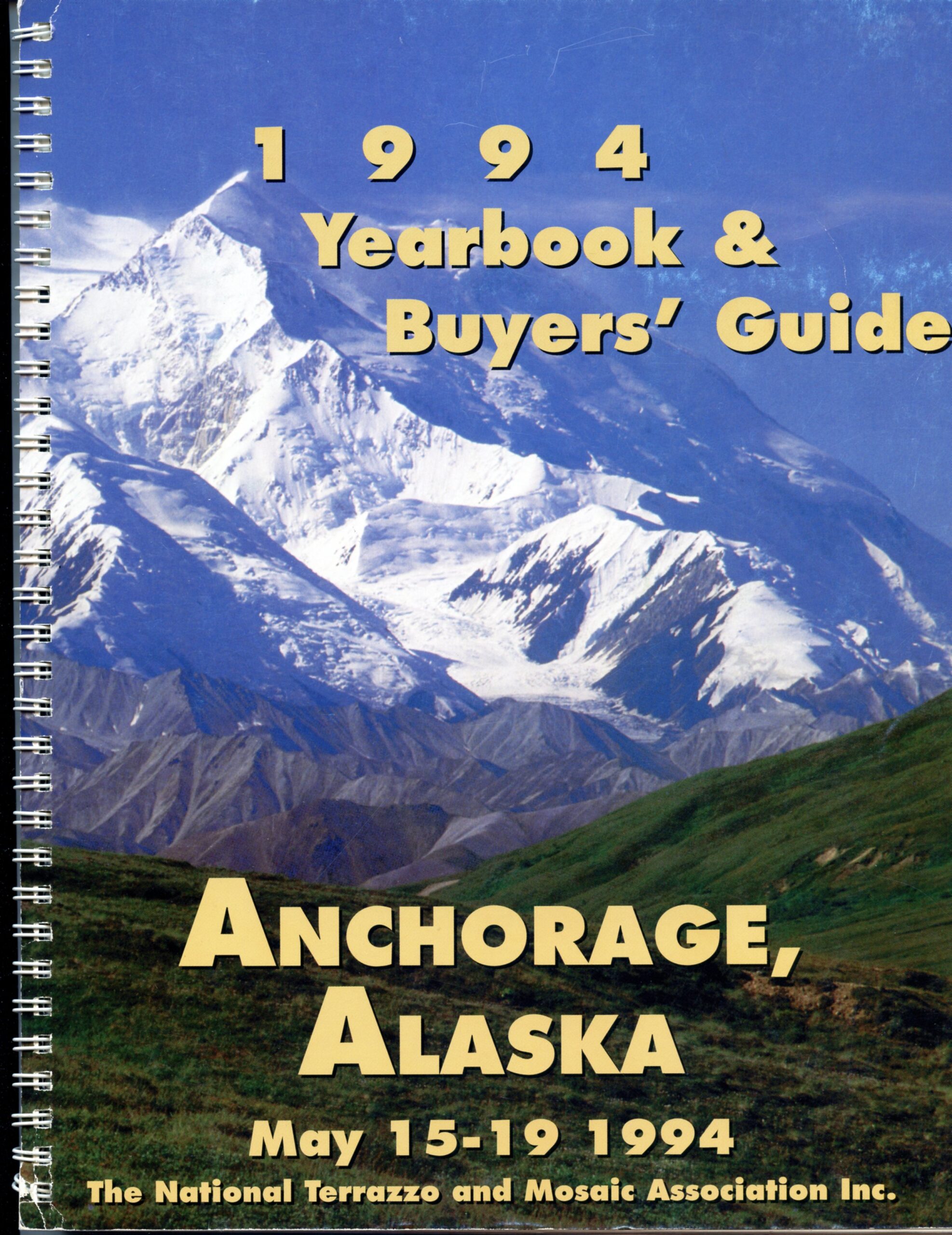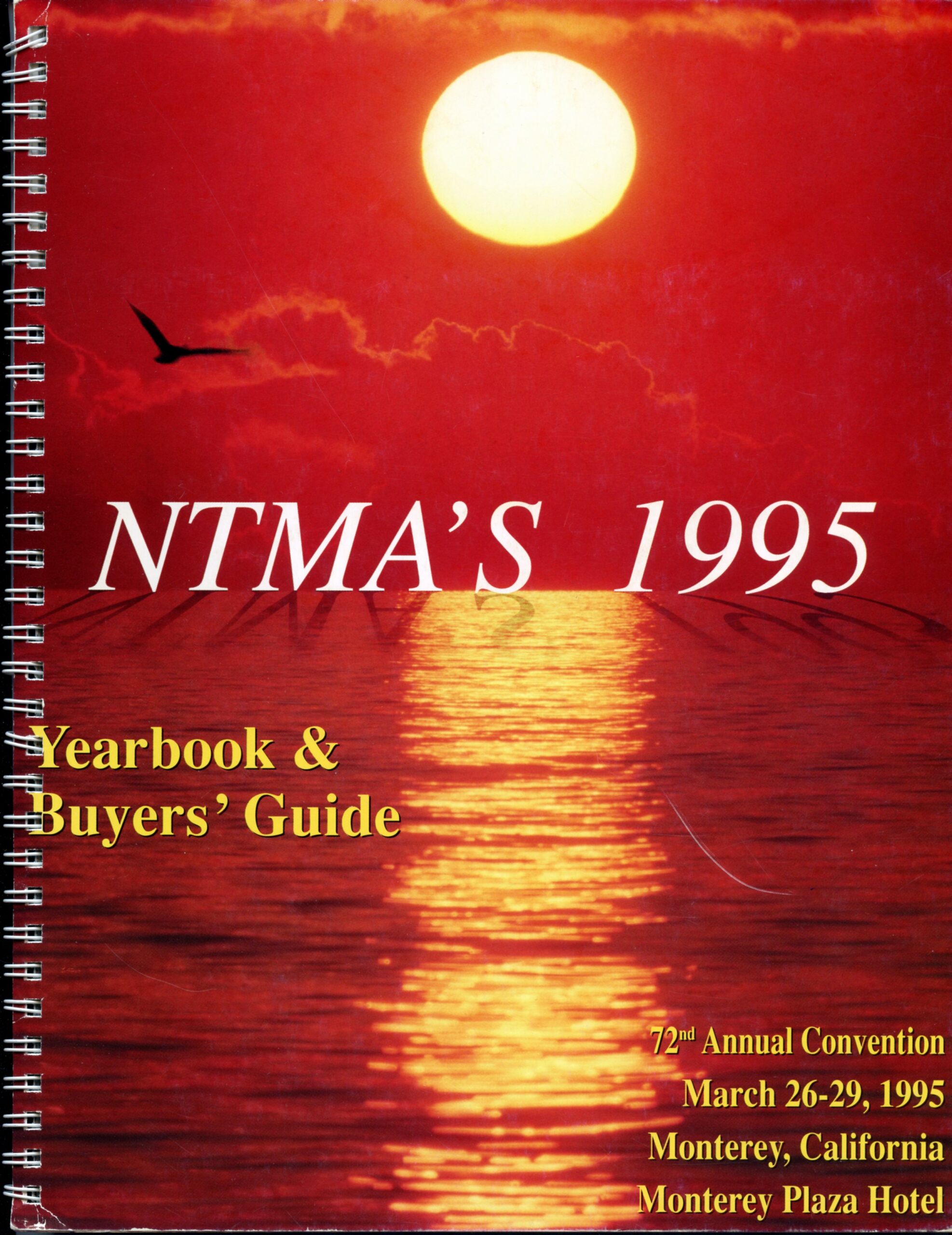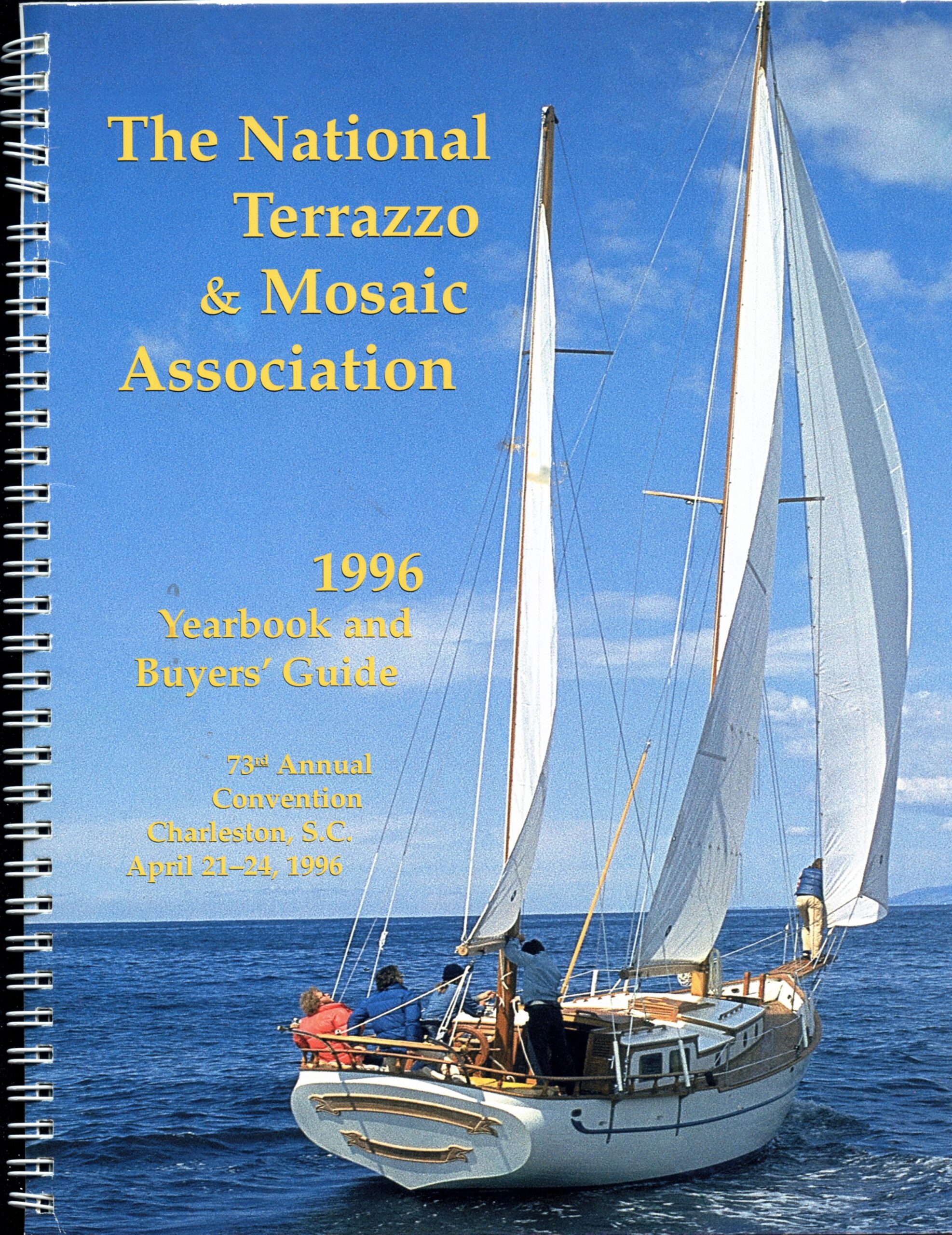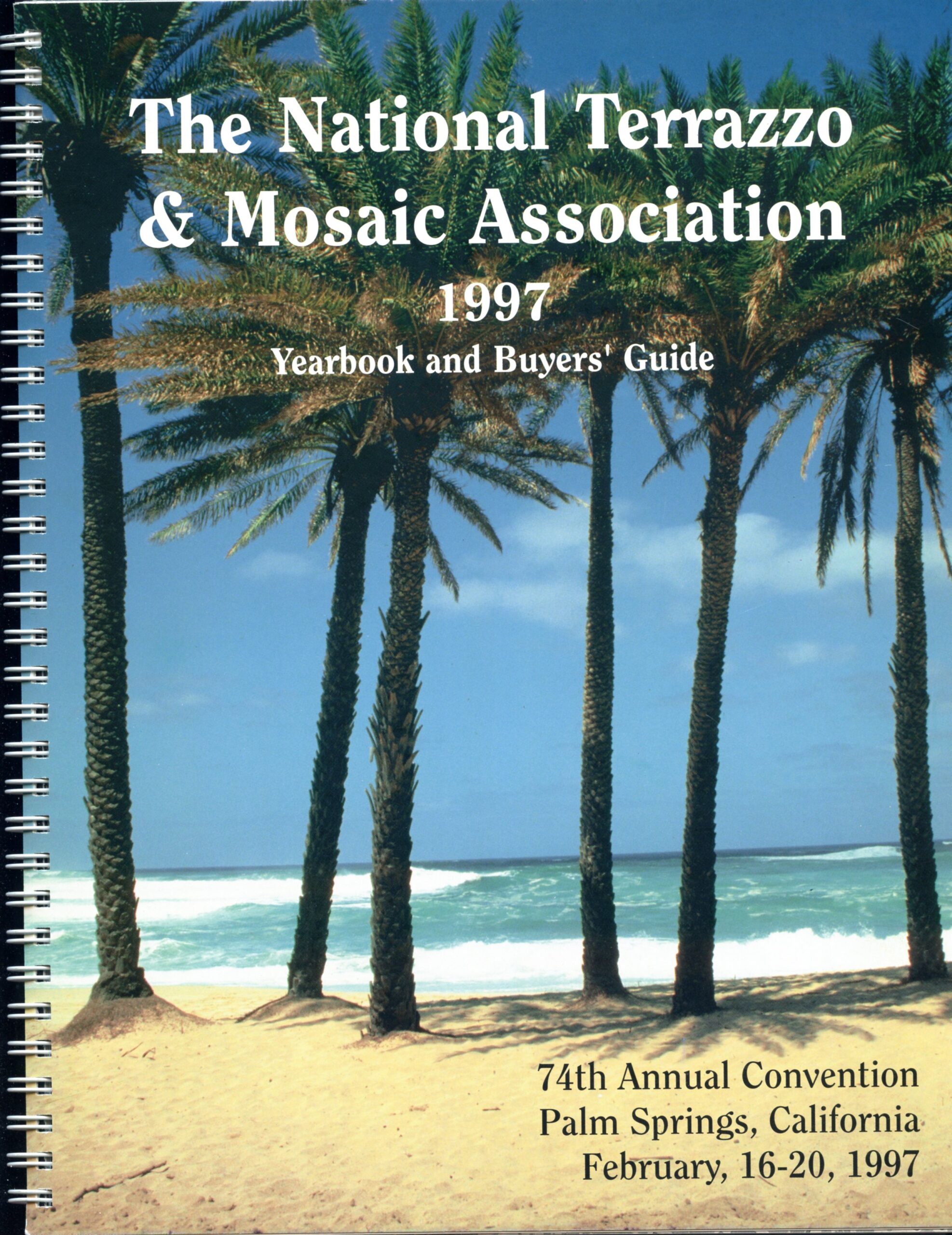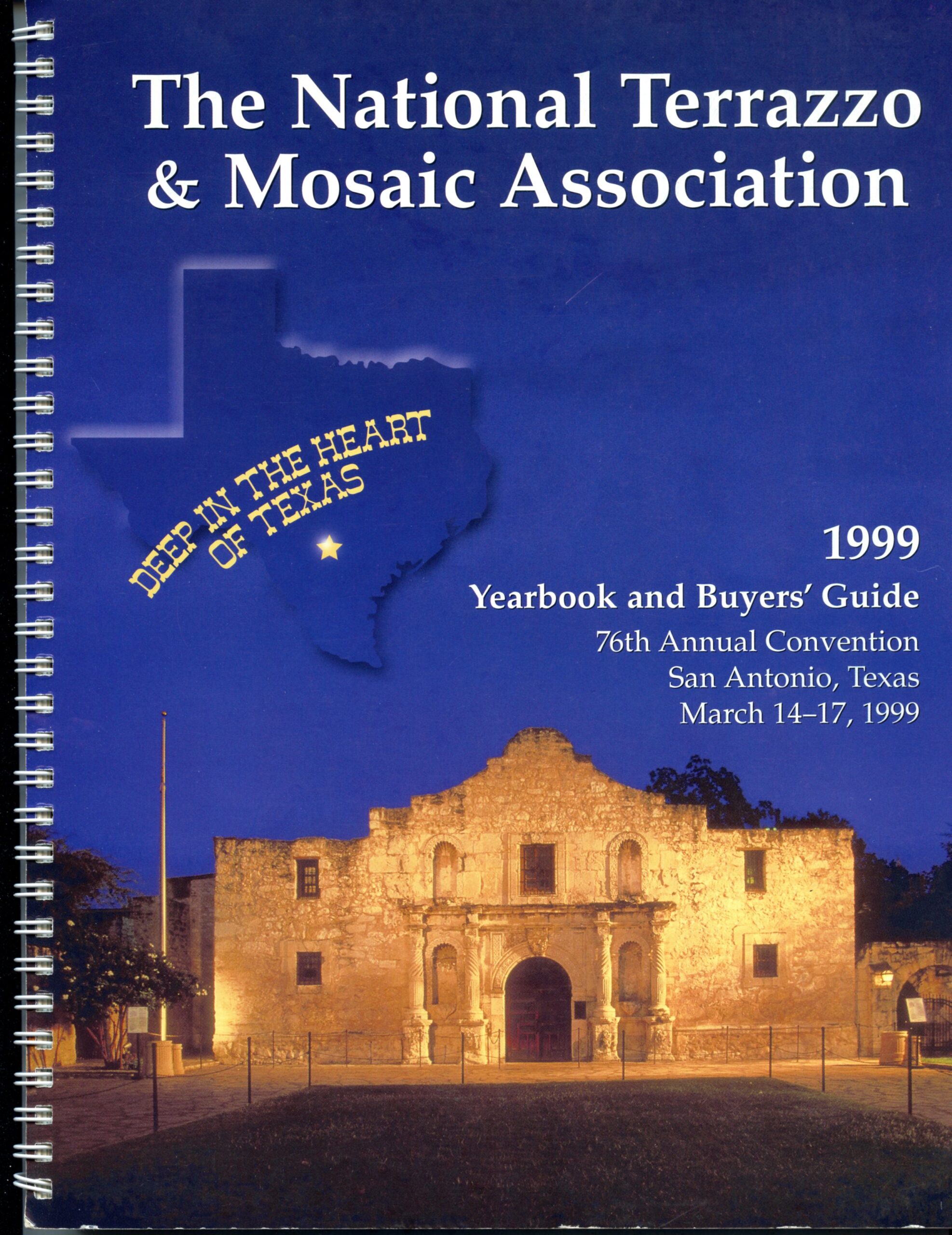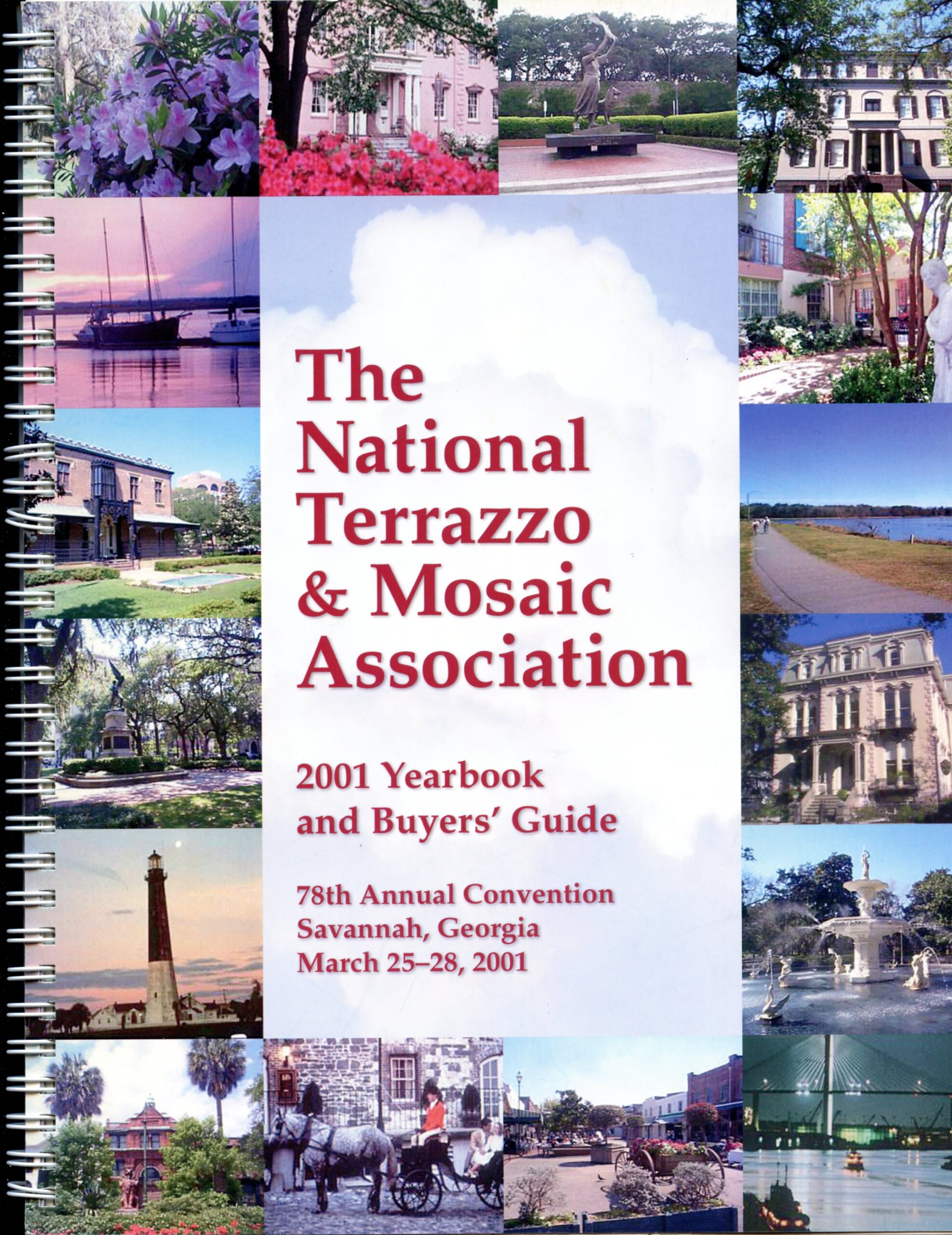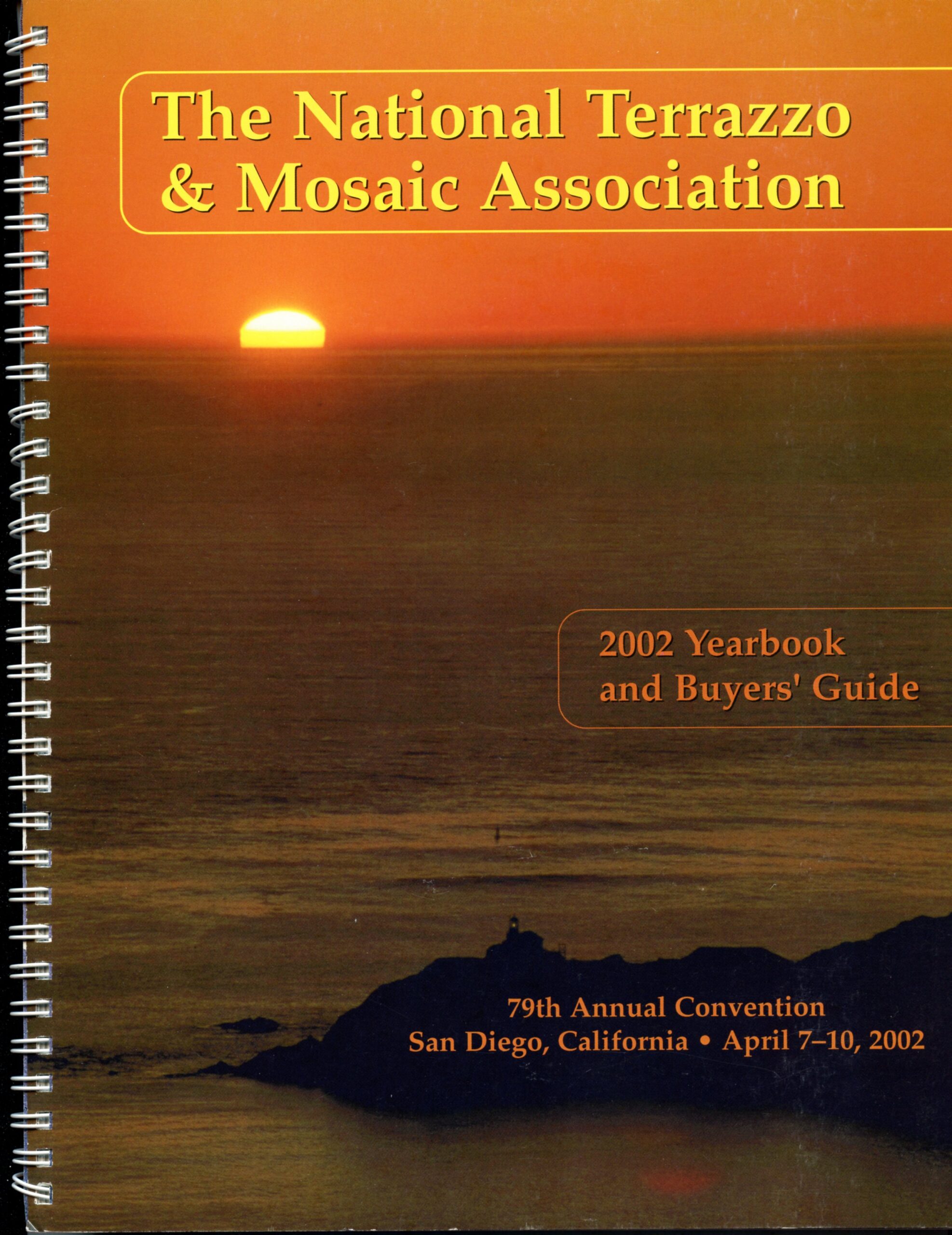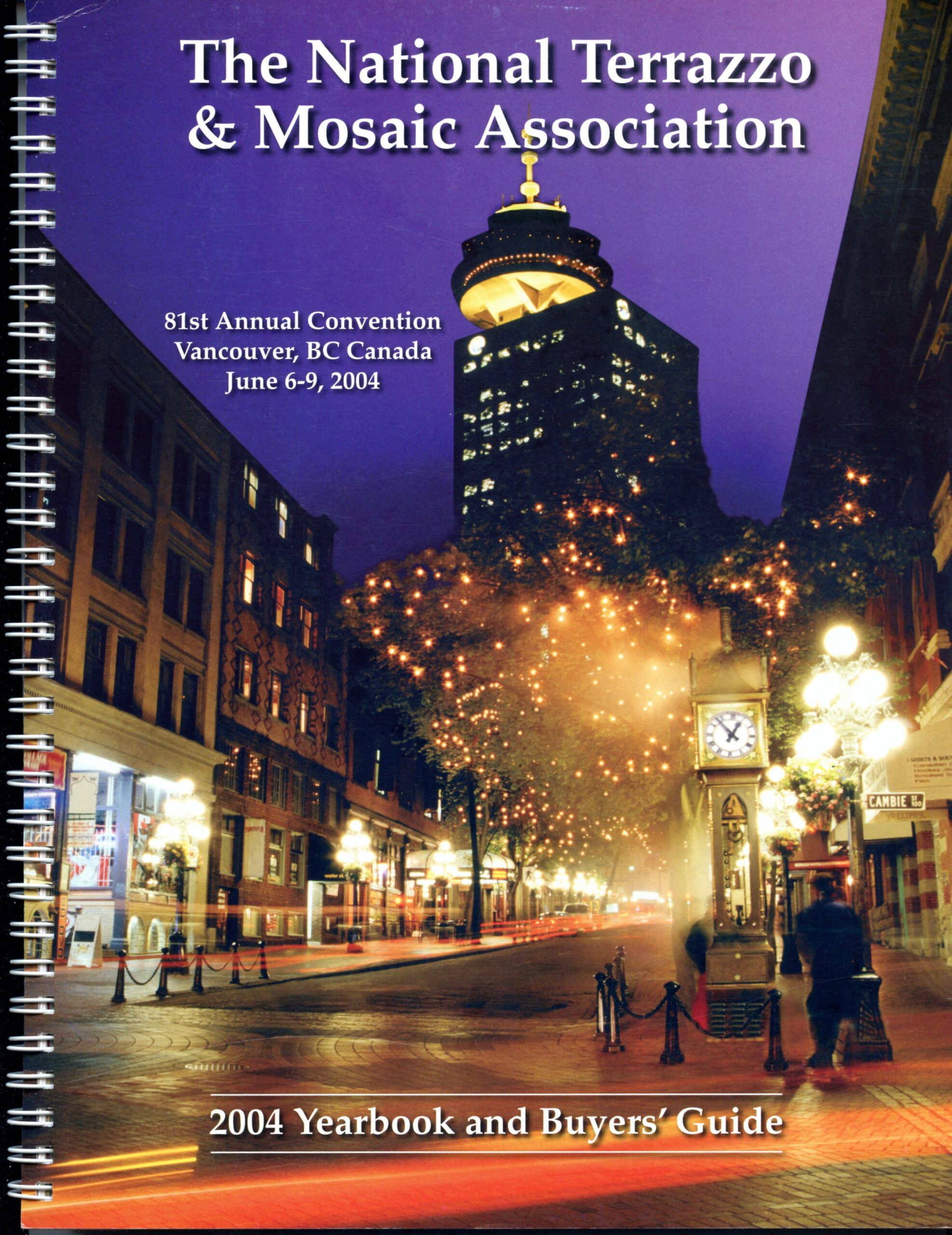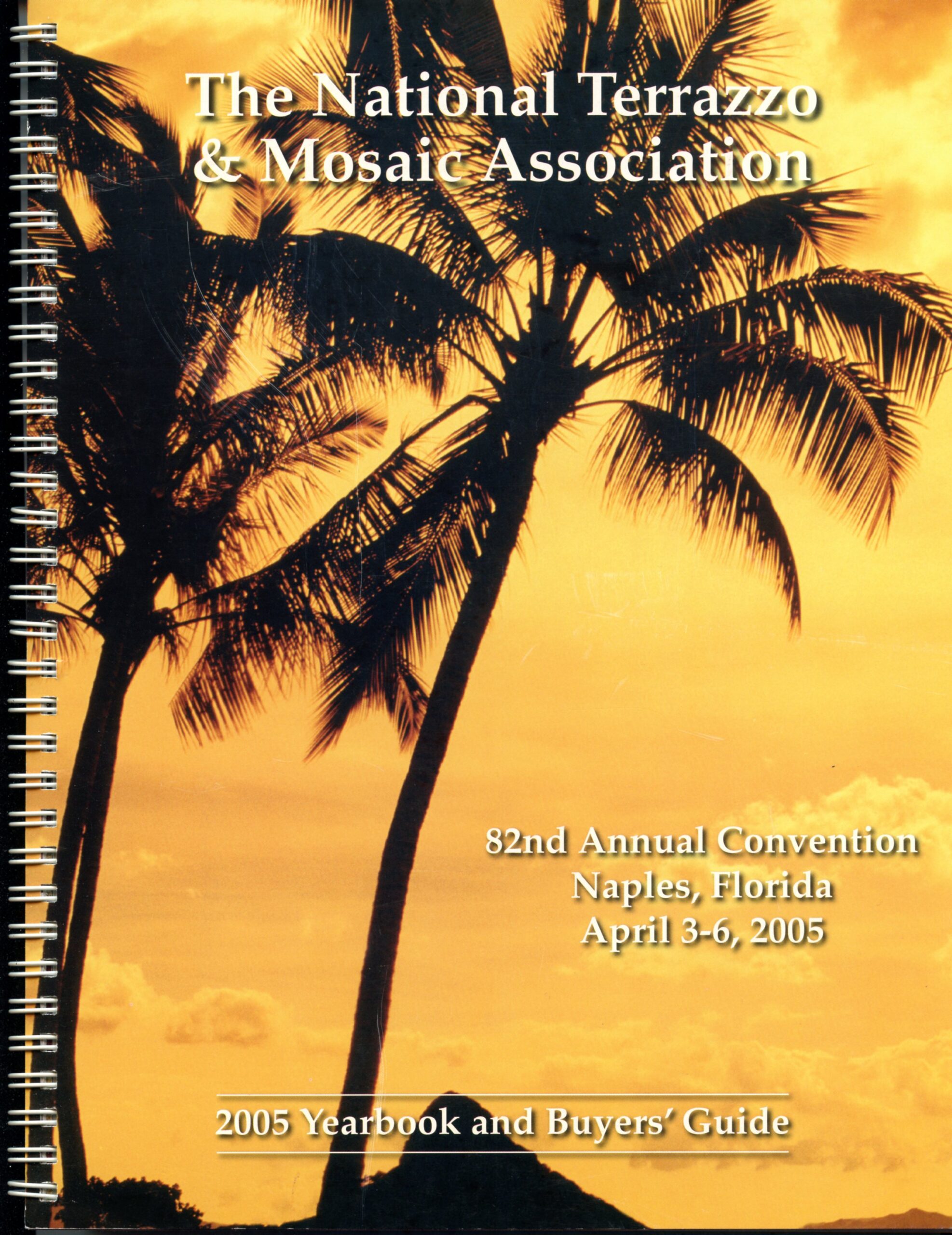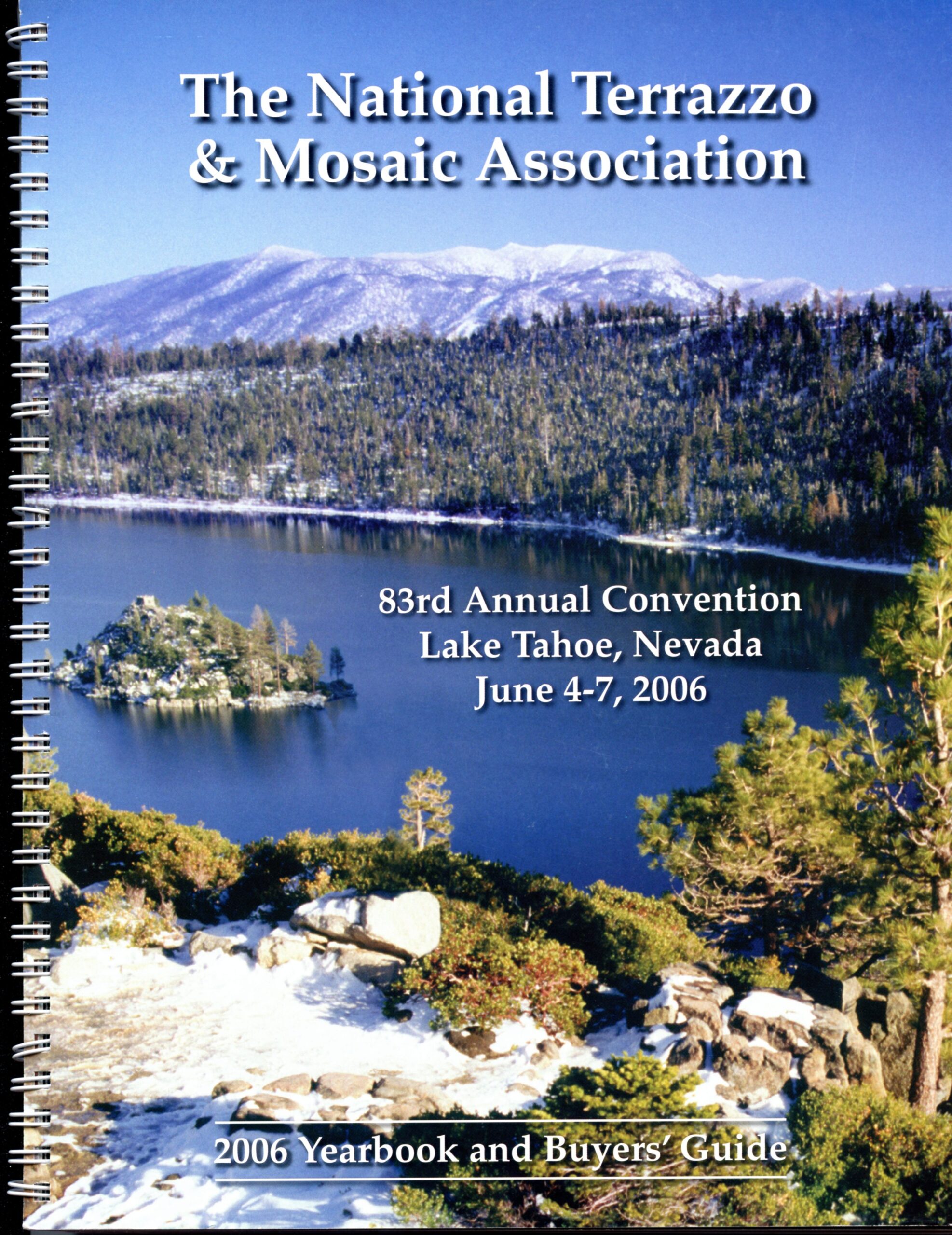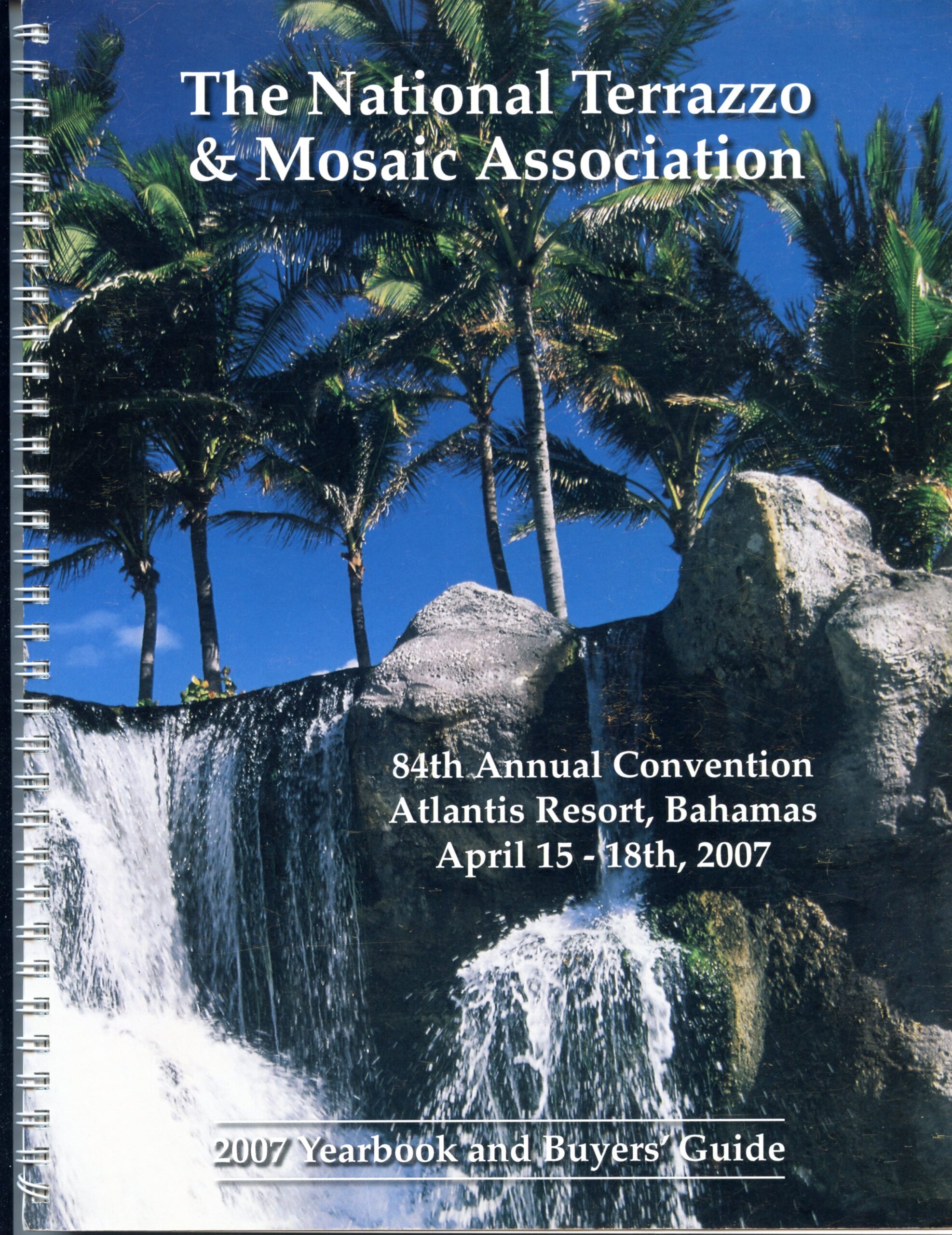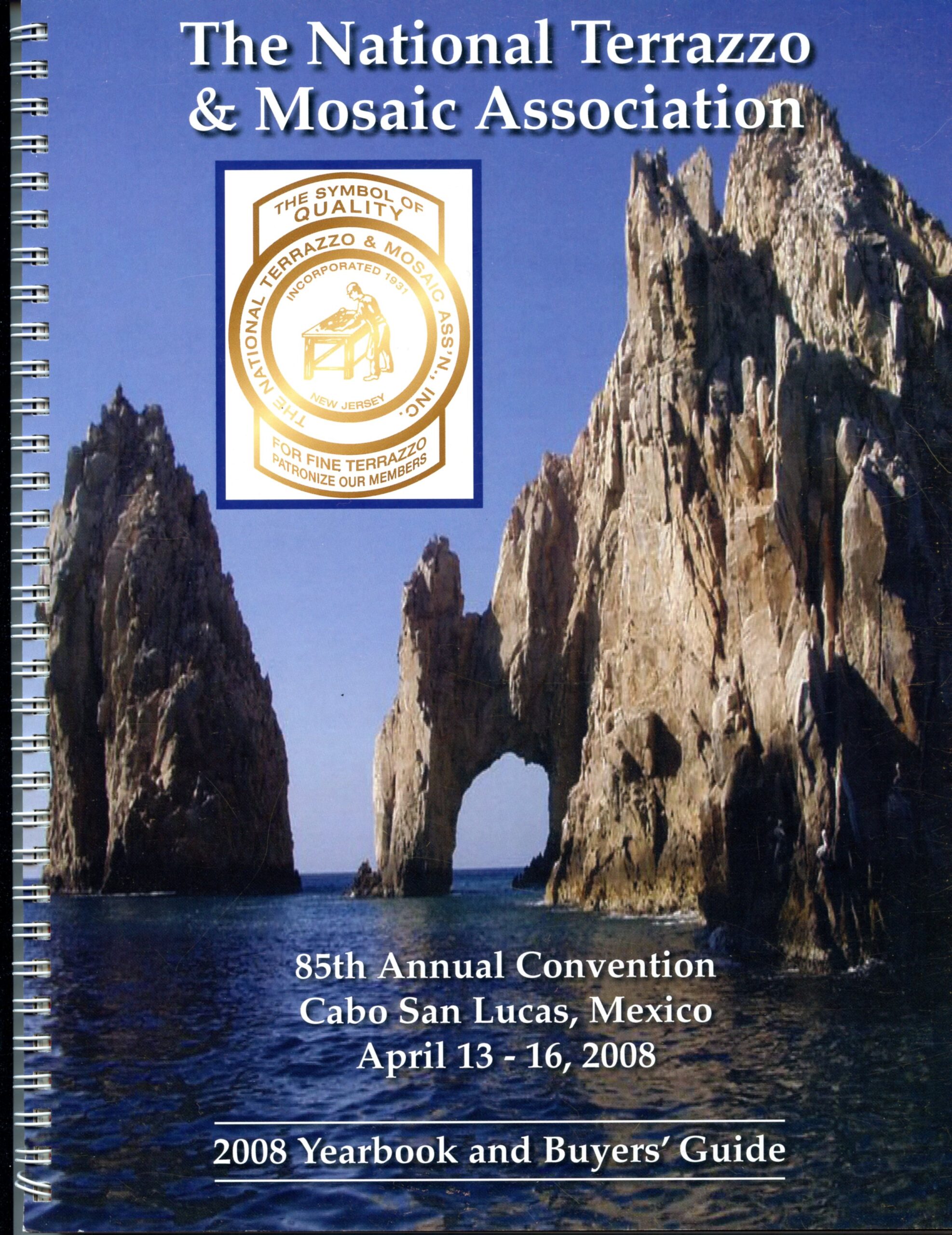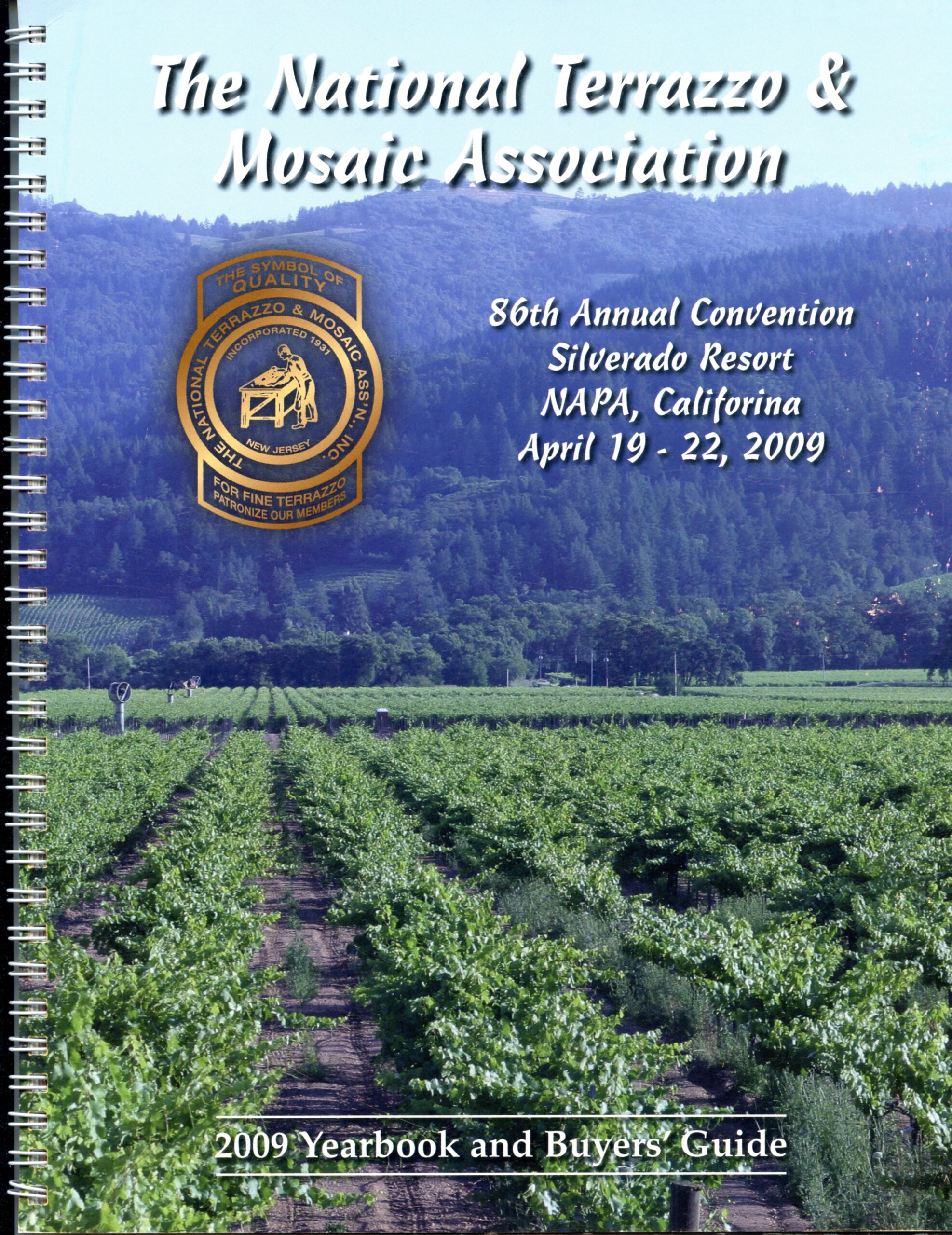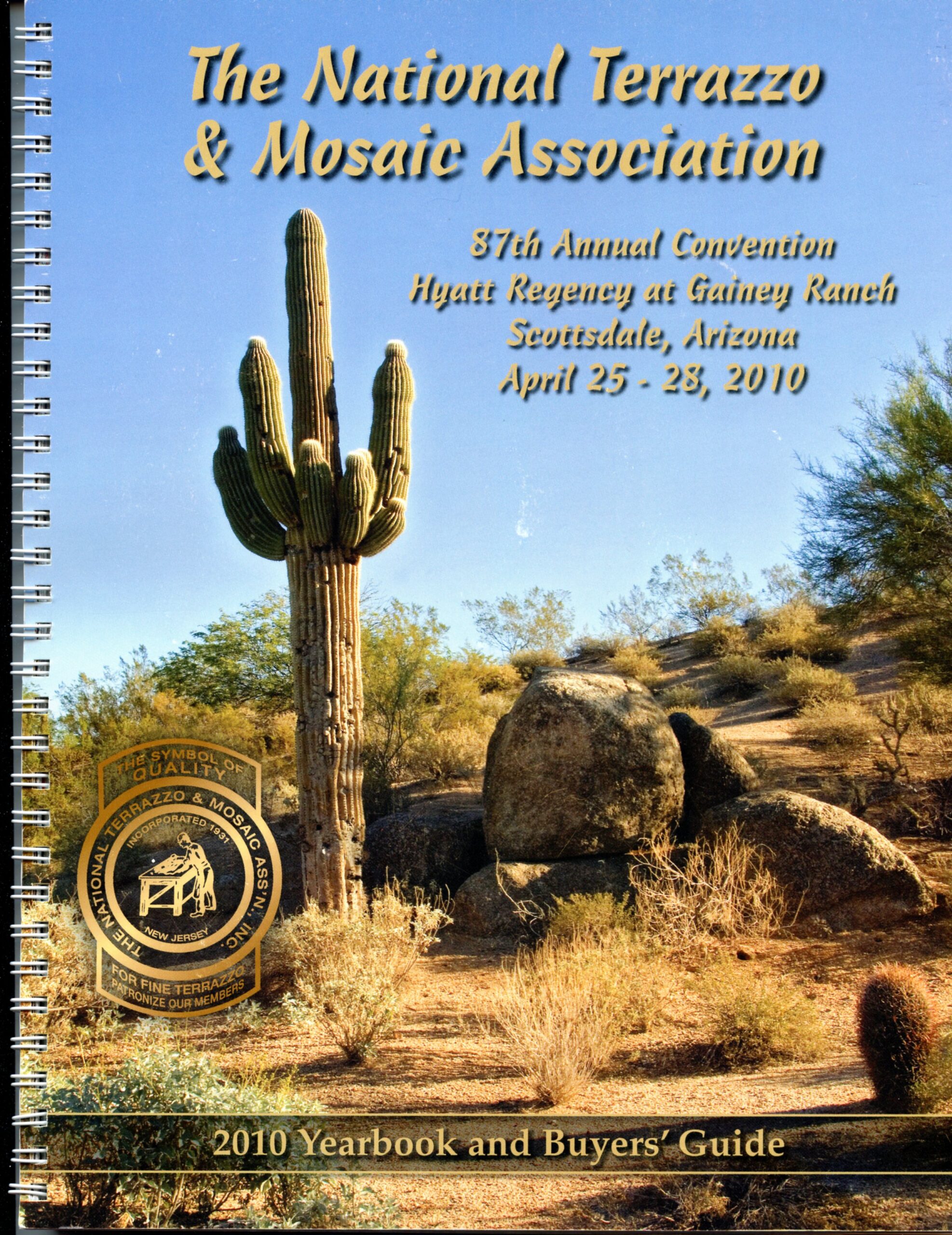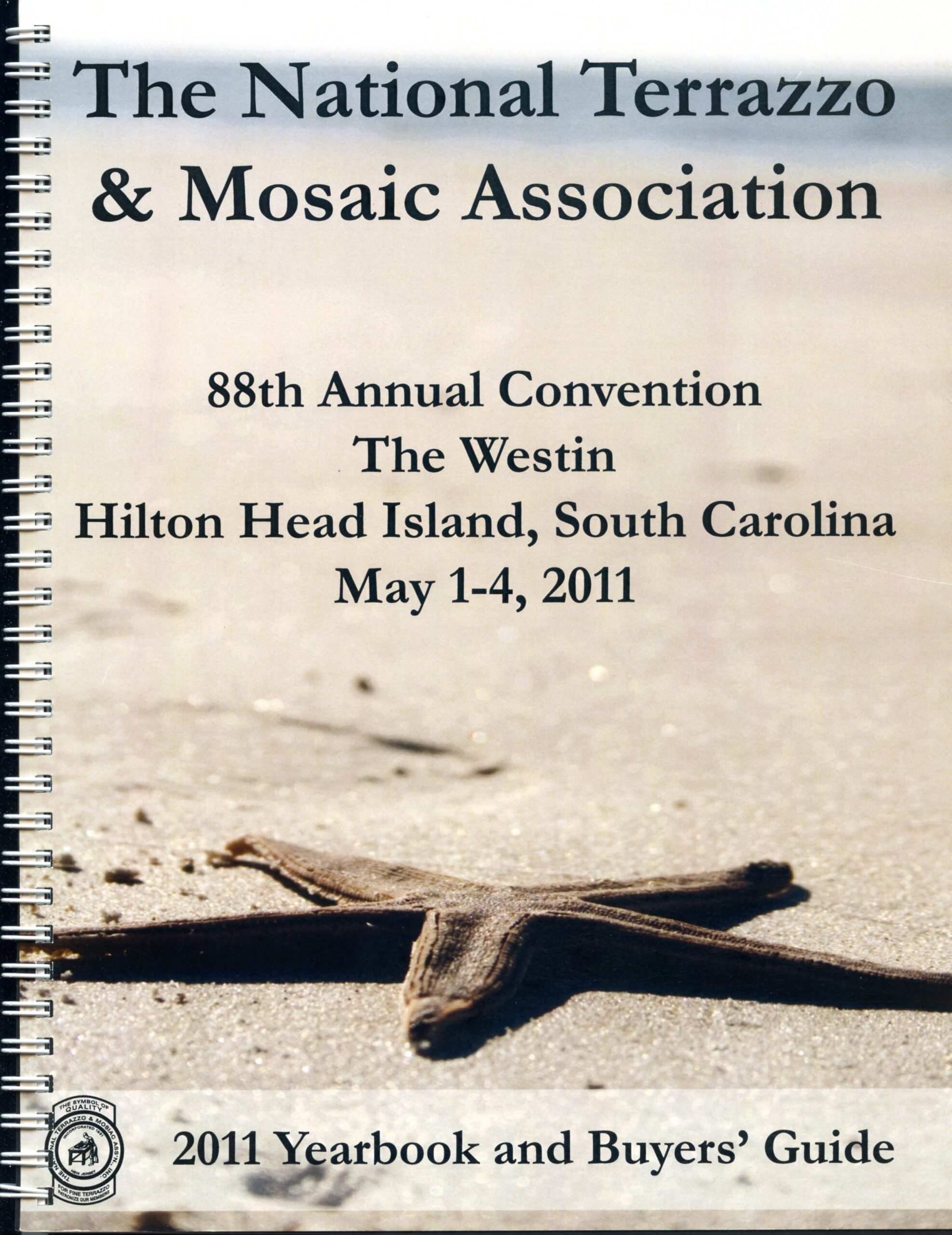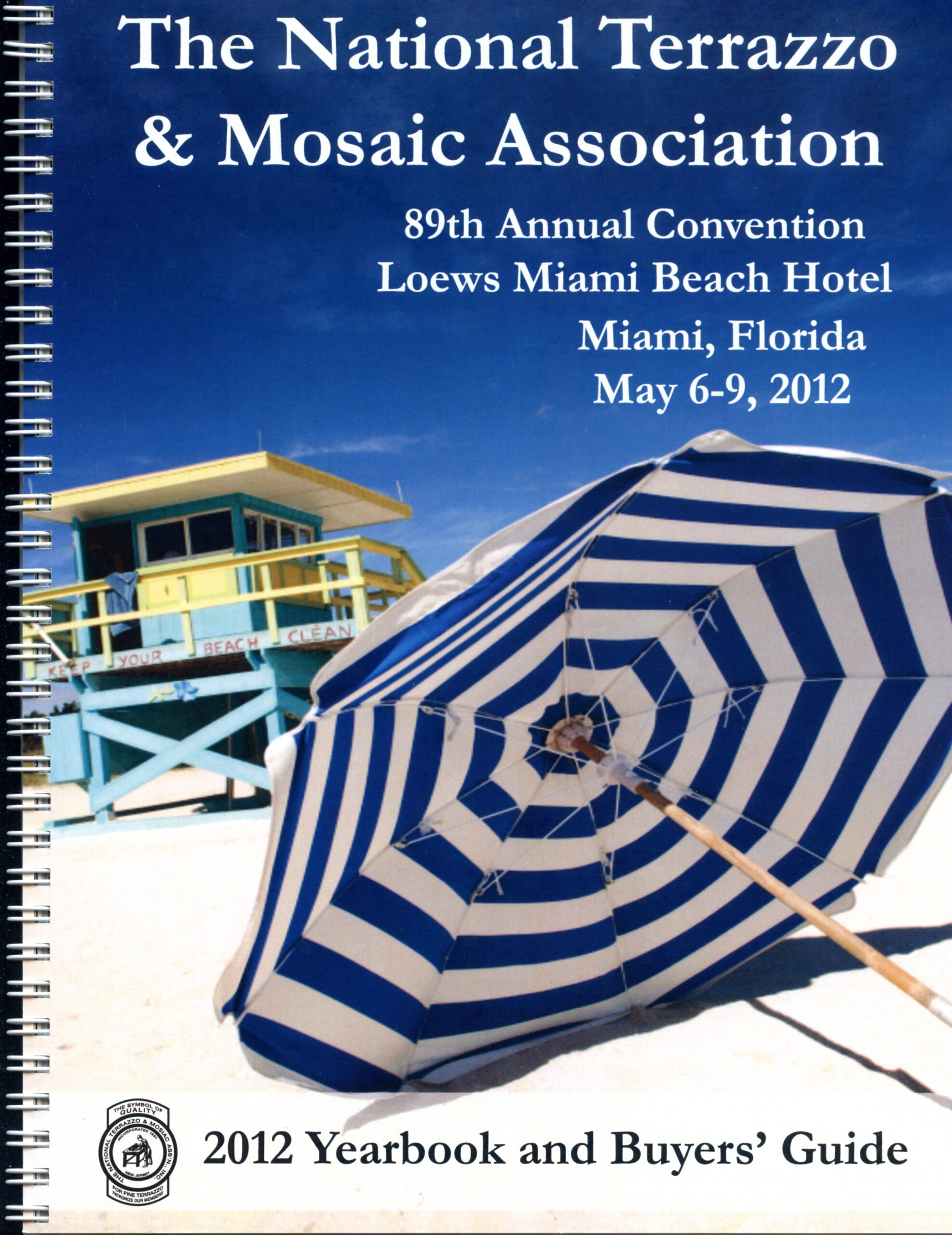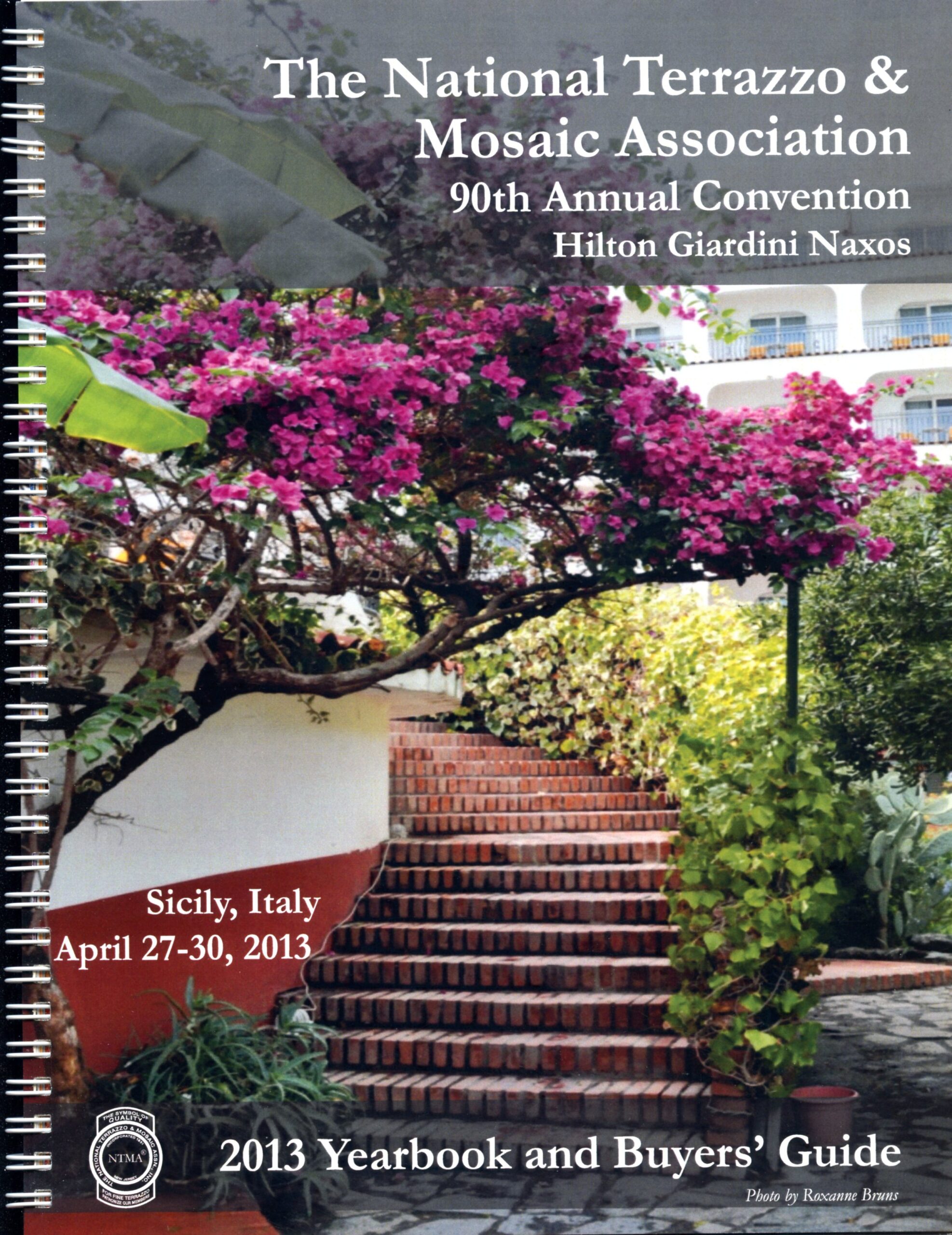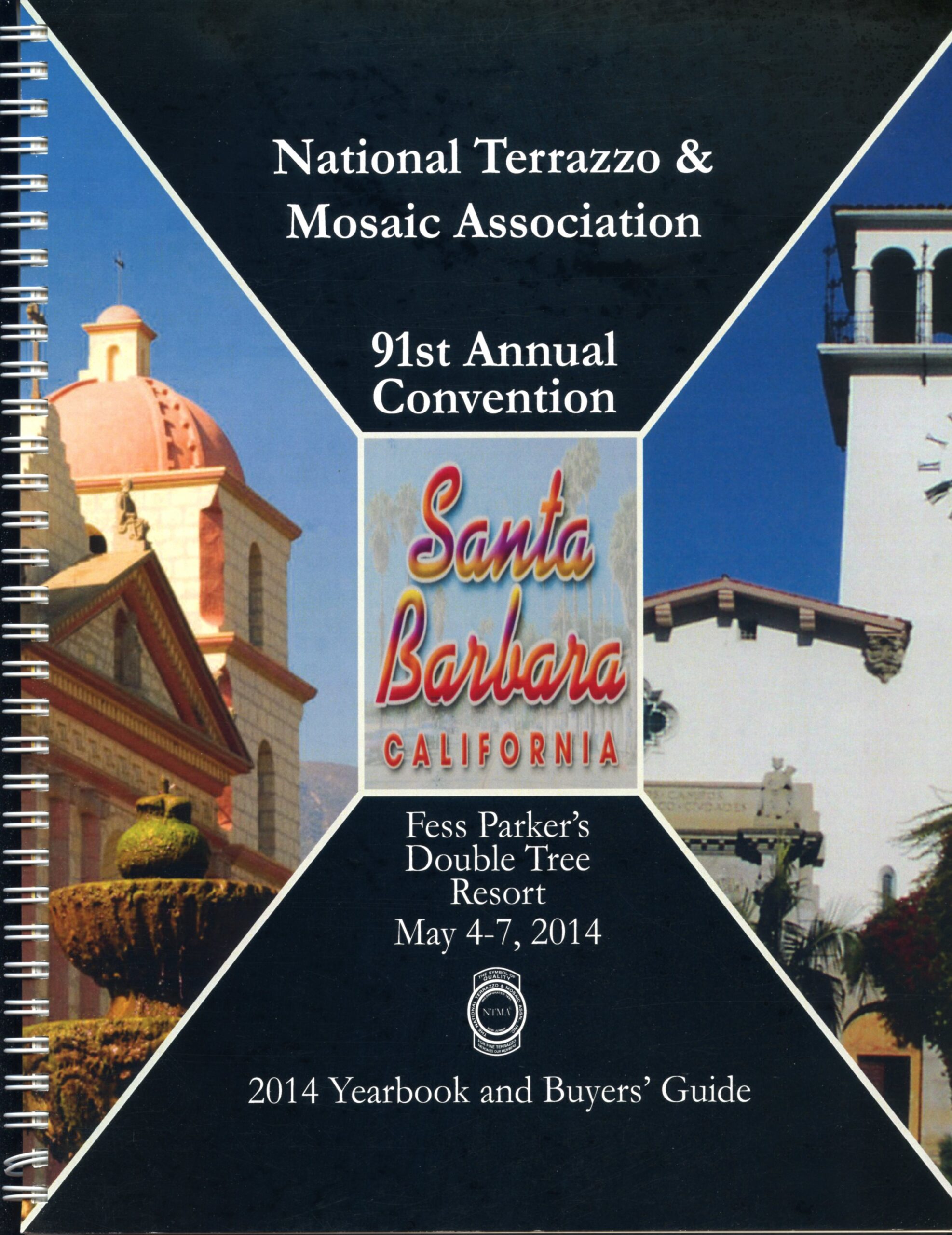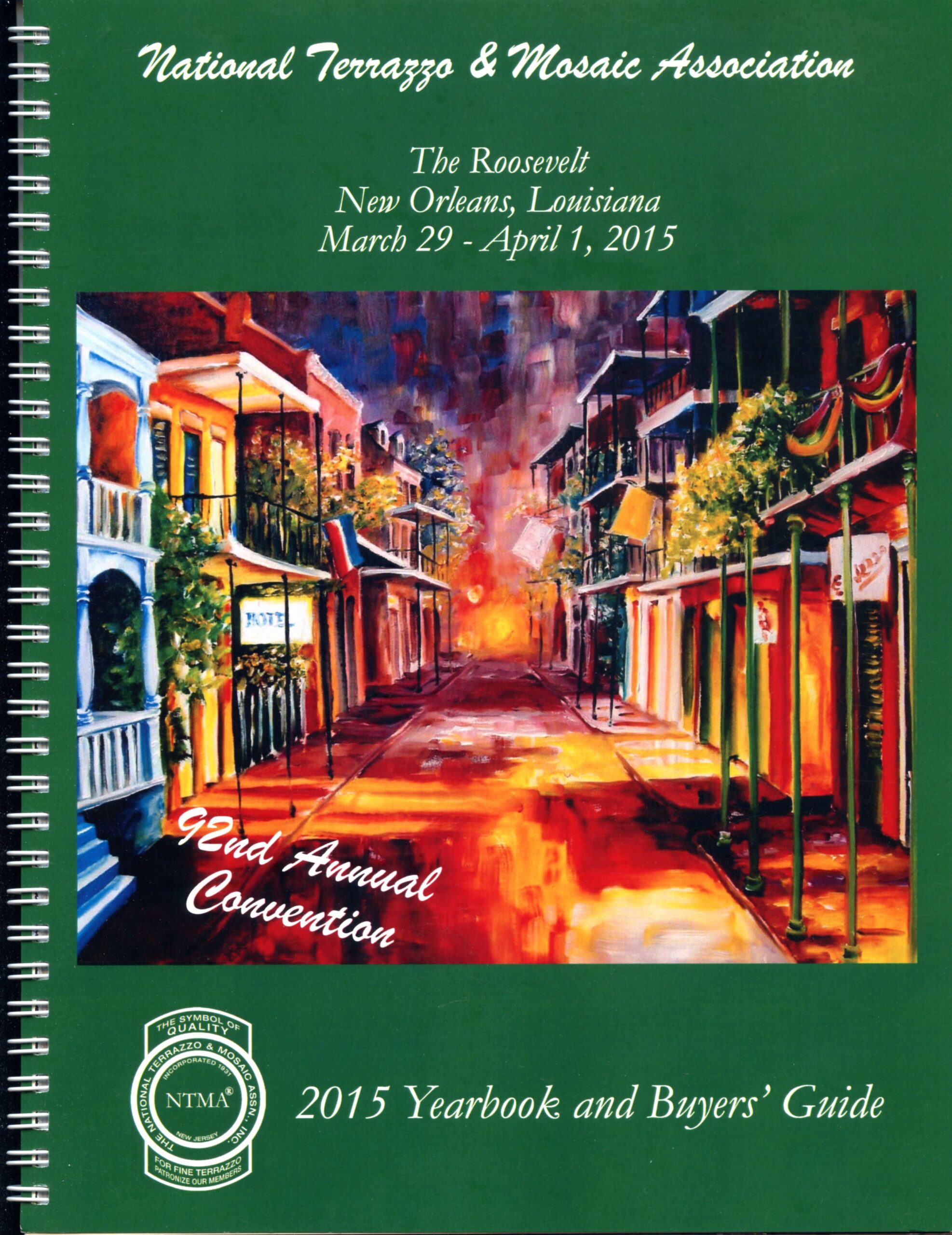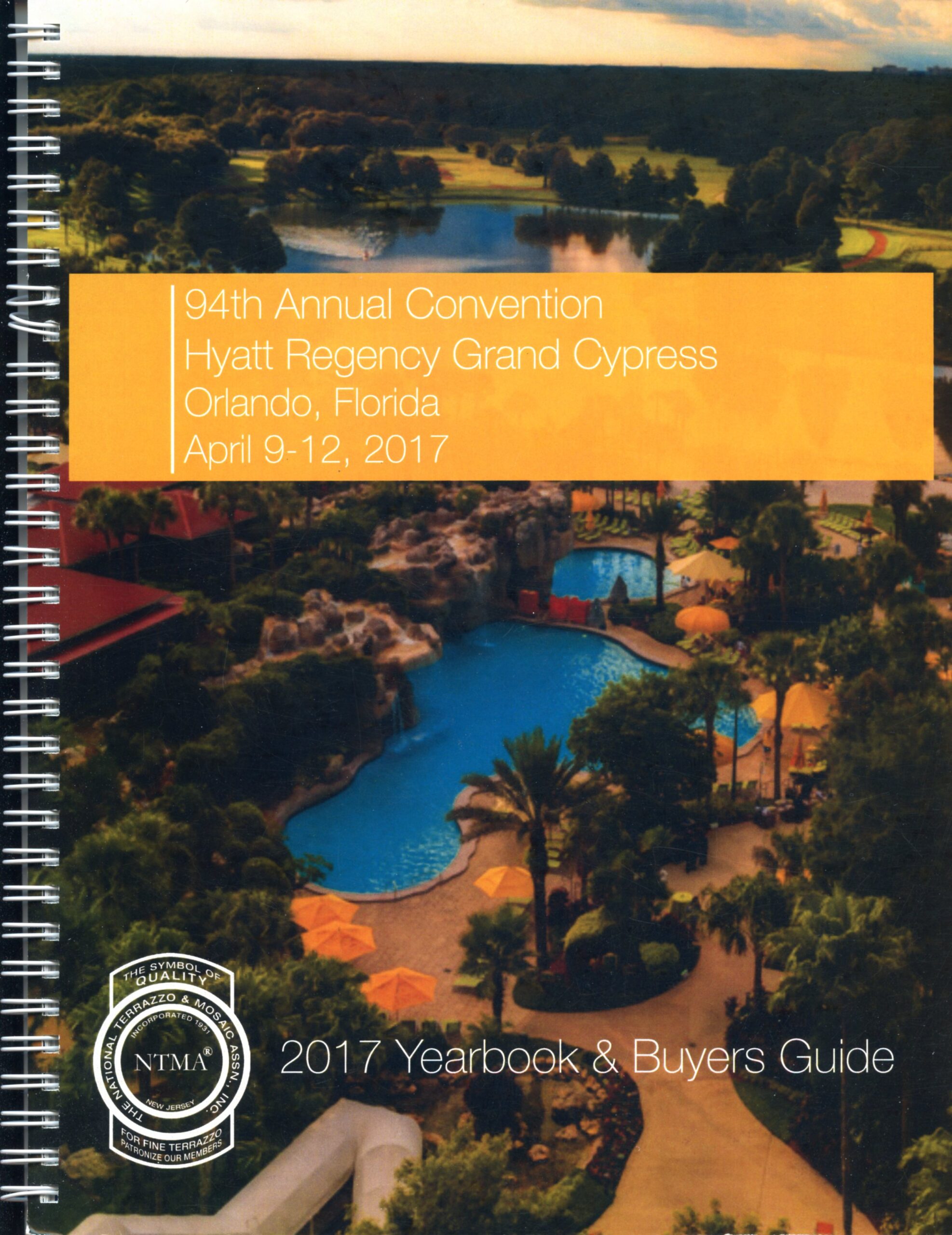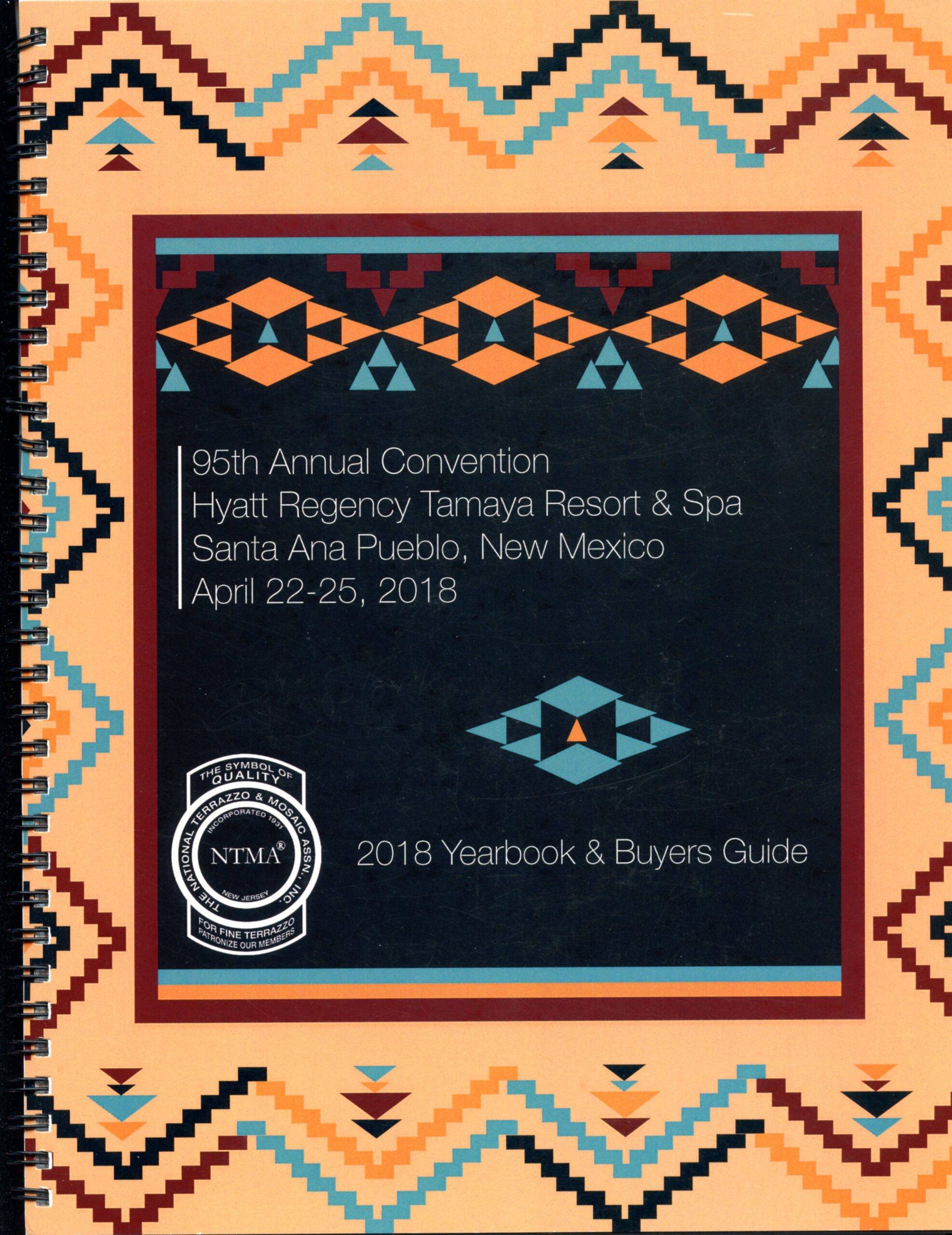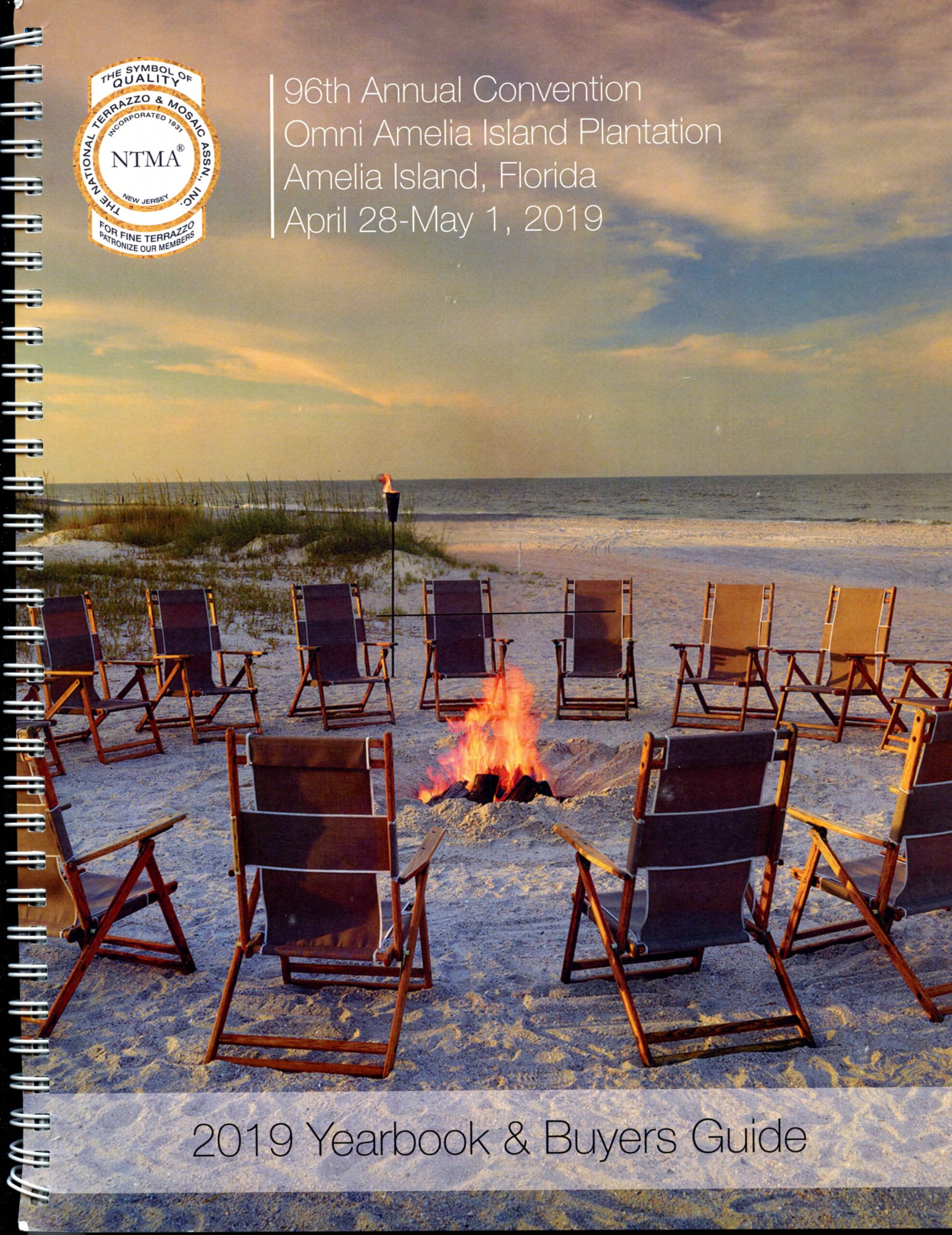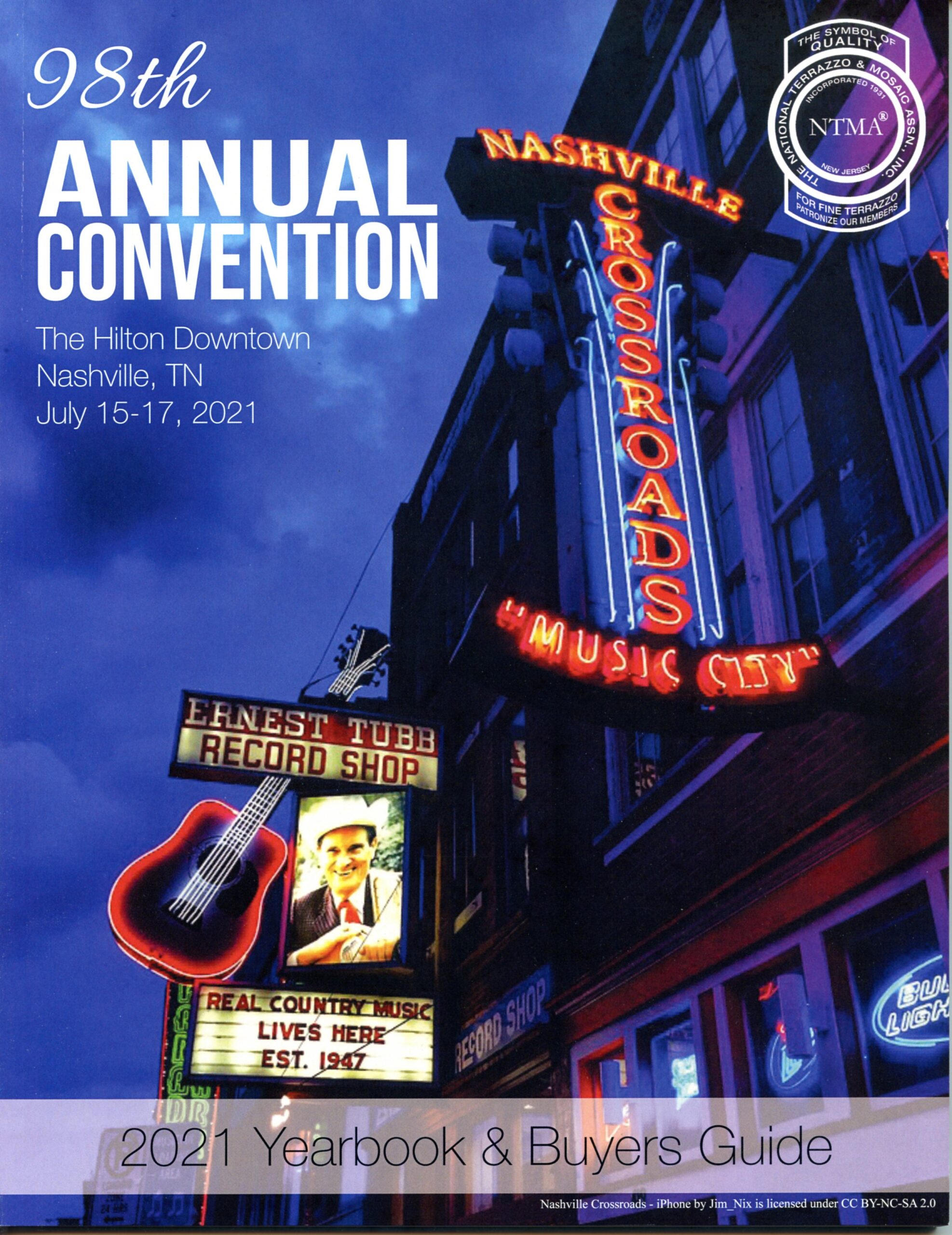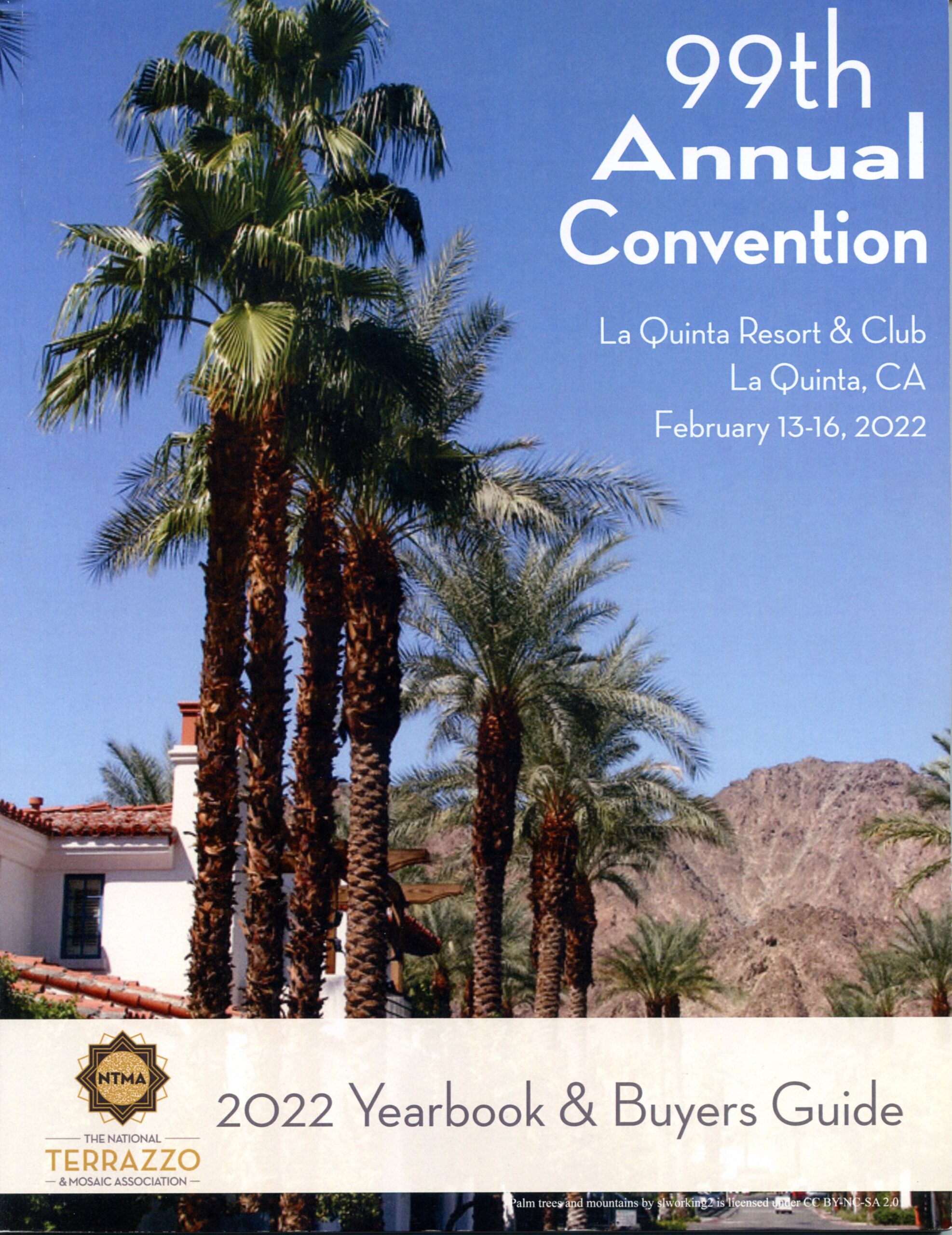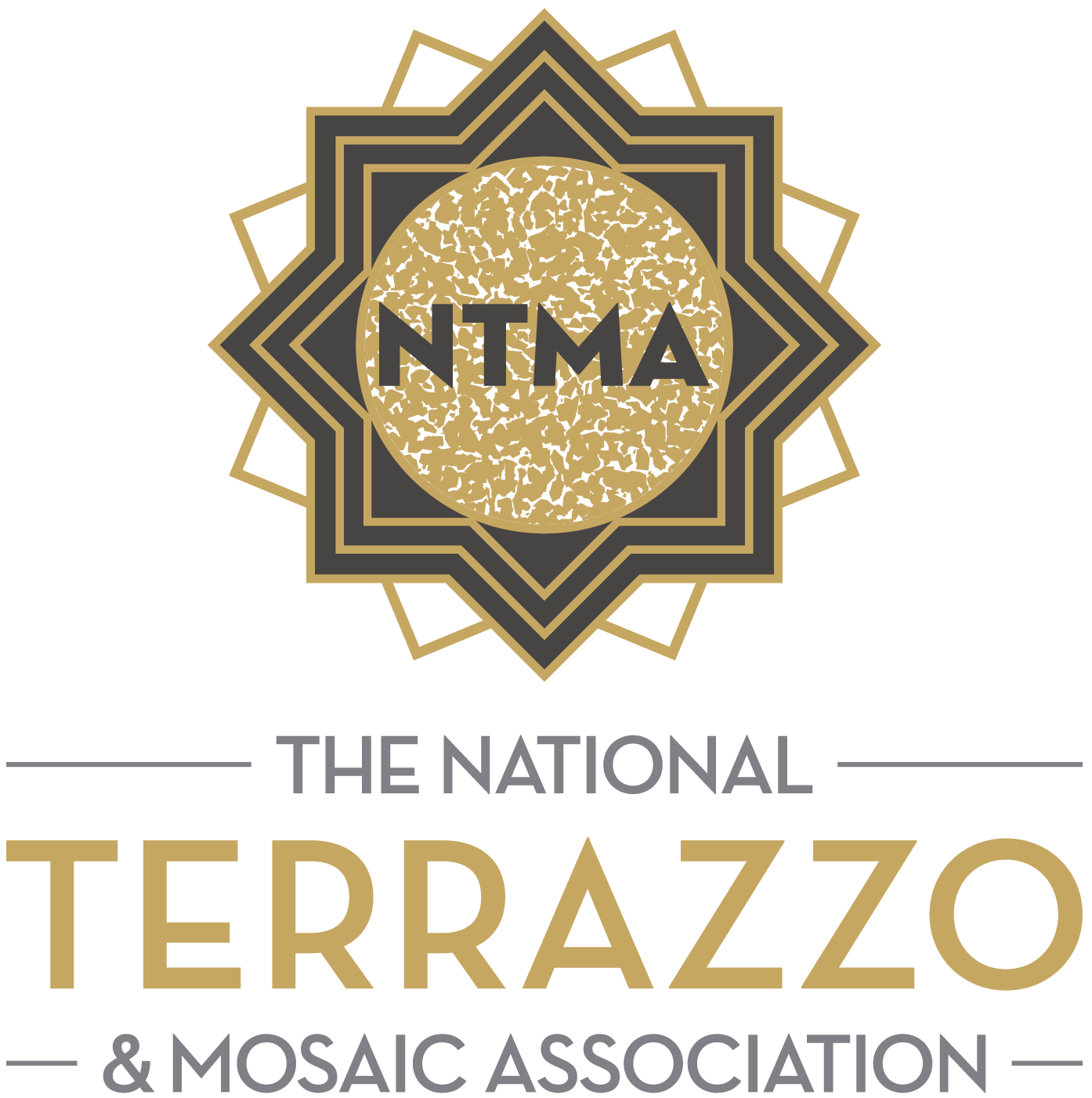The National Terrazzo and Mosaic Association has a rich history. Scroll the timeline below to see how NTMA has evolved over the years.
1500’s
1500’s
Friuli region in Italy-the beginning of the “modern” terrazzo era. Terrazzo was created when resourceful Venetian mosaic workers discovered a way to reuse marble remnants; with off-size chips, they began to build terraces around their living quarters.
Techniques for leveling these surfaces progressed from rubbing with a stone by hand, to the development of a long-handled, weighted grinding stone, called a galera.
The first sealer for terrazzo was discovered when workers noticed that a coating of goat milk brought out the rich colors and sheen of the marble.
1800’s
1875
The first Italian mosaic workers came to the United States around 1875
1890
By 1890, all the mosaic workers in the US were Italians who picked up their trade in Venice. They came from: Sequals, Toppo, Tauriano (e.g. Trevisan, Bertin, Patrizio, Martina, Cristofoli, De Paoli, Pasquali, Pellarin, Carnera); Fanna, Cavasso Nuovo, Arba, Frisanco (e.g. Filippi, Roman, D’Agnolo, De Marco, Lovisa, Maraldo, Serena, Di Pol, De Spirt, Marus, Andreuzzi, Mion, Franceschina).
1900's
1900
Most of these mosaic and terrazzo workers started businesses of their own:
First in New York, Philadelphia, Boston;
Later in the Midwestern states, in Washington D.C. and San Francisco;
Finally in the states of the South and West.
They became paradigms of self-made businessmen and built a powerful network of firms
1920's
1920’s Yearbook Covers
1920’s
In the early 1920s terrazzo overtook mosaic in popularity and became a popular flooring material for public buildings and apartment buildings.
Huge request for terrazzo workers, instead of mosaic workers.
The introduction of the electric grinding machine around 1919 influenced the spread of terrazzo all over the US.
A great number of Italian terrazzo workers, who had worked in Germany before World War I, reached the US in the 1920s.
Many came from the “old” villages (Sequals, Fanna, Arba, Cavasso Nuovo), but also from other towns in Friuli (Santarossa from Rorai Piccolo, Corradini from Barcis, Magnan from Meduno), and from the rest of Italy (Grazzini and Arrigoni from Tuscany, Zanchettin from Treviso).
1923
National Terrazzo and Mosaic Contractors Association formed in Chicago, Illinois by Gus Cassini of Rock Island, Illinois. The name changes to The National Terrazzo and Mosaic Association in 1929, when the group first allows supplier members.
29 terrazzo / mosaic companies
1924
The first annual NTMA convention is held February 23-25 at the La Salle hotel in Chicago with 25 contractor members.
1926
In 1926, 40 of the 60 NTMA firms were owned by Italians; in 1938 of the 93 companies approximately 60 belonged to Italians or Italian-Americans. In same cases they also had family ties. “Our Association is an 80 percent Italian organization” (NTMA President Antonio Tramontin, 1930 Washington Convention)
60 terrazzo / mosaic companies
1928
1929
105 terrazzo / mosaic companies
1930's
1930’s Yearbook Covers
1920’s and 1930’s
Between the 1920’s and 1930’s, Americans recognized the contribution of terrazzo and mosaic companies to US architecture and the building sector.
Terrazzo and mosaic companies were expanding an artisanal craft whose roots dated back to 16th century Venice.
“I have recognized the fact the art in which you are interested has a wonderful history, that it includes the efforts of well known leading artists, particularly the mosaic end of it, and I realize that in some of our most beautiful office buildings you have added the charm of terrazzo work…So that your art, in going back to the days of the ancients and carried forward throughout the modern times, is one which you can very well indeed feel proud of” (Detroit Councilman, 1929)
1931
Marriage of Linda Pellarin, daughter of John Pellarin from the Pellarin & Co. of St. Louis, and August Cozzi, son of Pete Cozzi from the Tulsa Terrazzo Mosaic Co. of Tulsa, 1931
1932
“Although a member of the Terrazzo Association, I must admit that I am not a terrazzo man. At that, I don’t see how I can be blamed if my ancestors do not hail from Cavasso Nuovo, Fanna or Sequals in Northern Italy.”
(Architect A. Reed Wilson, The Art of Mosaics and Terrazzo, 1931)
1938
1940's
1940’s Yearbook Covers
1940’s
During World War II, NTMA membership dropped. Nevertheless, terrazzo was still widely used in war factories, and on Army and Navy bases In the early 1940s, 6,500,000 sq. ft. of terrazzo was installed in the Pentagon by Roman Mosaic & Tile Co. from Philadelphia, and by Columbia Mosaic & Tile Co. from Maryland
- Strong growth of the terrazzo industry after the end of W. W. II
- Labor shortage problem for both mechanics and helpers
- NTMA officials suggested that terrazzo companies import labor force from Italy, looking for “the people who have terrazzo in their blood”
1945
Huge increase in NTMA membership after the end of the war.
116 terrazzo / mosaic companies
1946
Universal Atlas
1947
200 terrazzo / mosaic companies
In 1947, however, there were 150 other terrazzo and mosaic companies operating throughout the US who did not belong to the NTMA
1948
Advance Grinders
1950's
1950’s Yearbook Covers
1951
Advance Grinders
1953
1959
CIBA Epoxy, Willingham
1960's
1960’s Yearbook Covers
1962
According to 1962 NTMA membership list:
- Terrazzo companies spread across the country, finally setting up shop in Southern states (36 firms in Florida, 22 in California, 19 in Texas);
- For many firms that were established in the 1920s and 1930s, the second generation began to take control;
- Most of the NTMA terrazzo companies also did tile work.
1963
The National Terrazzo & Mosaic Association, Inc.
1964
American Terrazzo Strip
1965
Universal Atlas Map
1966
1966 NTMA Convention in New Orleans
1968
Terrazzo Promotion Advertisement, Atlas White
1969
Monile Roman, Terrazzo
1970's
1970’s Yearbook Covers
1971
1971 NTMA Convention in Indianapolis
1974
Shoes
1975
Terrazzo
1976
Universal Atlas
1979
Atlas Lion
1980's
1980’s Yearbook Covers
1981
Cactus Canyon
